Tom's Hardware Verdict
The Fractal Design Ion Gold 850W is on the cheaper end, uses a modern platform and has functional protection features, but its overall performance is not as high as in competing offerings.
Pros
- +
+ Full power at 47 degrees Celsius
- +
+ Good price given its specs
- +
+ Quiet enough operation
- +
+ Good ripple suppression
- +
+ Properly tuned protection features
- +
+ Alternative sleep mode support
- +
+ High PF readings
- +
+ Compatible with the alternative sleep mode
- +
+ Adequate distance between peripheral connectors
- +
+ Fully modular with 2x EPS and 6x PCIe connectors
Cons
- -
Mediocre transient response
- -
No tight load regulation
- -
Lower than 17ms hold-up time
- -
Low efficiency with light loads
- -
Not efficient 5VSB rail
- -
Increased EMI emissions below 1 MHz
Why you can trust Tom's Hardware
Although the Fractal Design Ion Gold 850W uses a modern platform provided by High Power, its overall performance cannot go toe-to-toe with most offerings in this category. Nonetheless, this product's real strength is value, offering a high performance per price ratio. The best PSUs, like the new Corsair RM850x, the Seasonic GX-850 and the XPG Core Reactor 850, offer notably higher performance levels, but also cost notably more than the Fractal Design Ion Gold 850W. Moreover, the Fractal Design Ion Gold 850W still comes with a functional set of protection features, which is vital for power supplies.
The fresh Ion Gold line, by Fractal Design, comes in four flavors, with capacities ranging from 550W to 850W. These products are more affordable versions of Fractal Design's Ion+ Platinum models, with both lines being manufactured by High Power. They use the same platform with some component changes. This review will take a detailed look at the strongest member of the Ion Gold family, which also features a fully modular cable design in addition to its 850W capacity.
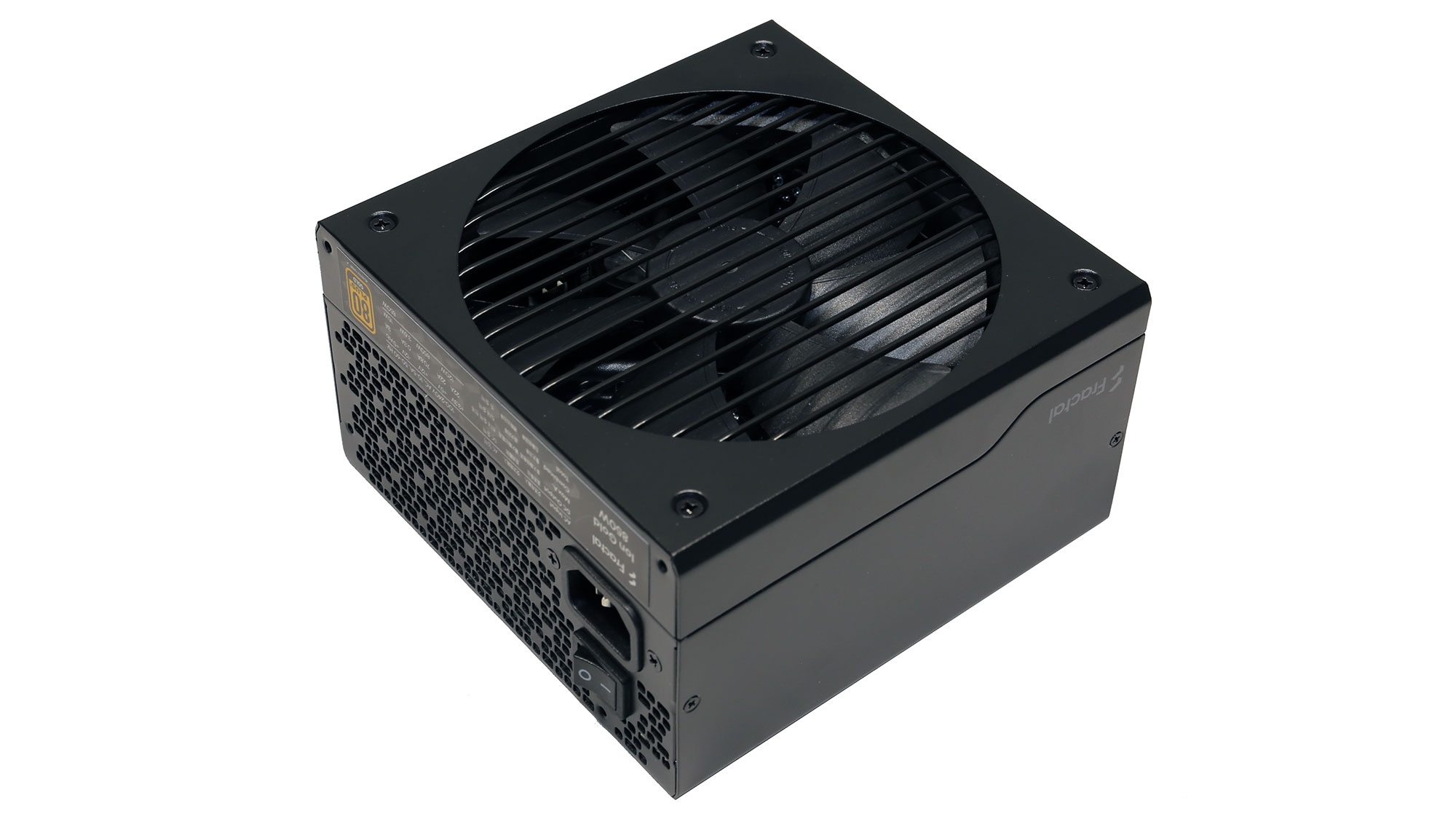
Product Photos
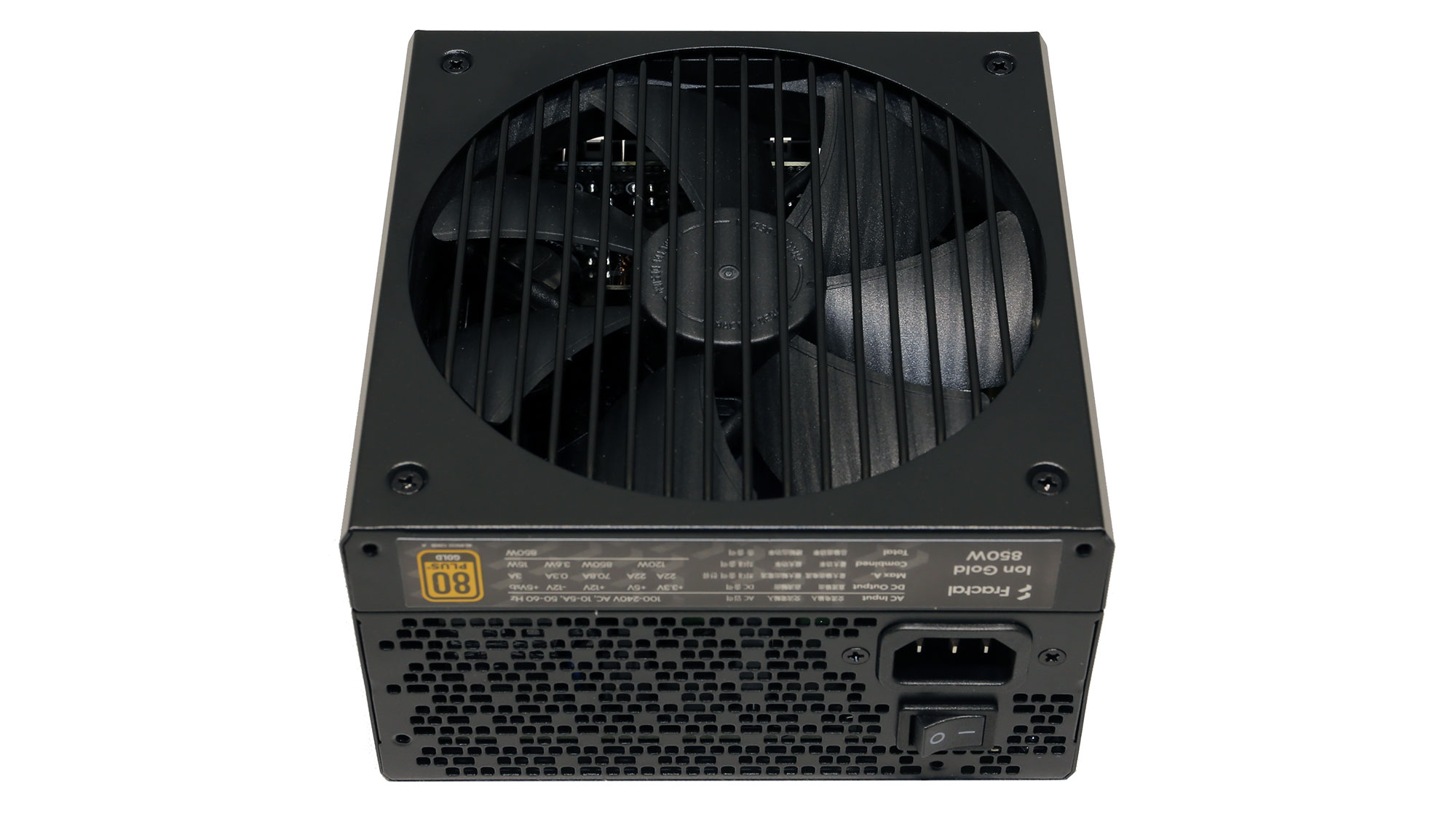
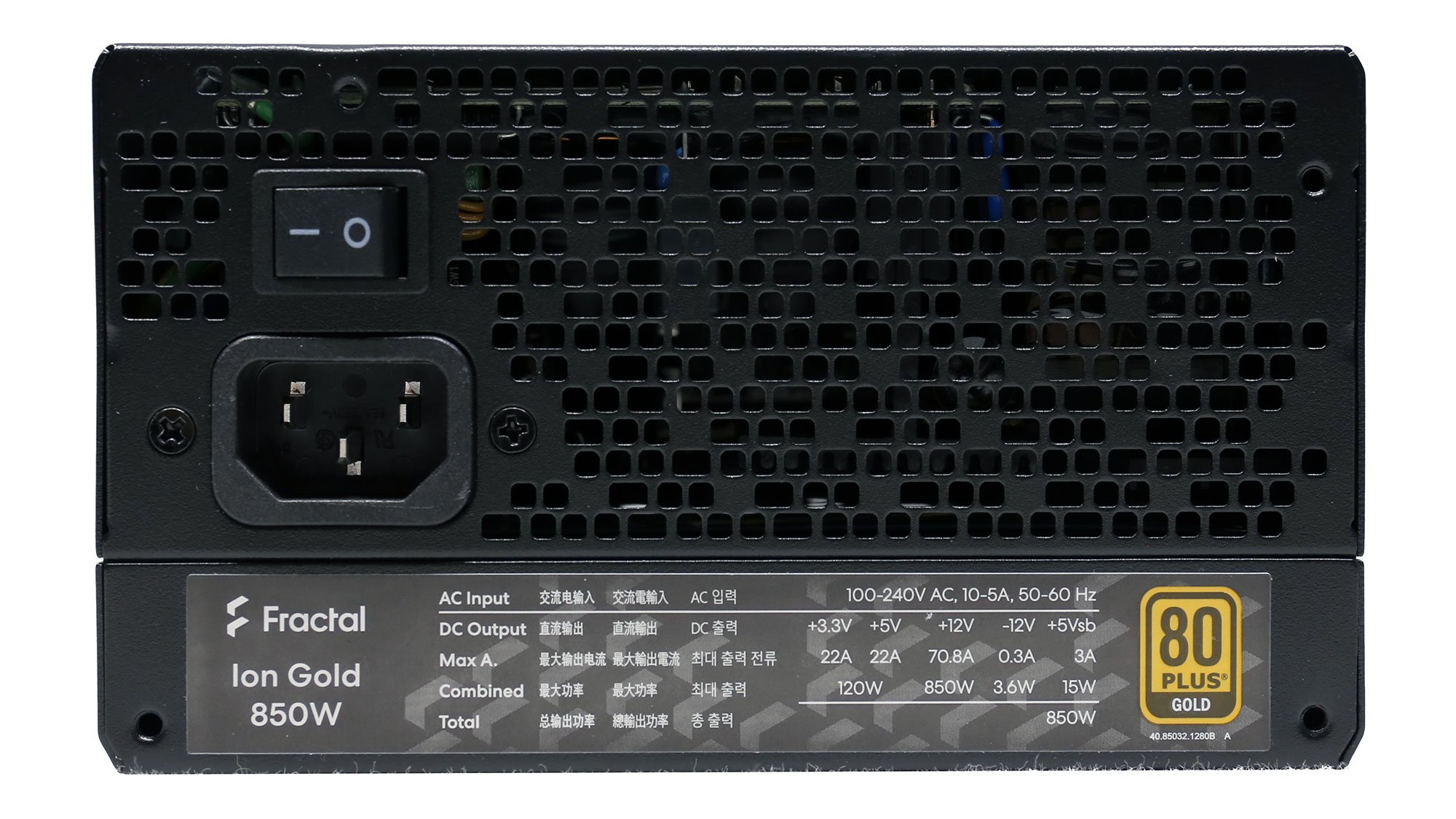
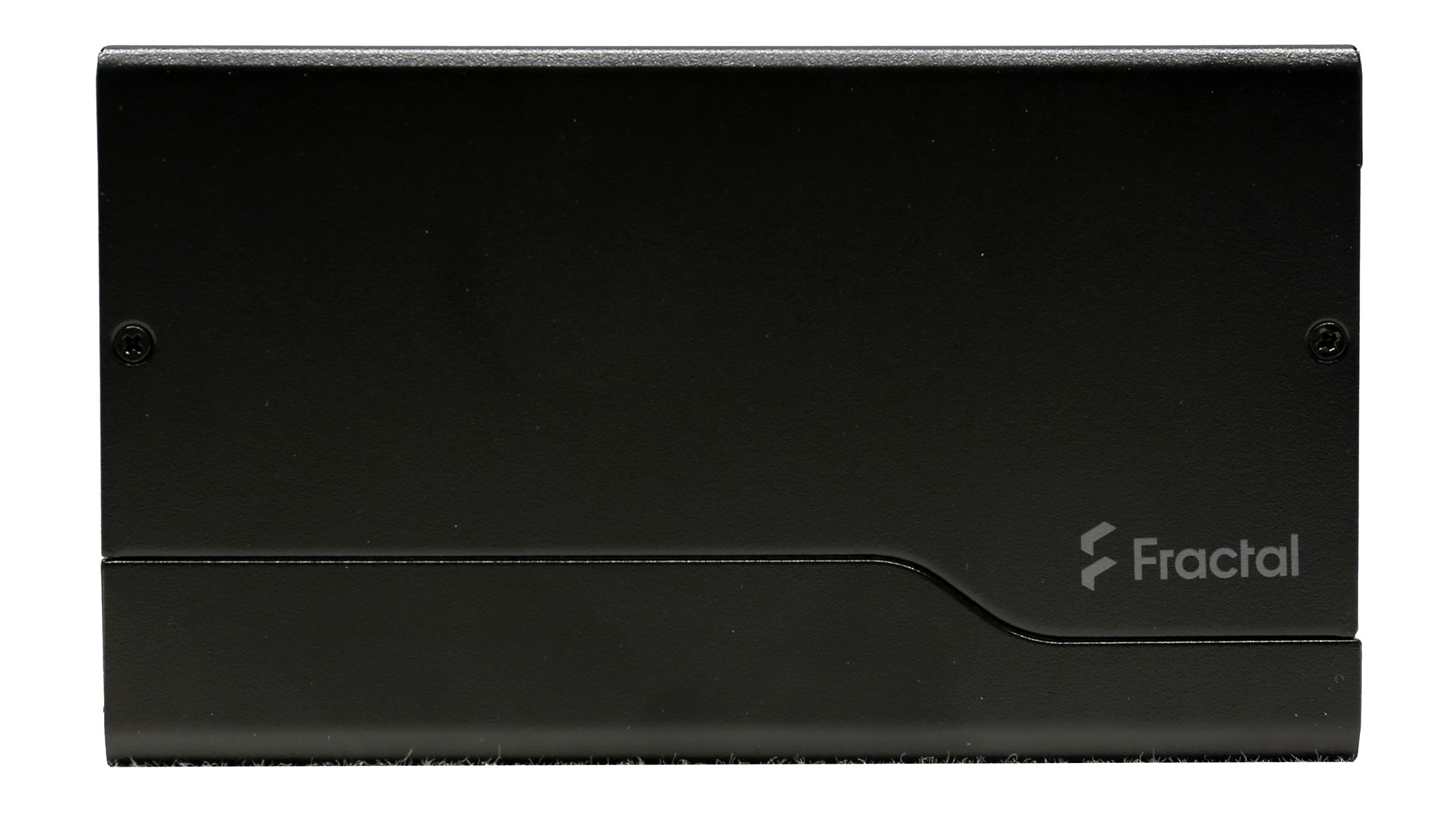
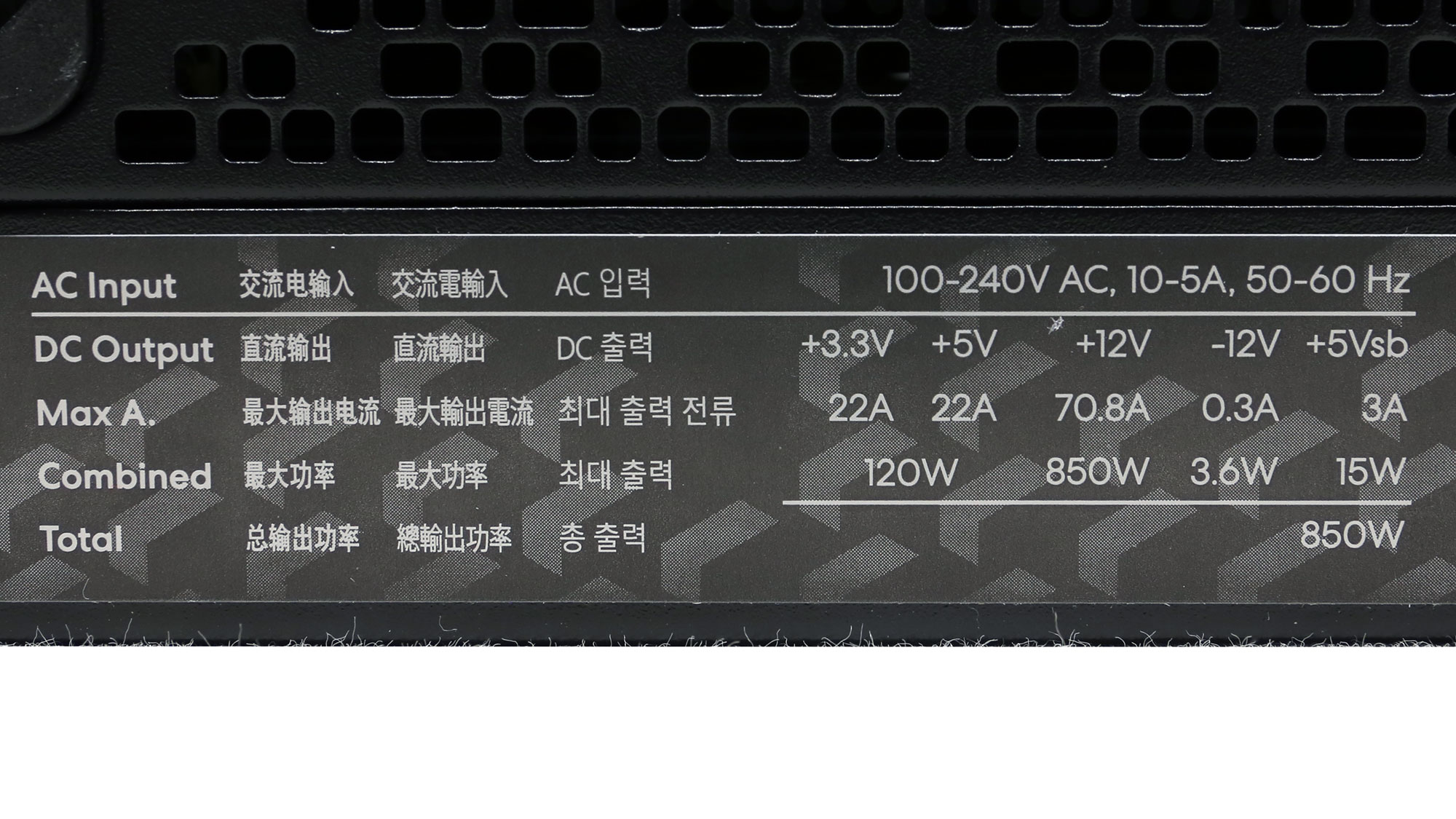
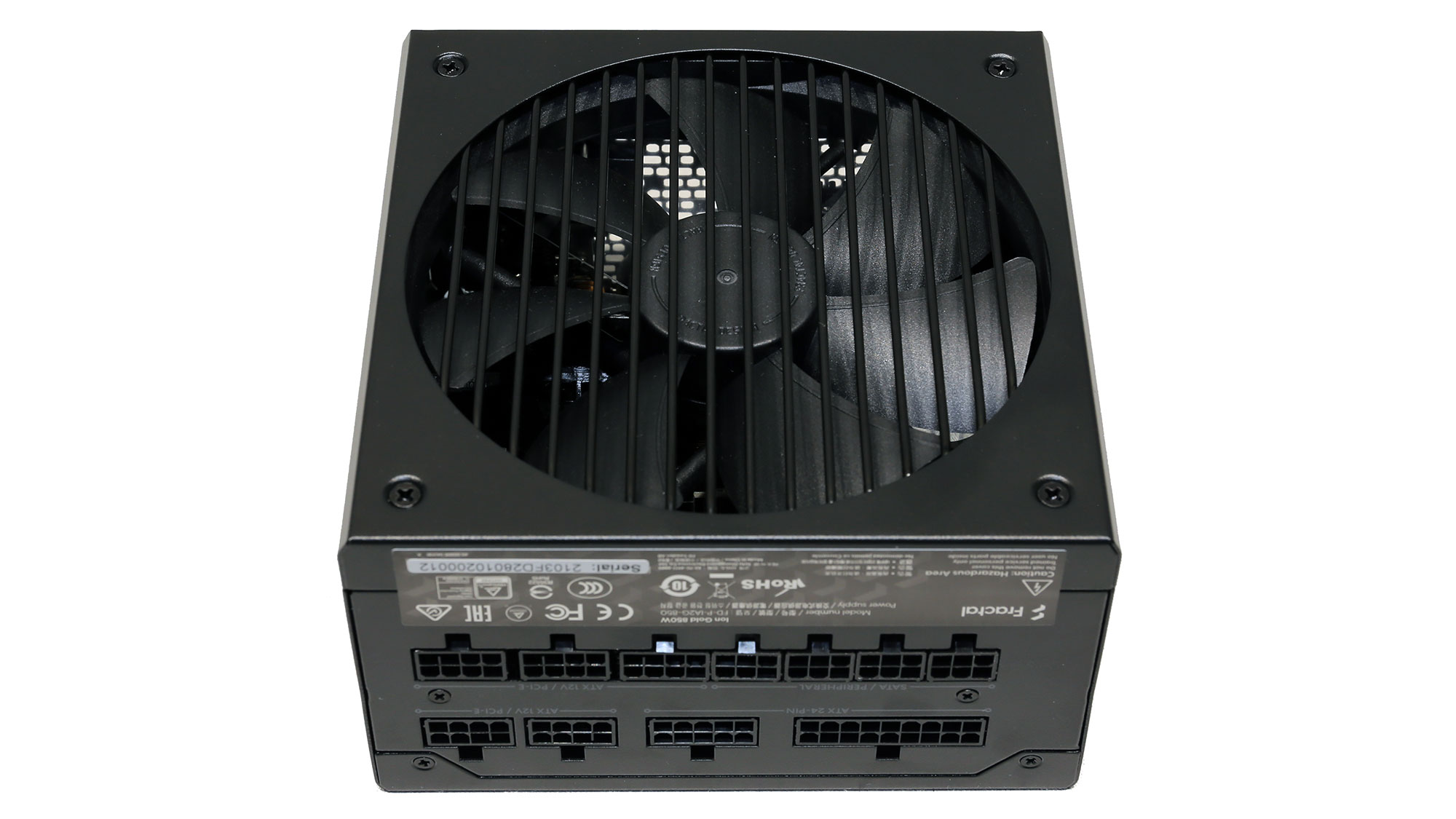
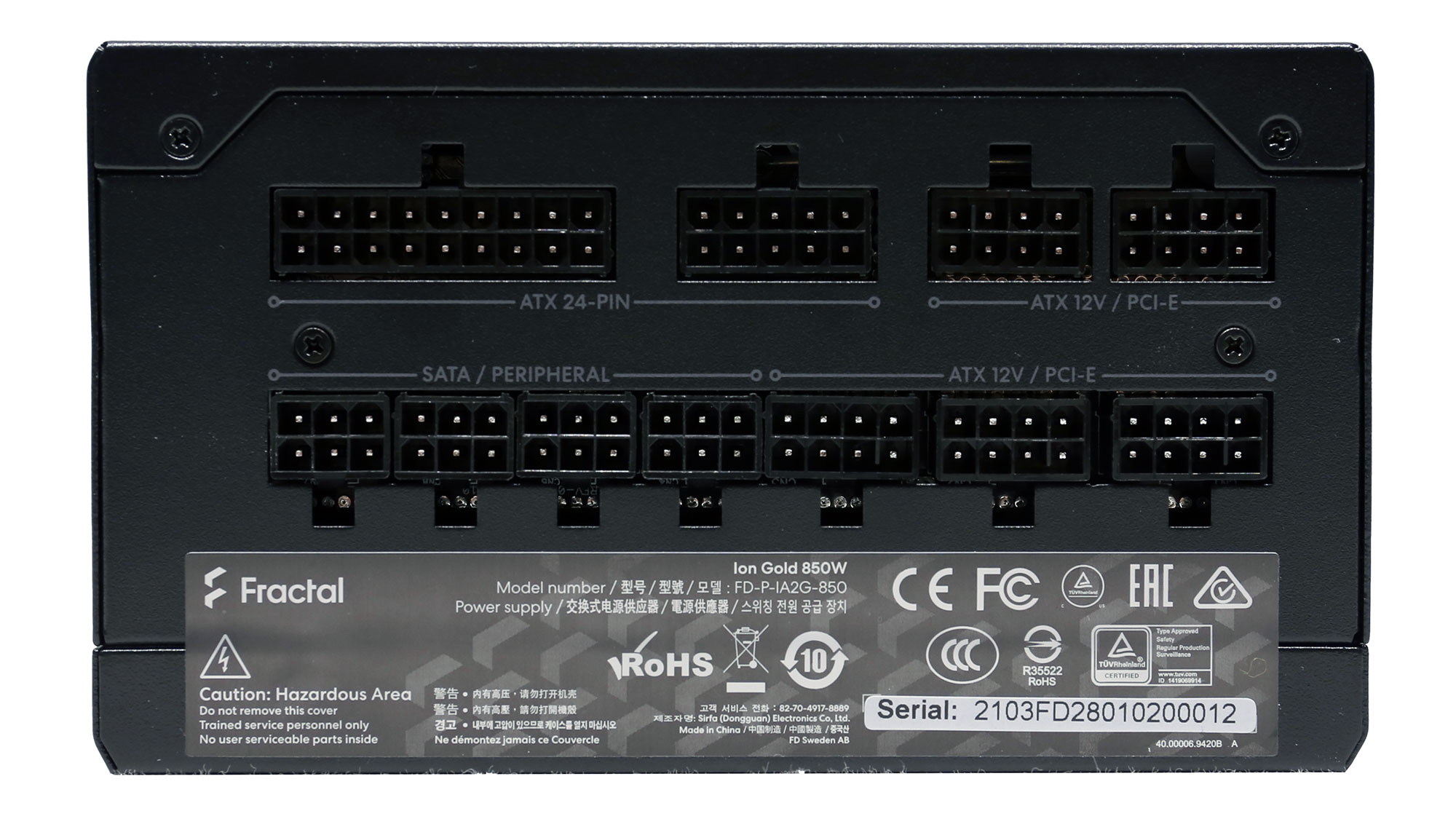

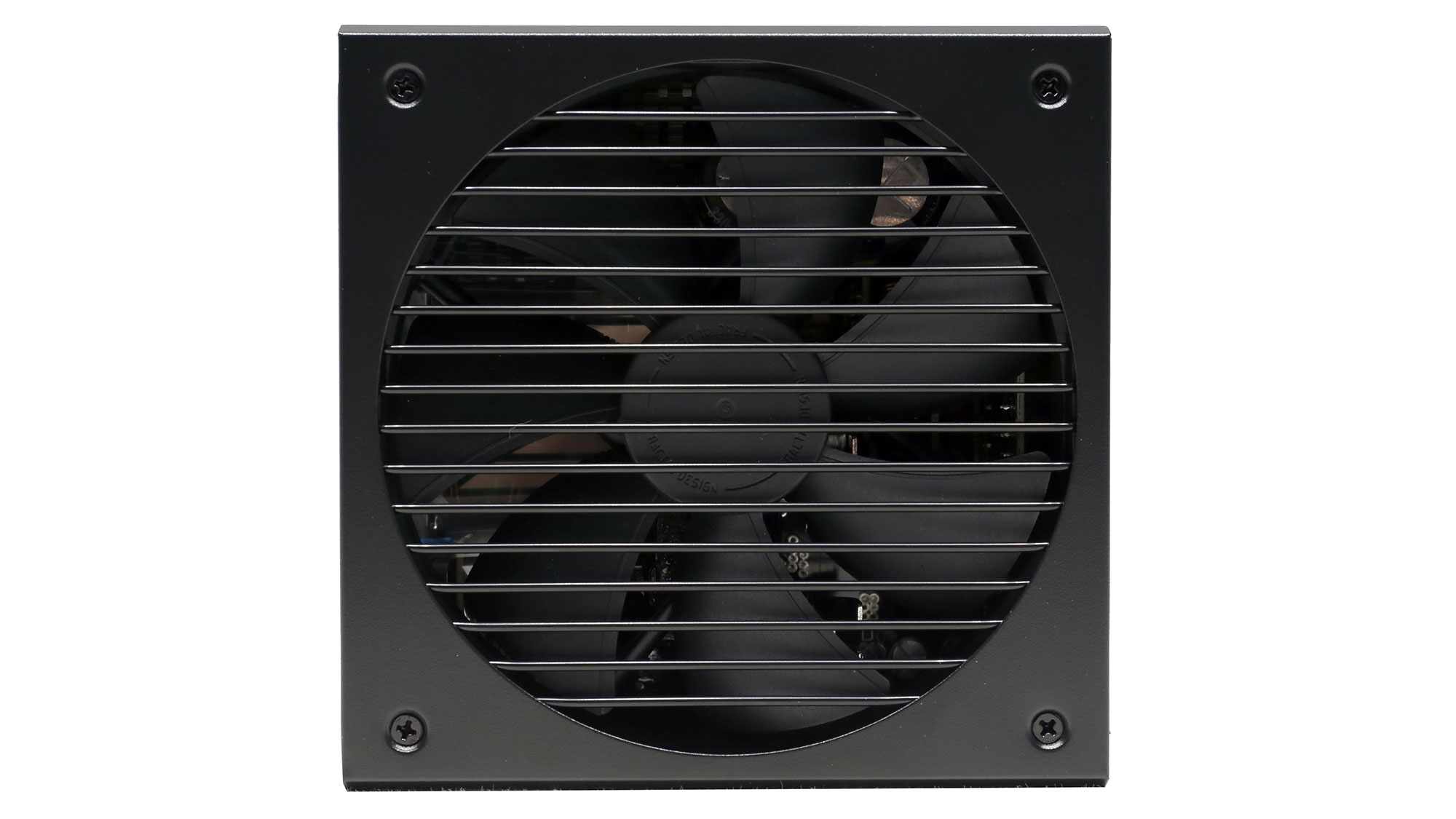
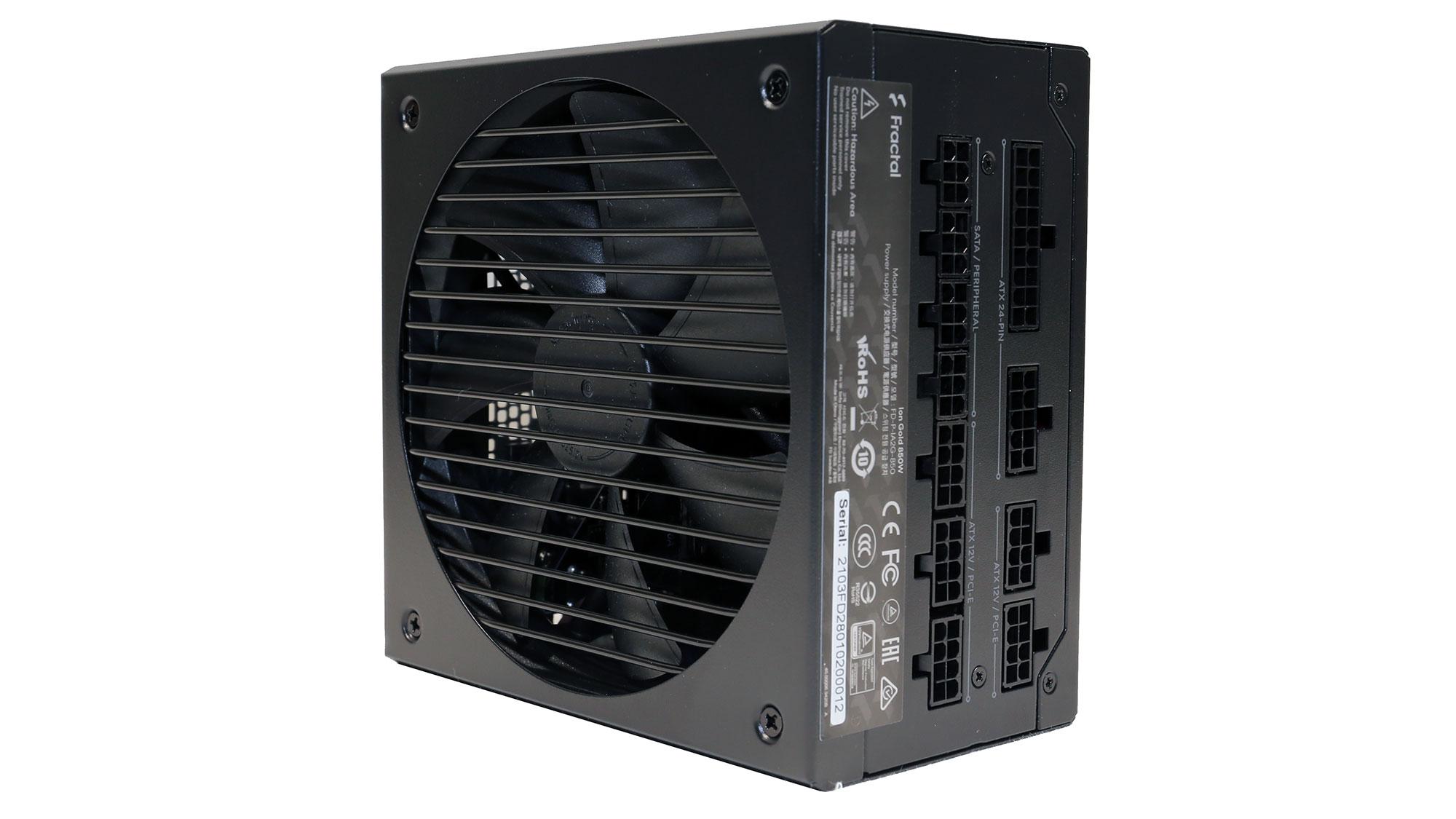
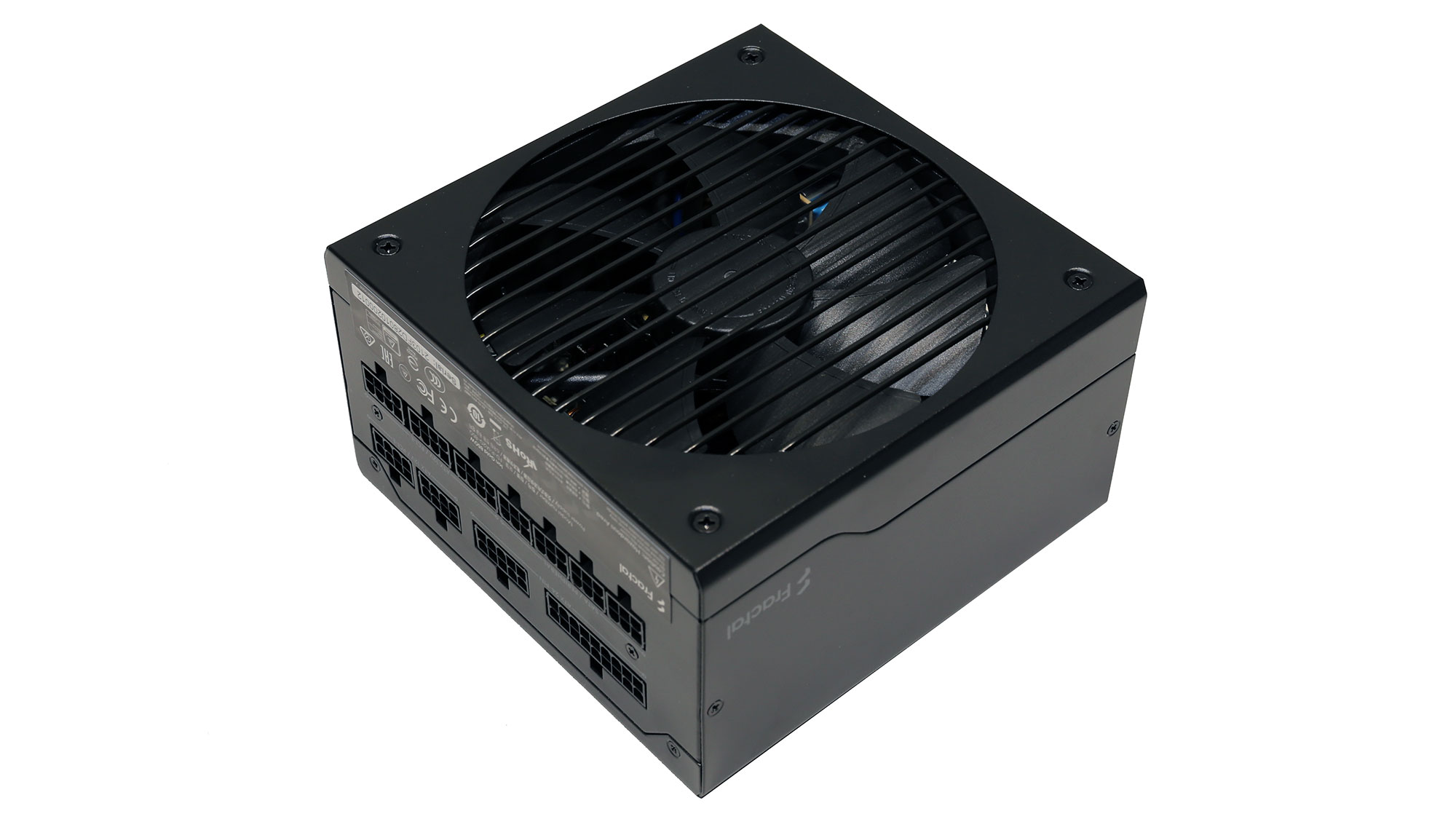
Externally, the Ion Gold 850W looks identical to the Ion+ Platinum 860W. You'd have to look at the power specifications table to distinguish them. Although, one key difference is the lack of a switch at the modular panel, which in the Ion+ model is used to toggle the semi-passive operation on and off. The modular panel has the same number of sockets (eleven) as the Ion+ model.
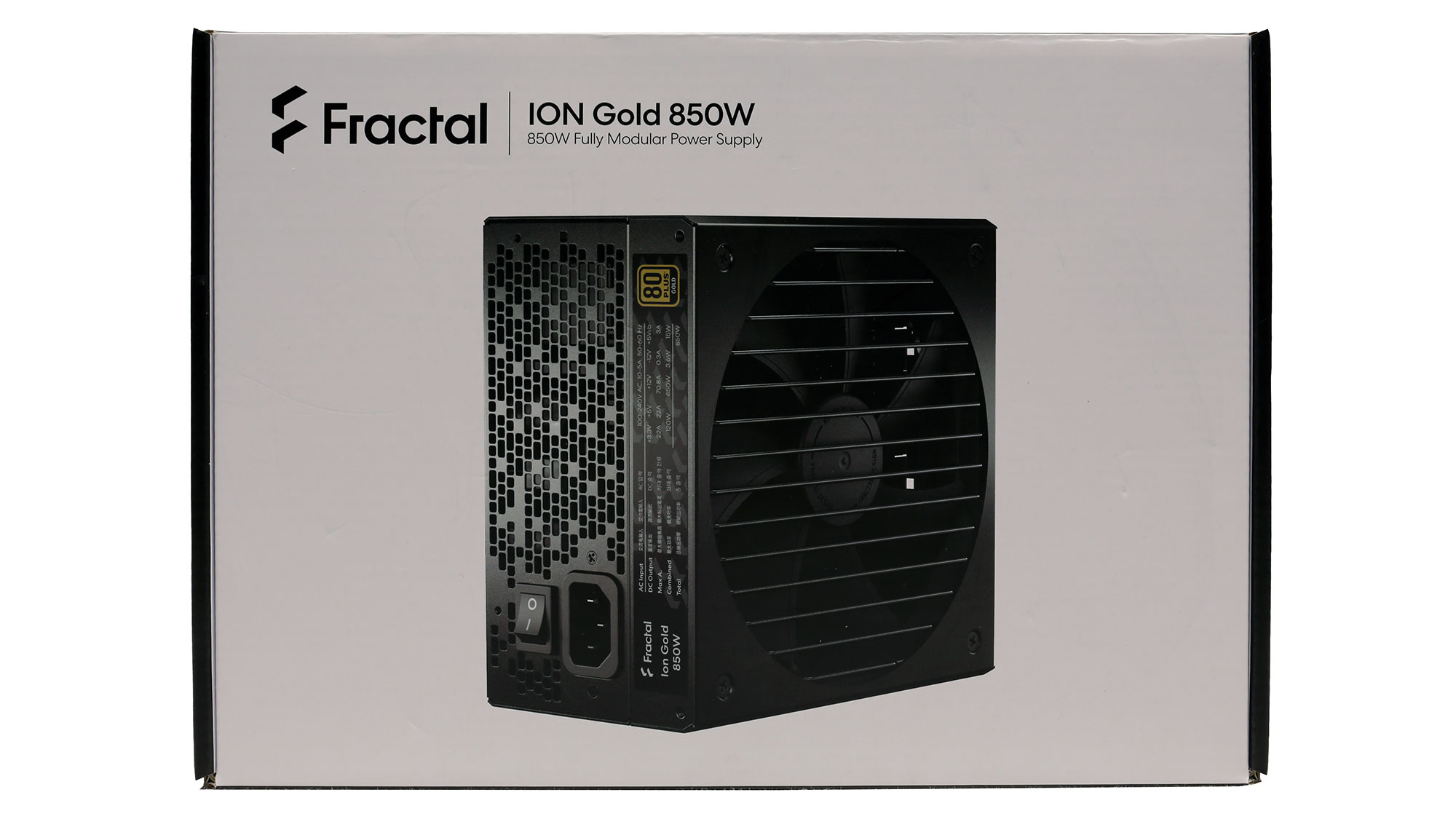
Product Photos
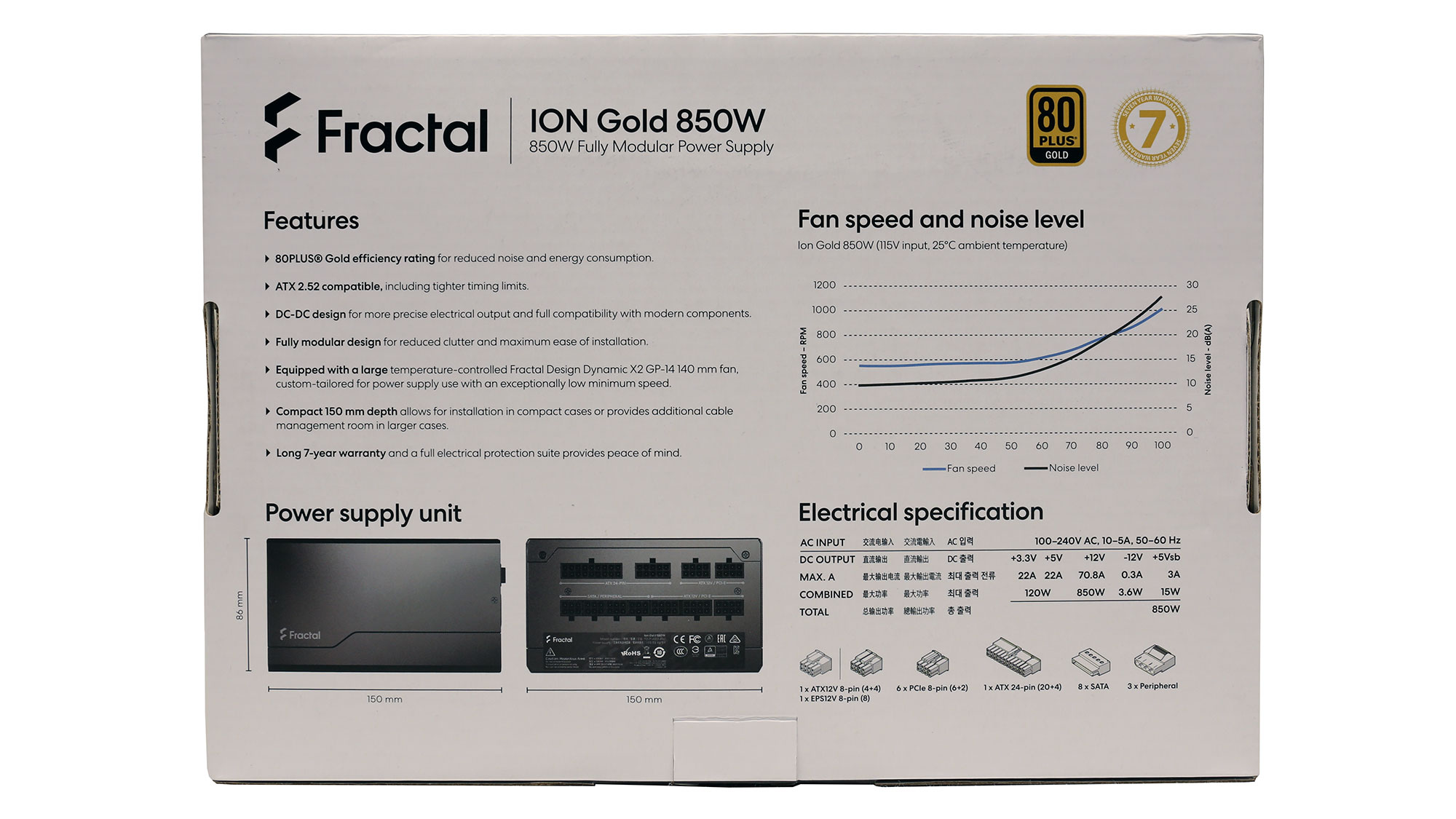
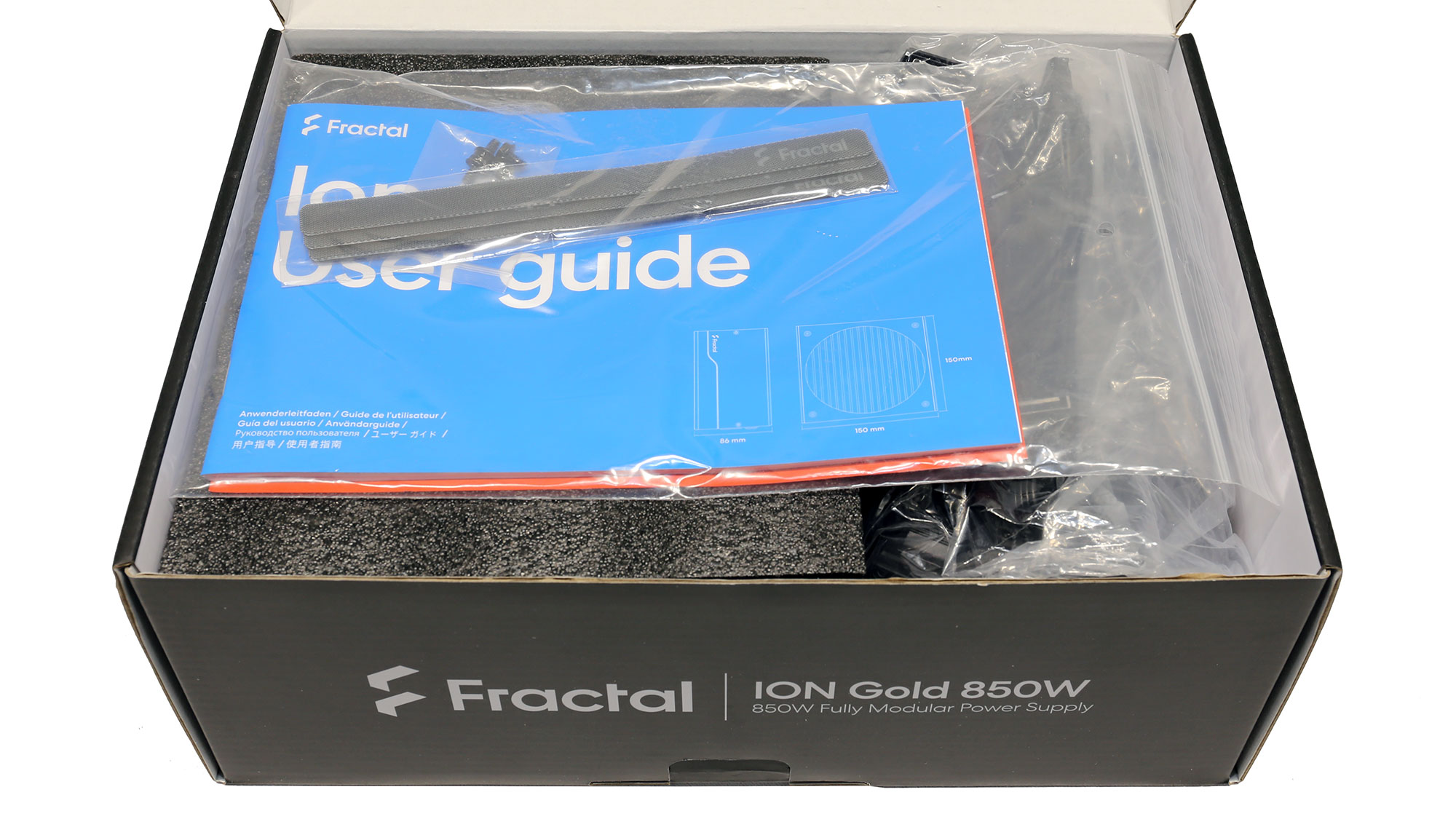
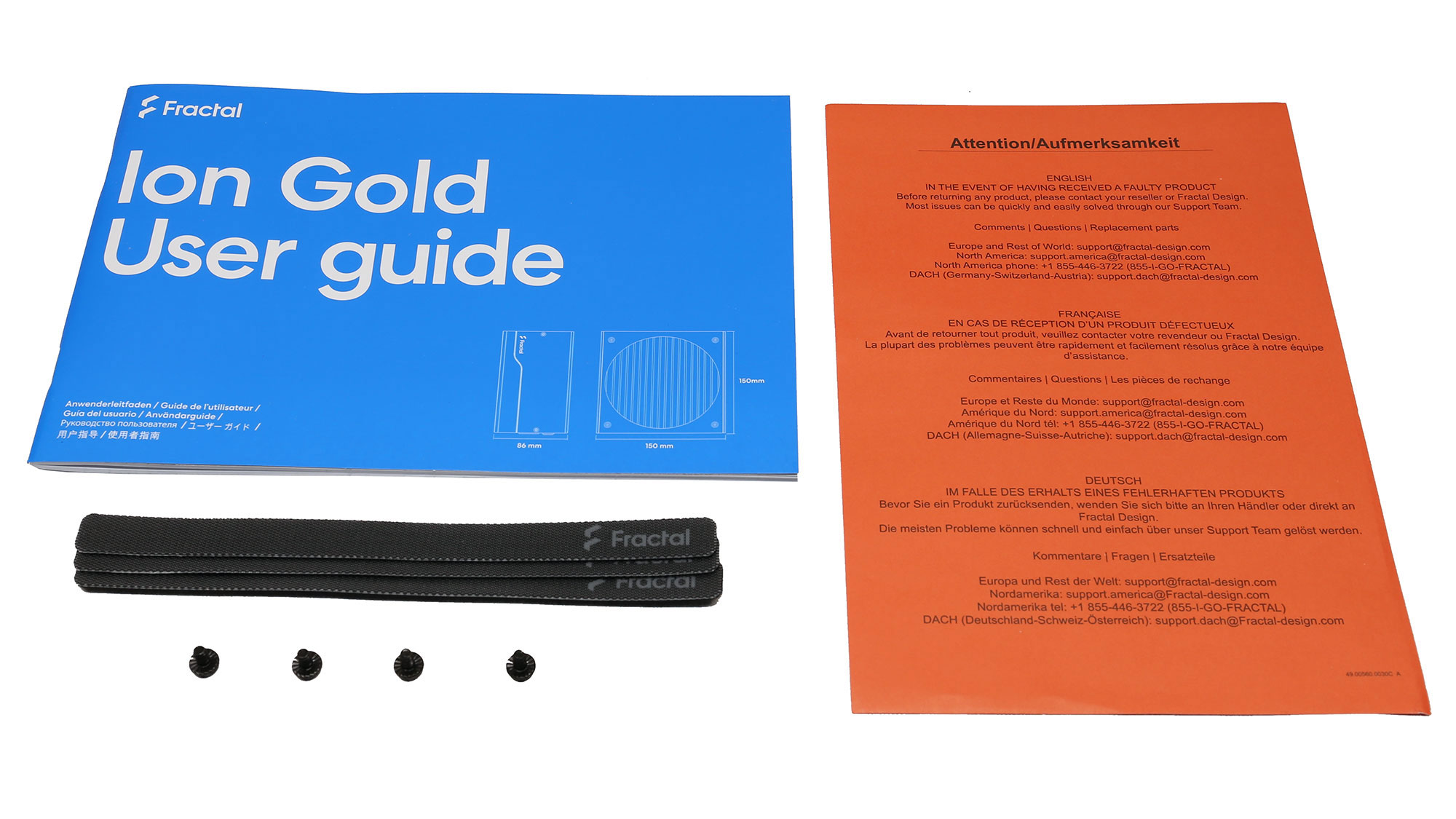
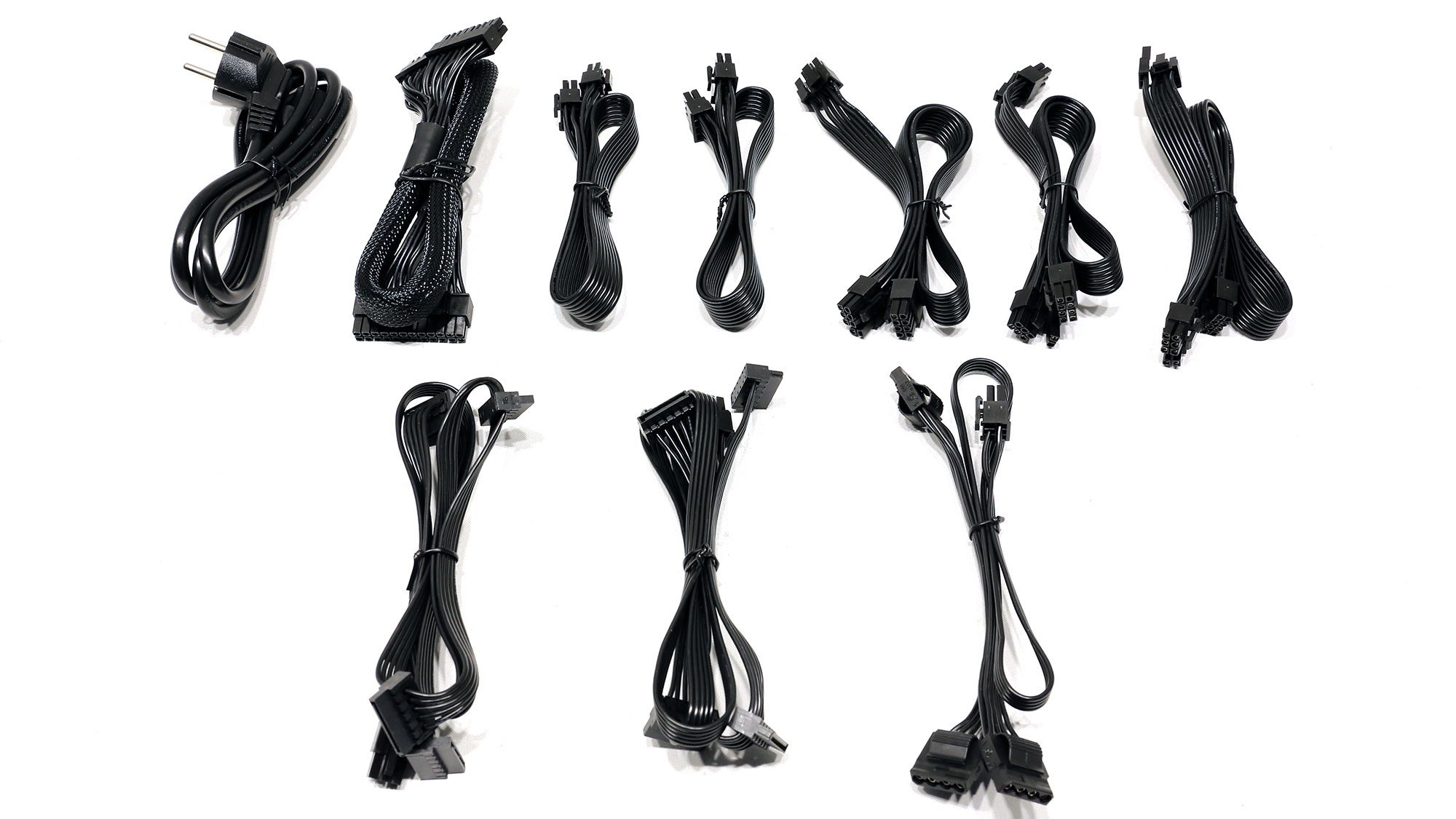
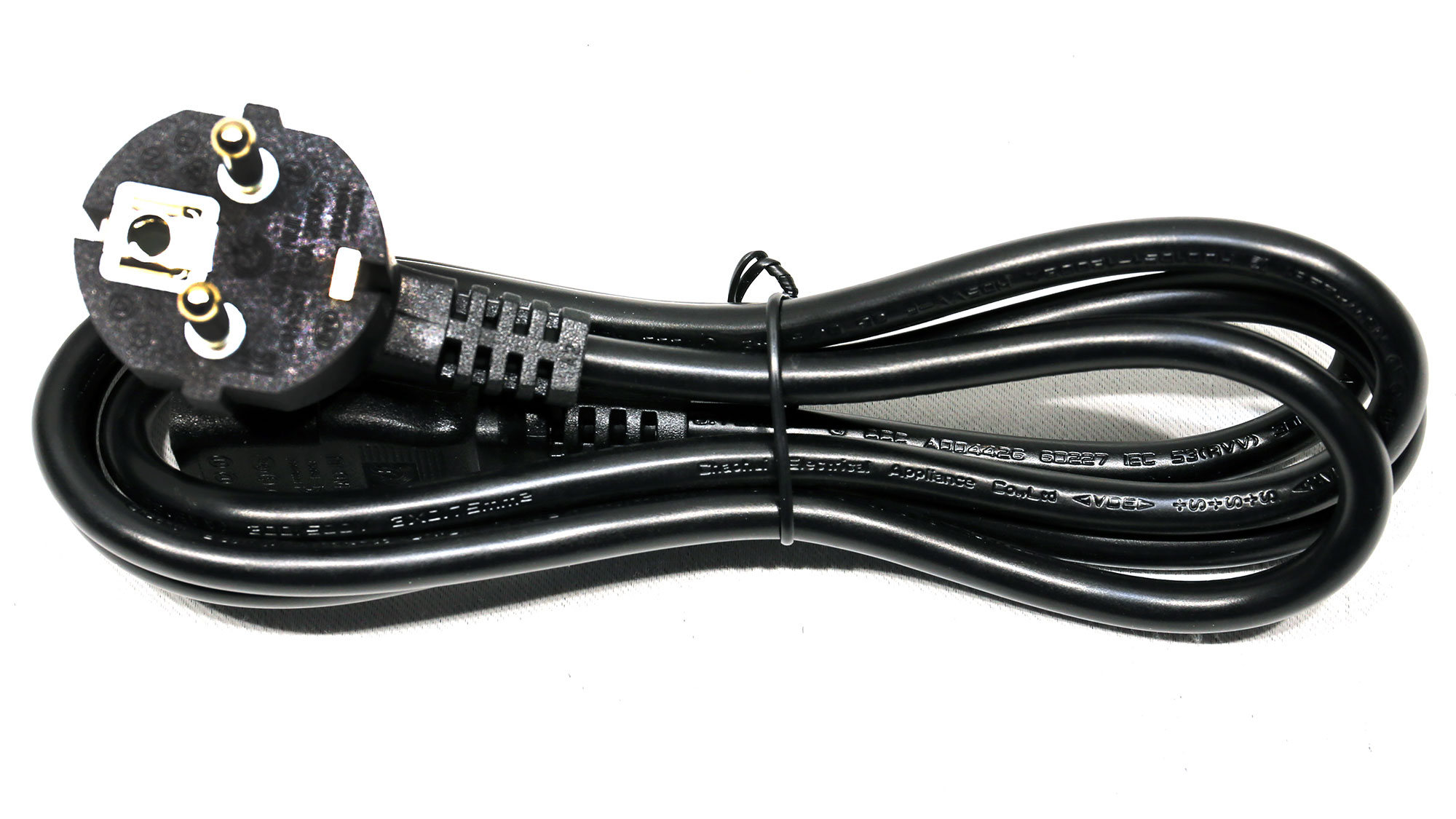
Specifications
|
Manufacturer (OEM) |
High Power |
|
Max. DC Output |
850W |
|
Efficiency | 80 PLUS Gold, Cybenetics Gold * (87-89%) |
|
Noise | Cybenetics A- (25-30 dB[A]) * |
|
Modular |
✓ (fully) |
|
Intel C6/C7 Power State Support |
✓ |
|
Operating Temperature (Continuous Full Load) | 0 - 40°C |
|
Over Voltage Protection |
✓ |
|
Under Voltage Protection |
✓ |
|
Over Power Protection |
✓ |
|
Over Current (+12V) Protection |
✓ |
|
Over Temperature Protection |
✓ |
|
Short Circuit Protection |
✓ |
|
Surge Protection |
✓ |
|
Inrush Current Protection |
✓ |
|
Fan Failure Protection |
✗ |
|
No Load Operation |
✓ |
|
Cooling | 140mm Fluid Dynamic Bearing Fan (DYNAMIC X2 GP-14) |
|
Semi-Passive Operation |
✗ |
|
Dimensions (W x H x D) |
150 x 85 x 150mm |
|
Weight |
1.63 kg (3.59 lb) |
|
Form Factor |
ATX12V v2.53, EPS 2.92 |
|
Warranty |
7 Years |
* Not certified yet by Cybenetics. According to our measurements, the PSU falls into these efficiency and noise categories.
Power Specifications
| Rail | 3.3V | 5V | 12V | 5VSB | -12V |
| Max. Power | Amps | 22 | 22 | 70.8 | 3 |
| Watts | 120 | 850 | 15 | 3.6 | |
| Total Max. Power (W) | 850 |
Cables & Connectors
| Description | Cable Count | Connector Count (Total) | Gauge | In Cable Capacitors |
|---|---|---|---|---|
| ATX connector 20+4 pin (600mm) | 1 | 1 | 18AWG | No |
| 4+4 pin EPS12V (600mm) | 1 | 1 | 16AWG | No |
| 8 pin EPS12V (600mm) | 1 | 1 | 16AWG | No |
| 6+2 pin PCIe (560mm+150mm) | 3 | 6 | 16-18AWG | No |
| SATA (510mm+155mm+155mm+155mm) | 2 | 8 | 18AWG | No |
| 4-pin Molex (500mm+155mm+155mm) | 1 | 3 | 18AWG | No |
| AC Power Cord (1370mm) - C13 coupler | 1 | 1 | 18AWG | - |
The Ion Gold 850W has some small differences in cable configuration compared to the Ion+ Platinum 860W. One of the EPS cables is shorter, only hitting 600mm. In addition, there are two fewer SATA connectors and one less 4-pin Molex connector. On the other hand, the Ion Gold's peripheral connectors have the proper distance (150mm) between each other.
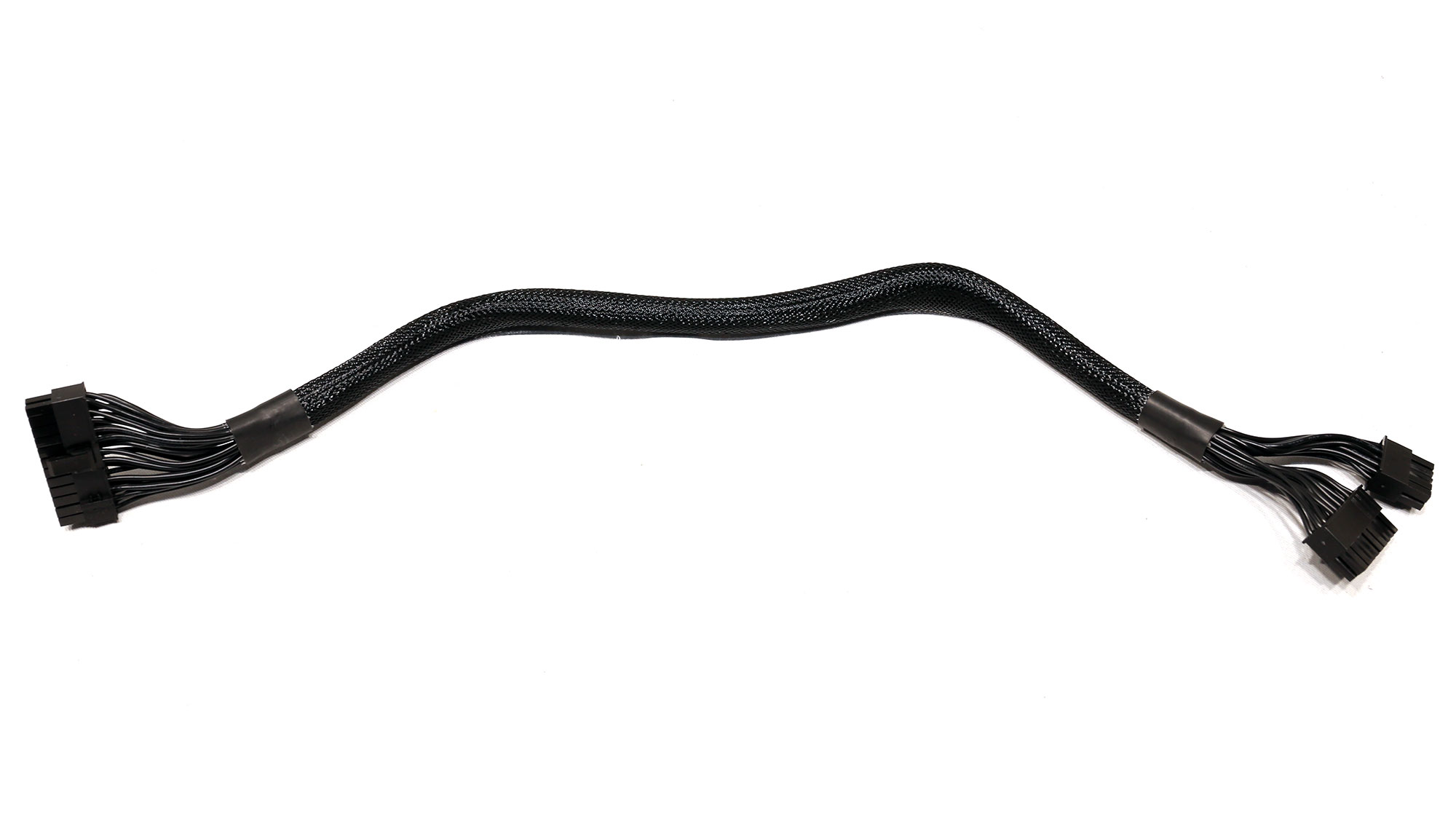
Cable Photos
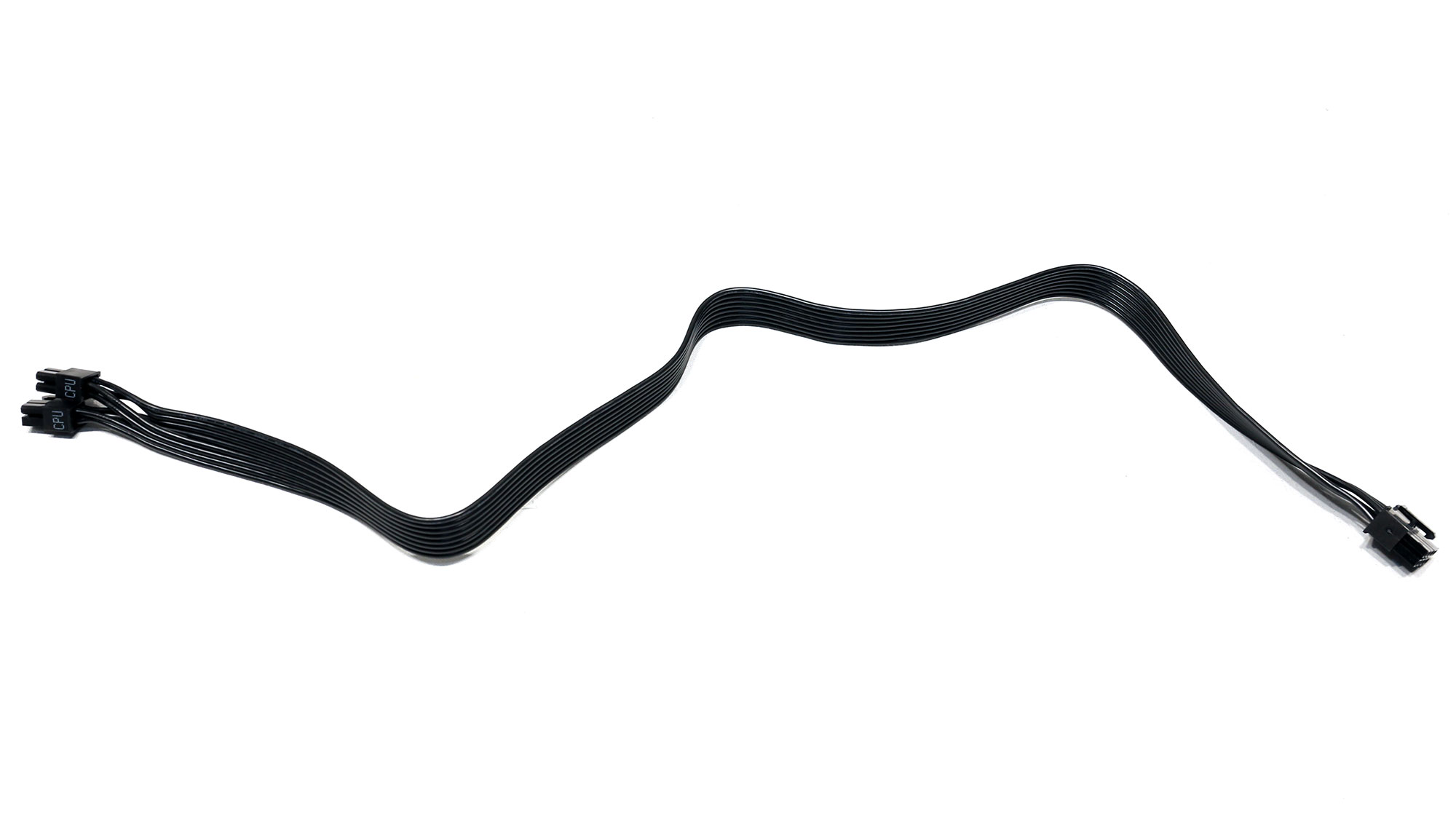
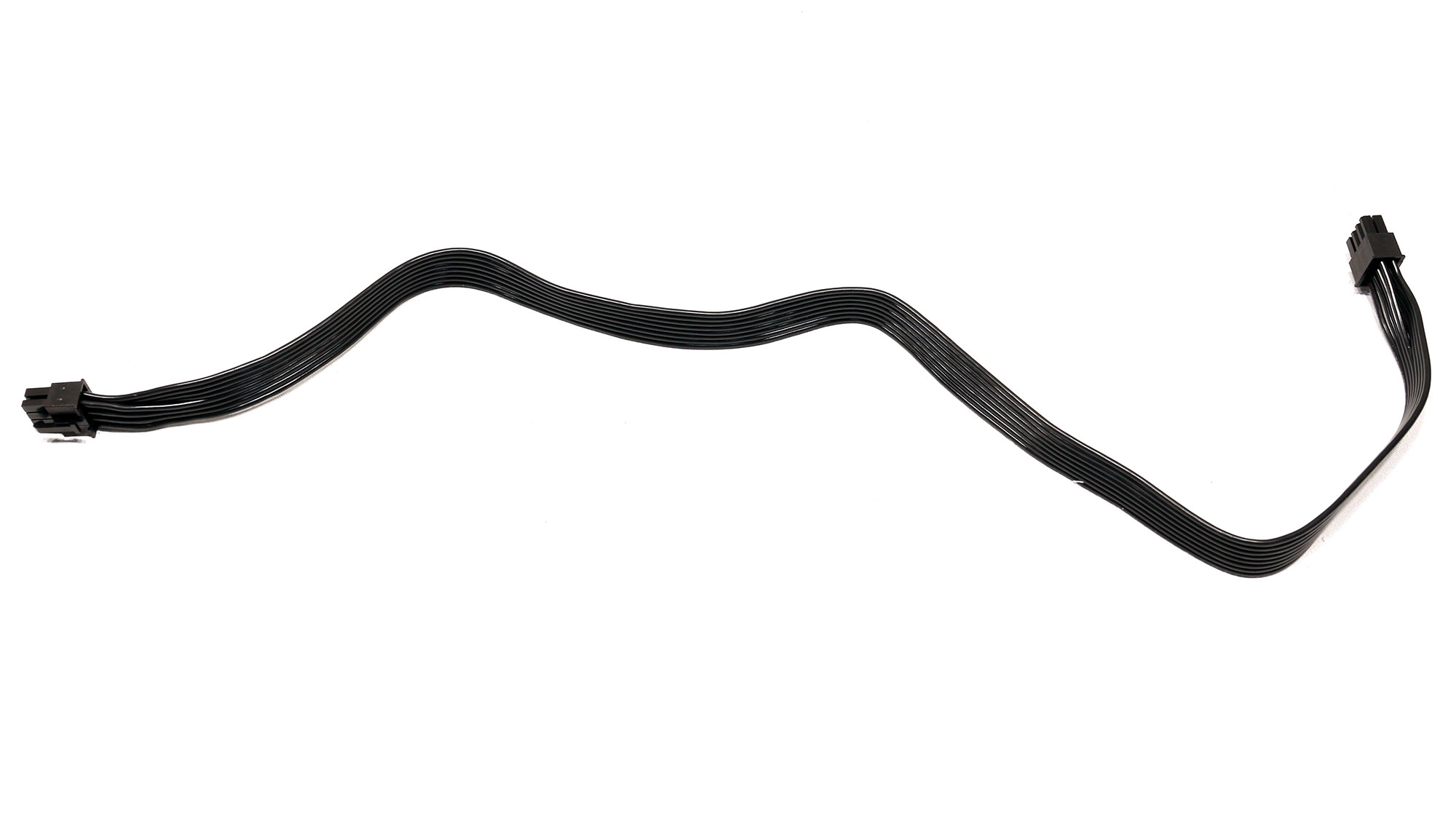

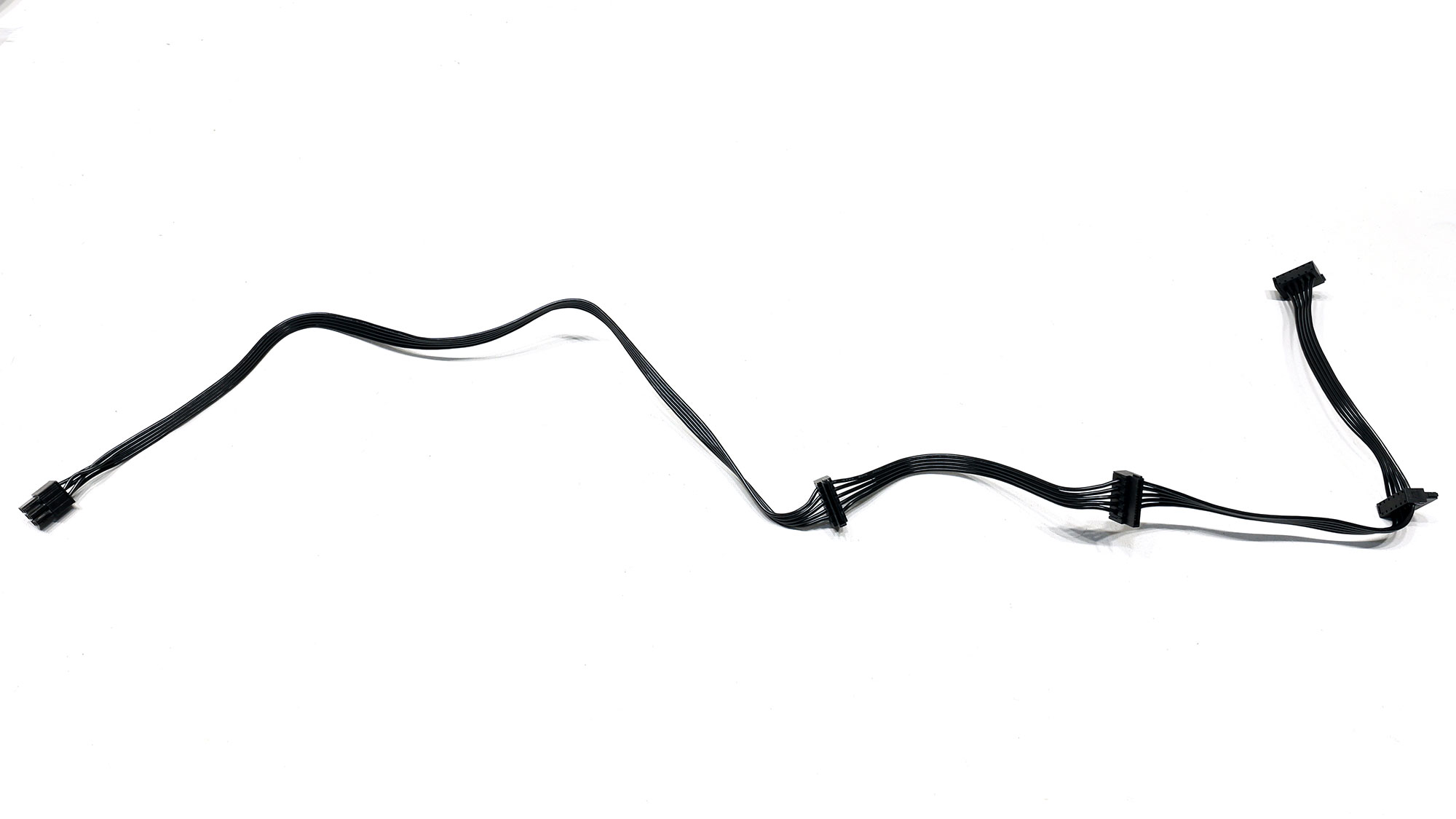
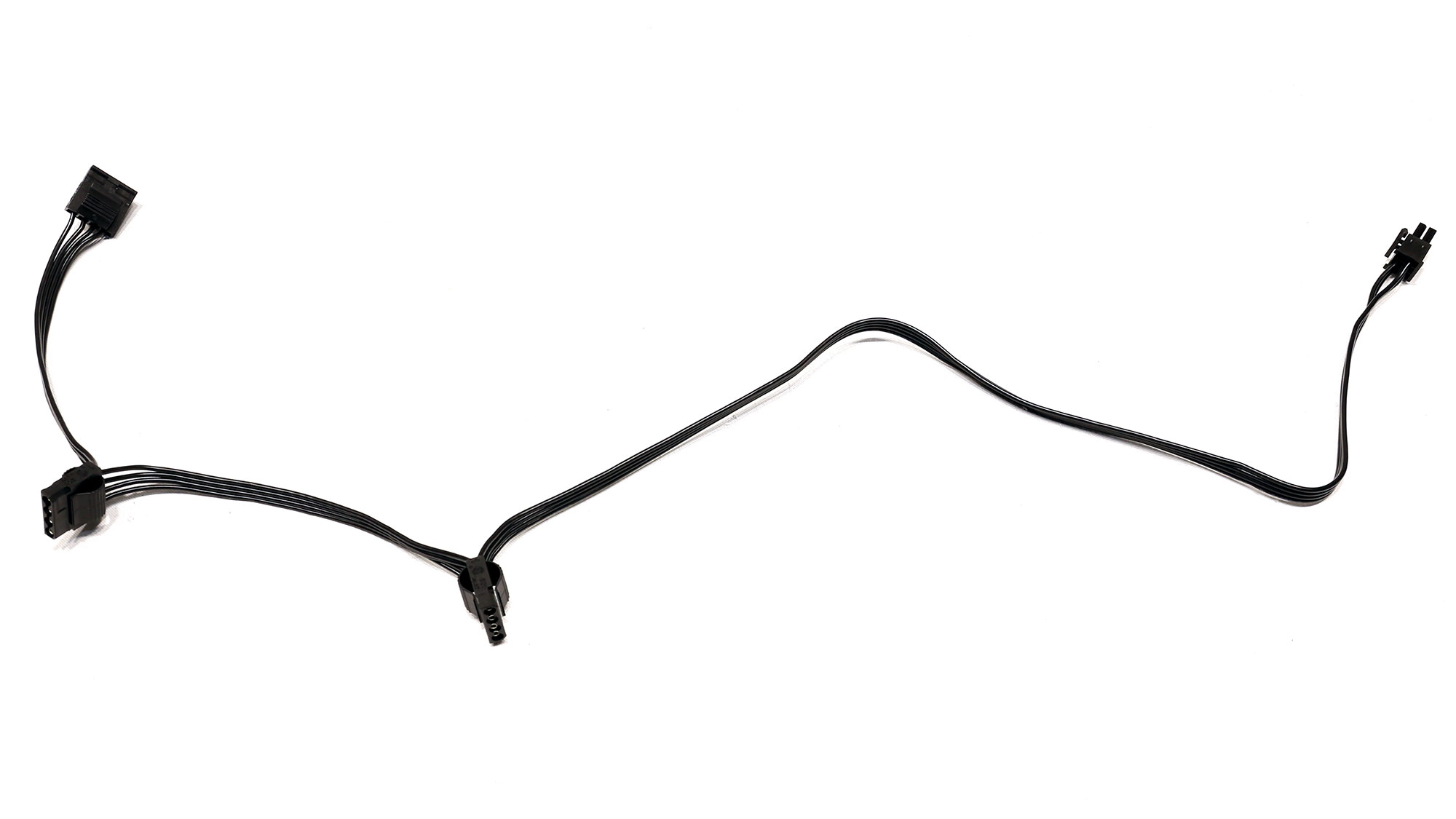
Component Analysis
We strongly encourage readers unfamiliar with power supplies to read our PSUs 101 guide, which provides valuable information about PSUs and their operation, before progressing. This will allow you to better understand the components we're about to discuss.
| General Data | - |
| Manufacturer (OEM) | High Power |
| PCB Type | Double Sided |
| Primary Side | - |
| Transient Filter | 4x Y caps, 2x X caps, 2x CM chokes, 1x MOV, 1x Champion CM02X (Discharge IC) |
| Inrush Protection | NTC Thermistor & Relay |
| Bridge Rectifier(s) | 2x GBU1506 (600V, 15A @ 100°C) |
| APFC MOSFETs | 2x Infineon IPA60R120P7 (600V, 16A @ 100°C, Rds(on): 0.12Ohm) |
| APFC Boost Diode | 1x Infineon IDH08G65C5 (650V, 8A @ 145°C) |
| Bulk Cap(s) | 2x Nichicon (400V, 330uF each or 660uF combined, 2,000h @ 105°C, GG) |
| Main Switchers | 2x Infineon IPA60R180P7S (600V, 11A @ 100°C, Rds(on): 0.18Ohm) |
| APFC Controller | Infineon ICE3PCS01G |
| Resonant Controller | Champion CM6901X |
| Topology |
Primary side: APFC, Half-Bridge & LLC converter Secondary side: Synchronous Rectification & DC-DC converters |
| Secondary Side | - |
| +12V MOSFETs | 6x Infineon BSC027N04LS (40V, 88A @ 100°C, Rds(on): 2.7mOhm) |
| 5V & 3.3V | DC-DC Converters: 8x Infineon BSC0906NS (30V, 40A @ 100°C, Rds(on): 4.5mOhm) PWM Controller(s): ANPEC APW7159C |
| Filtering Capacitors |
Electrolytic: 10x Teapo (1-3,000h @ 105°C, SC) |
| Supervisor IC | WT7527RA (OCP, OVP, UVP, SCP, PG) |
| Fan Model | Fractal Dynamic X2 GP-14 LLS (140mm, 12V, 0.40A, 2,000RPM, Rifle Bearing Fan) |
| Fan Controller | STC STC15W408AS |
| 5VSB Circuit | - |
| Rectifier | 1x P10V45 SBR (45V, 10A) |
| Standby PWM Controller | ExcellianceMOS EM8569D |
| -12V | - |
| Rectifier | 1x KEC KIA7912PI (-12V, 1A) |
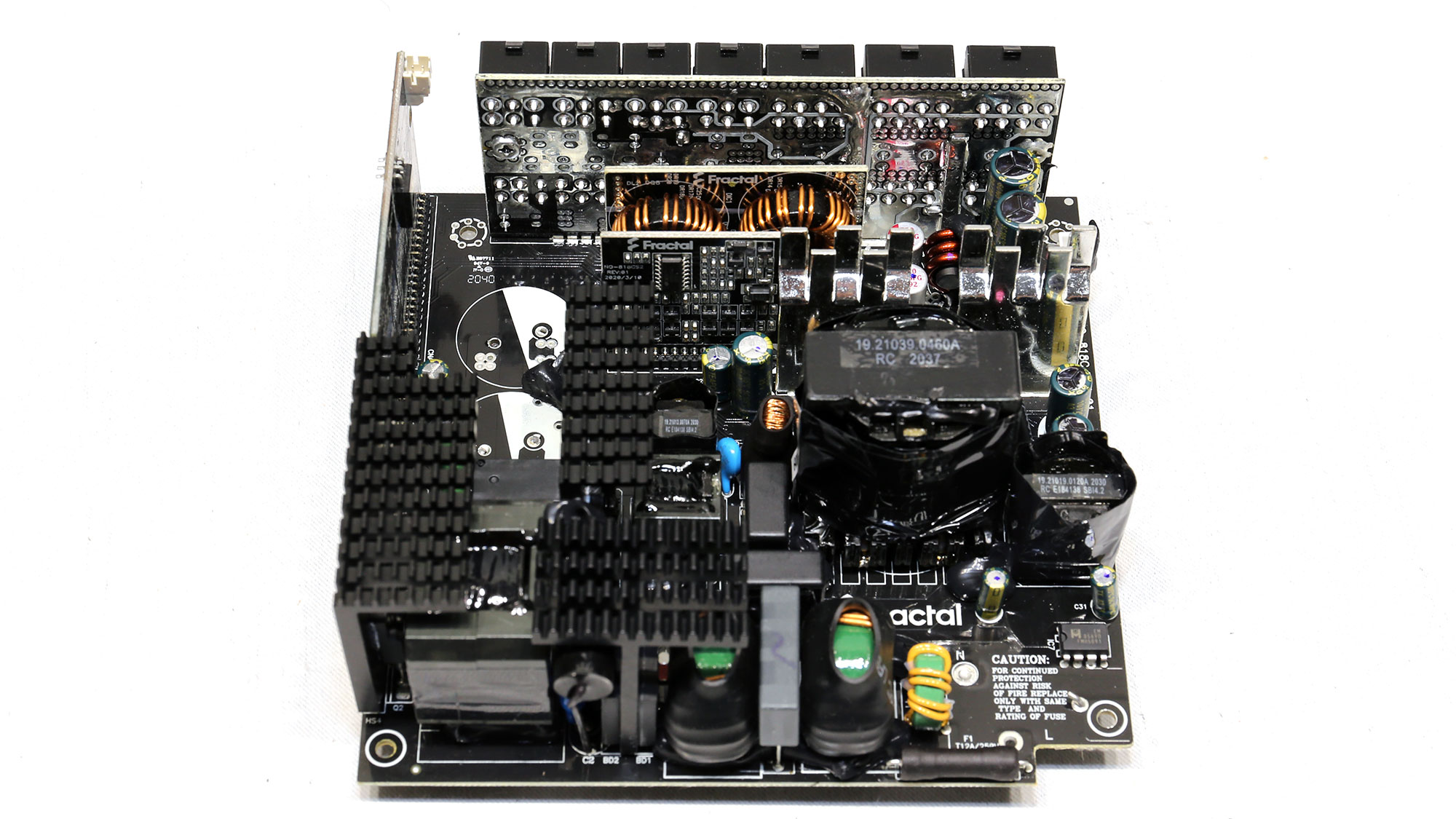
Overall Photos
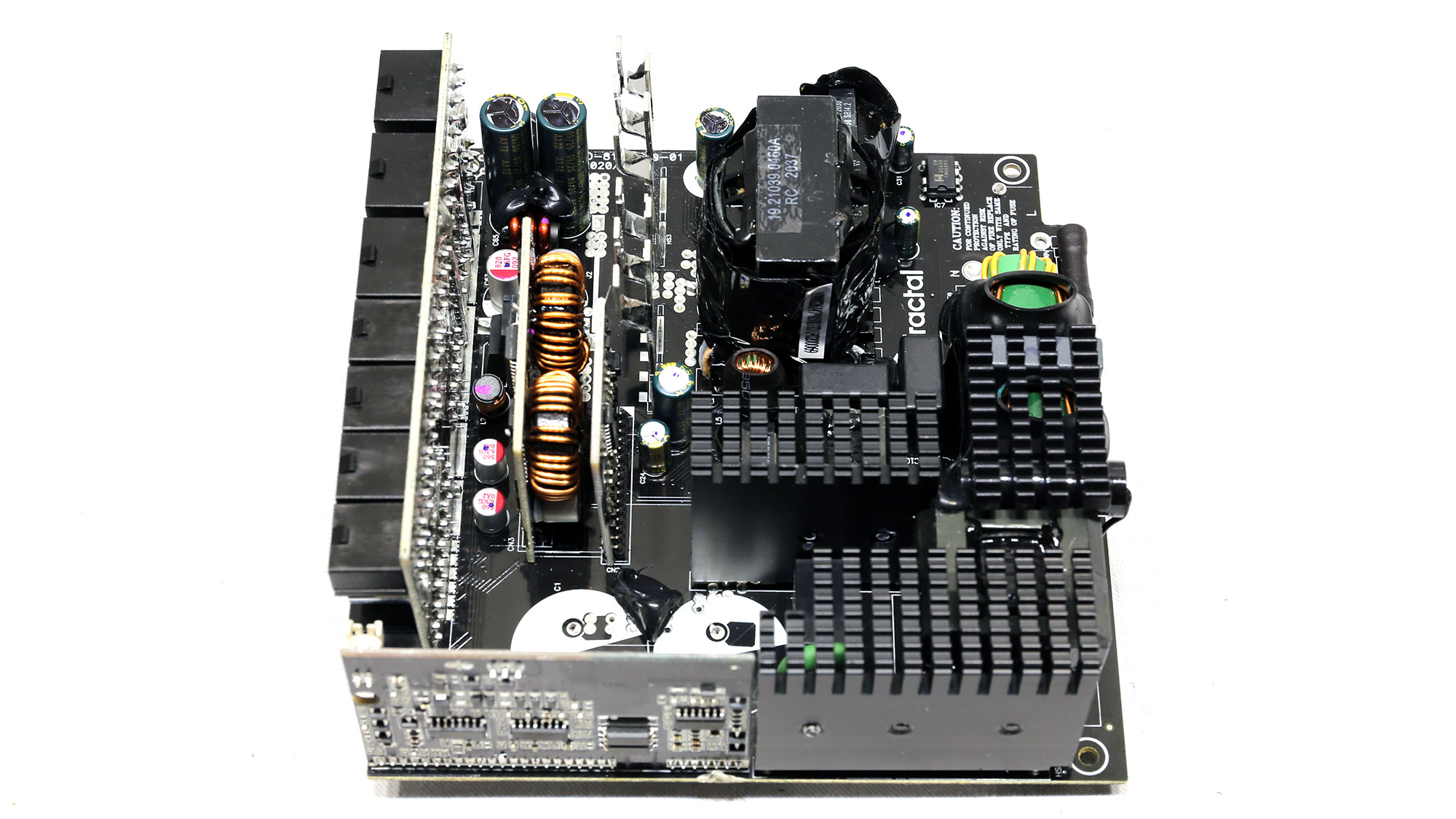
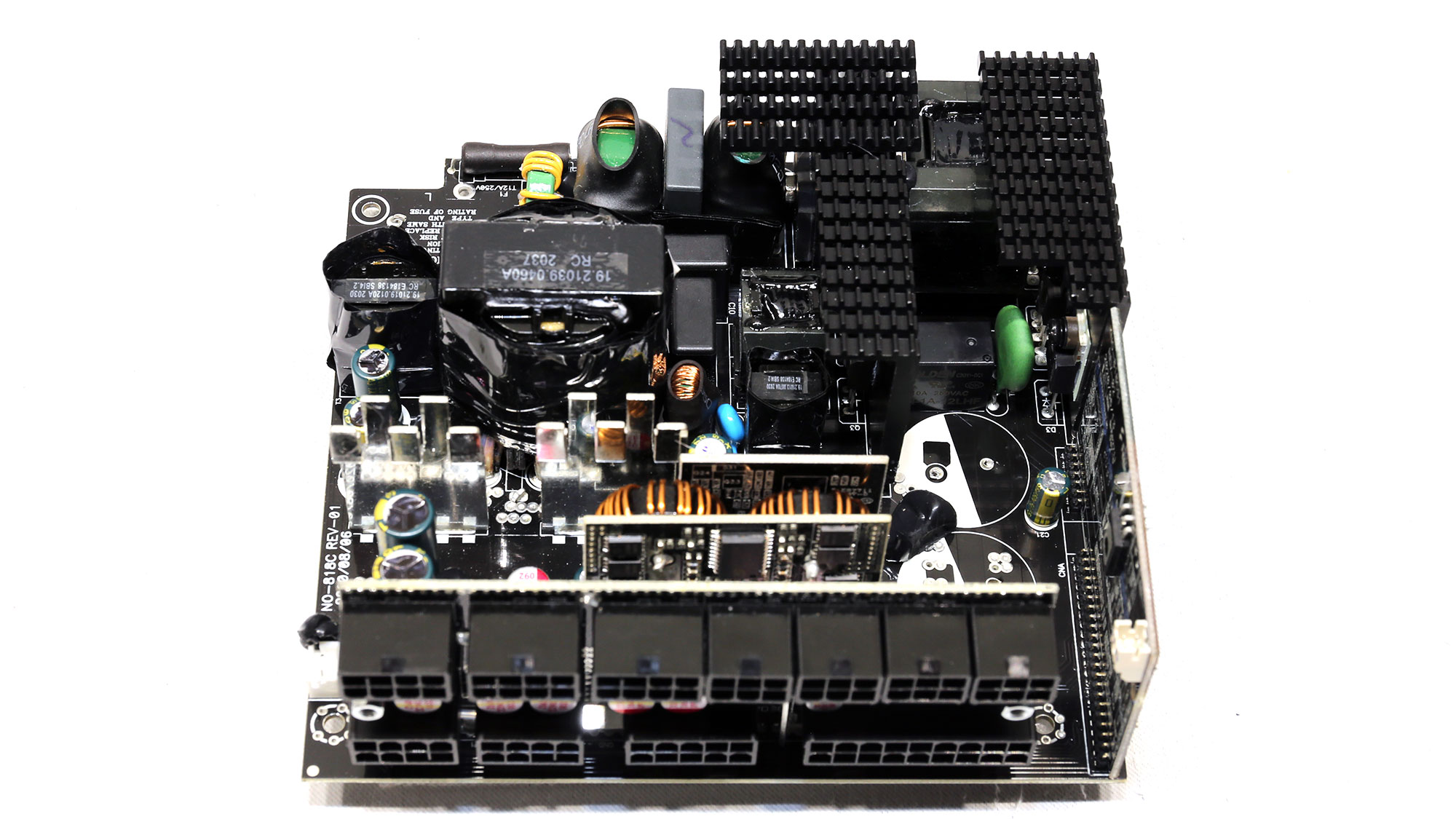
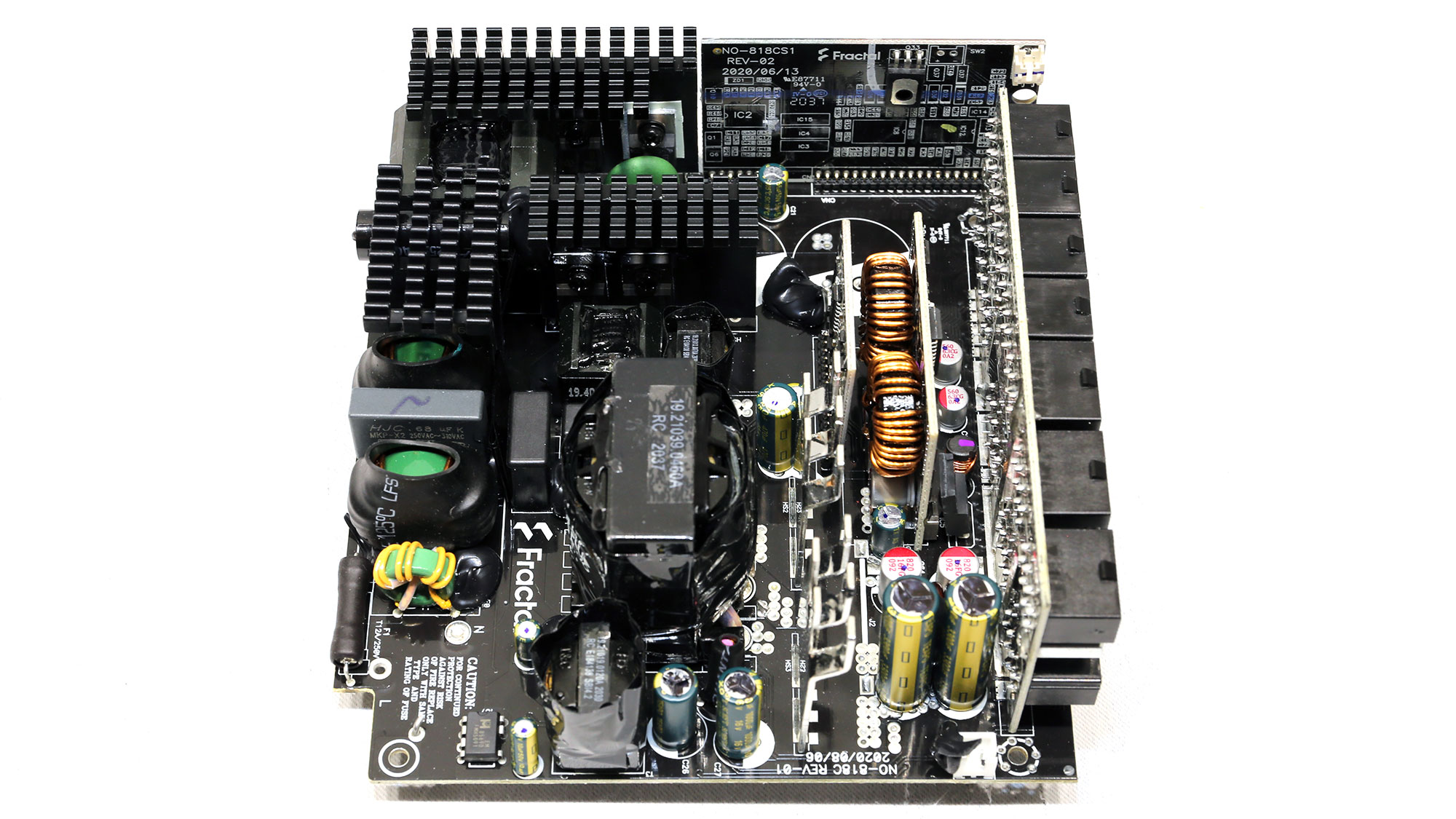
The Ion Gold 850W uses the same platform as the more high-end Ion+ Platinum 860W unit, but has some parts differences that lower both the efficiency and the cost. The bulk caps have lower capacity, and the switching FETs on the primary side are different. On the secondary side, the 12V rail is regulated by six FETs, while the Ion+ unit with similar capacity uses eight FETs with lower RDS (on) values. However, the DC-DC converters for the minor rails are identical.
Get Tom's Hardware's best news and in-depth reviews, straight to your inbox.
The filtering caps aren't as high quality as the Ion+ model, which uses Japanese caps exclusively and has a much larger number of polymer caps. Finally, the unit's fan is advertised as a long-life sleeve bearing, so we can assume that it uses a rifle bearing. The more expensive Ion+ units use fluid dynamic bearing fans.
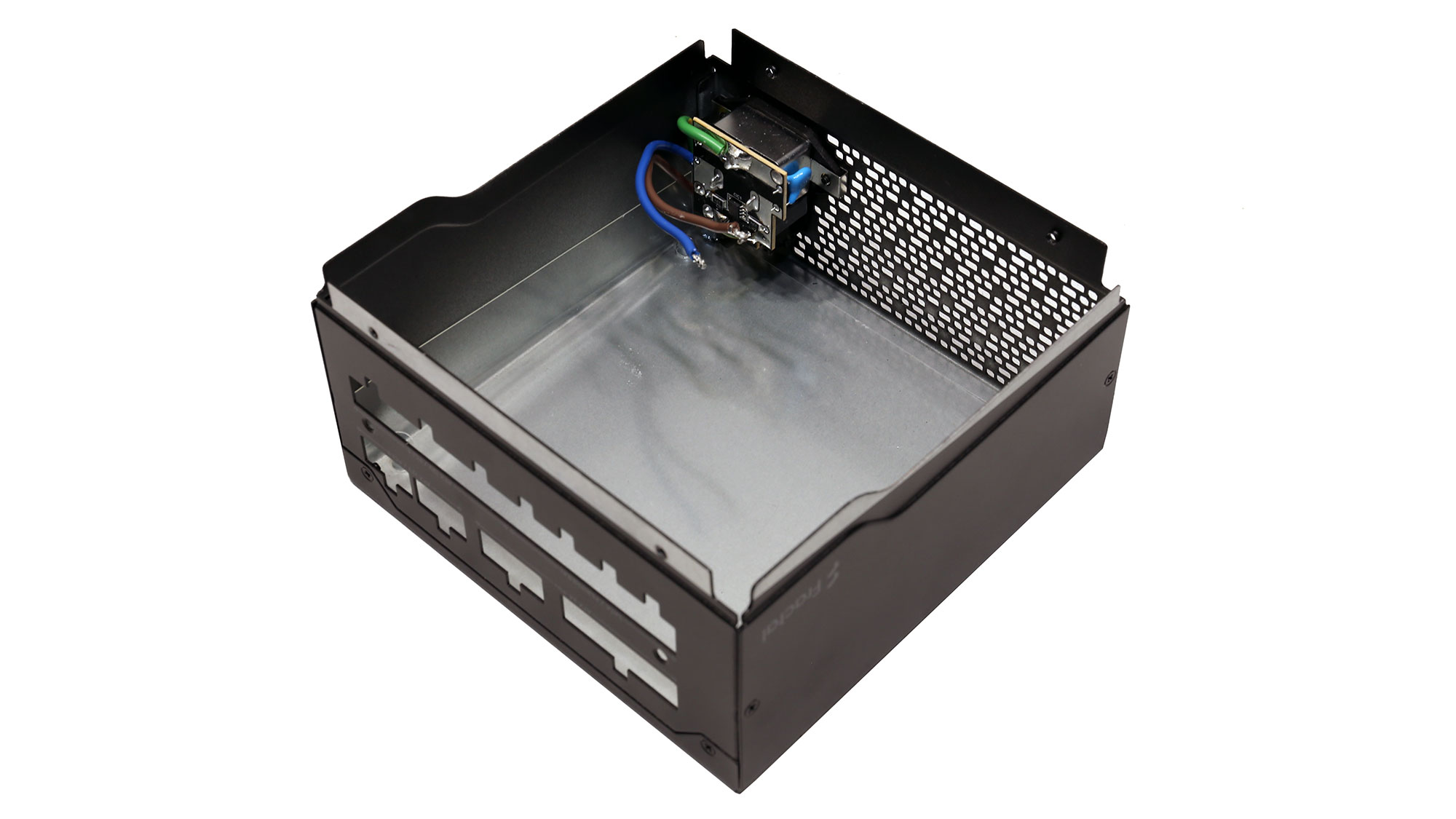
Transient filter
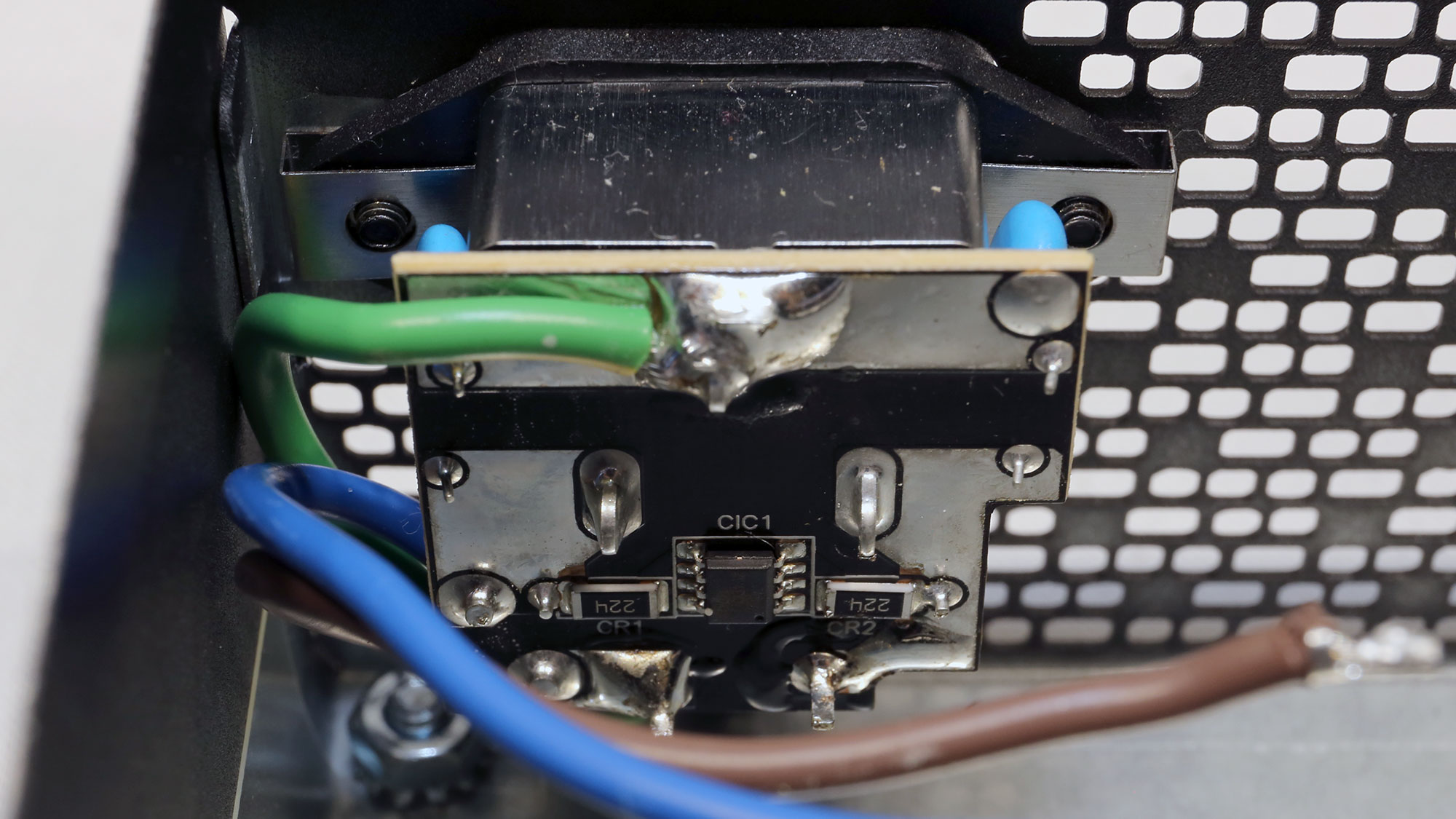
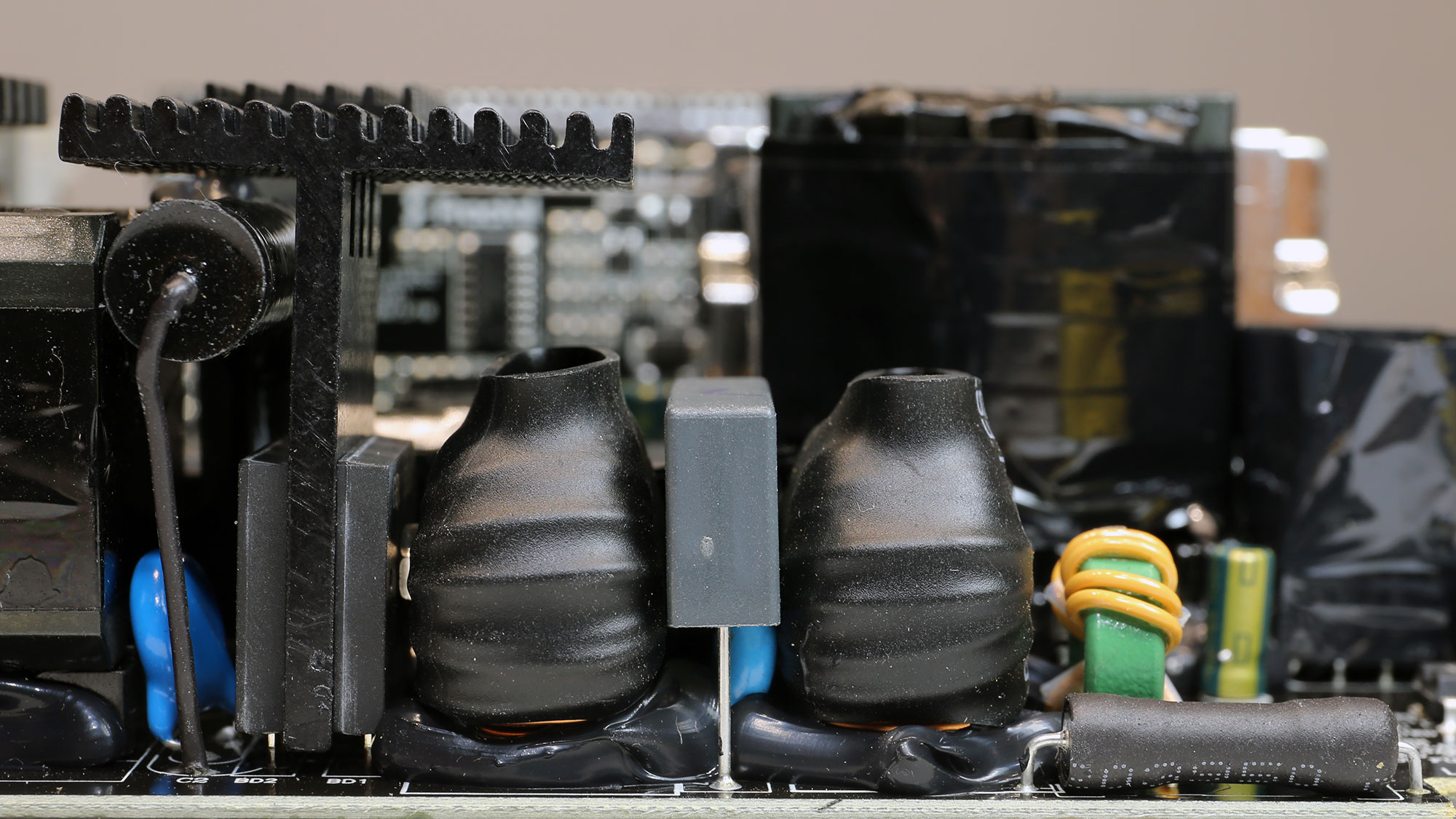
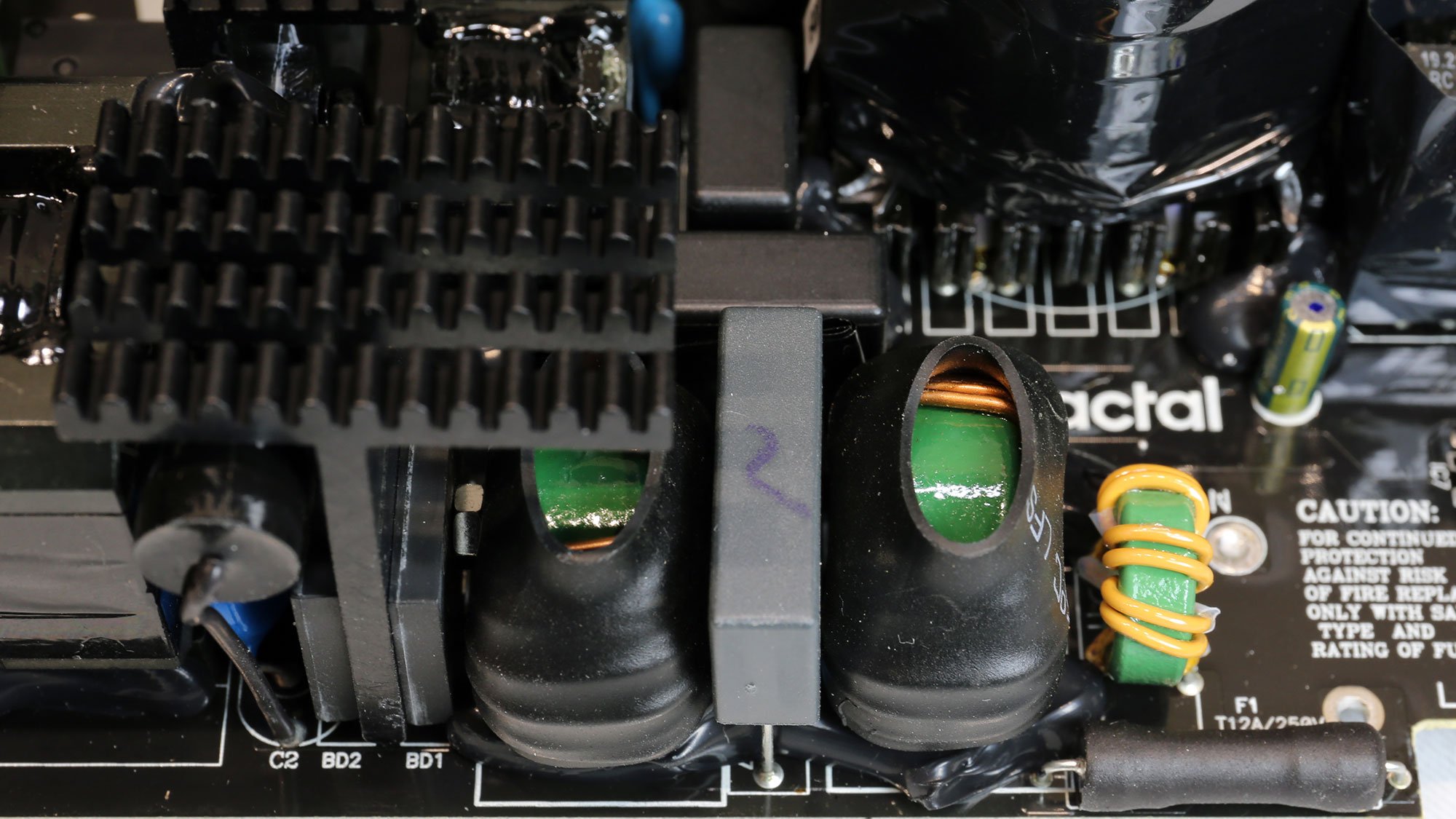
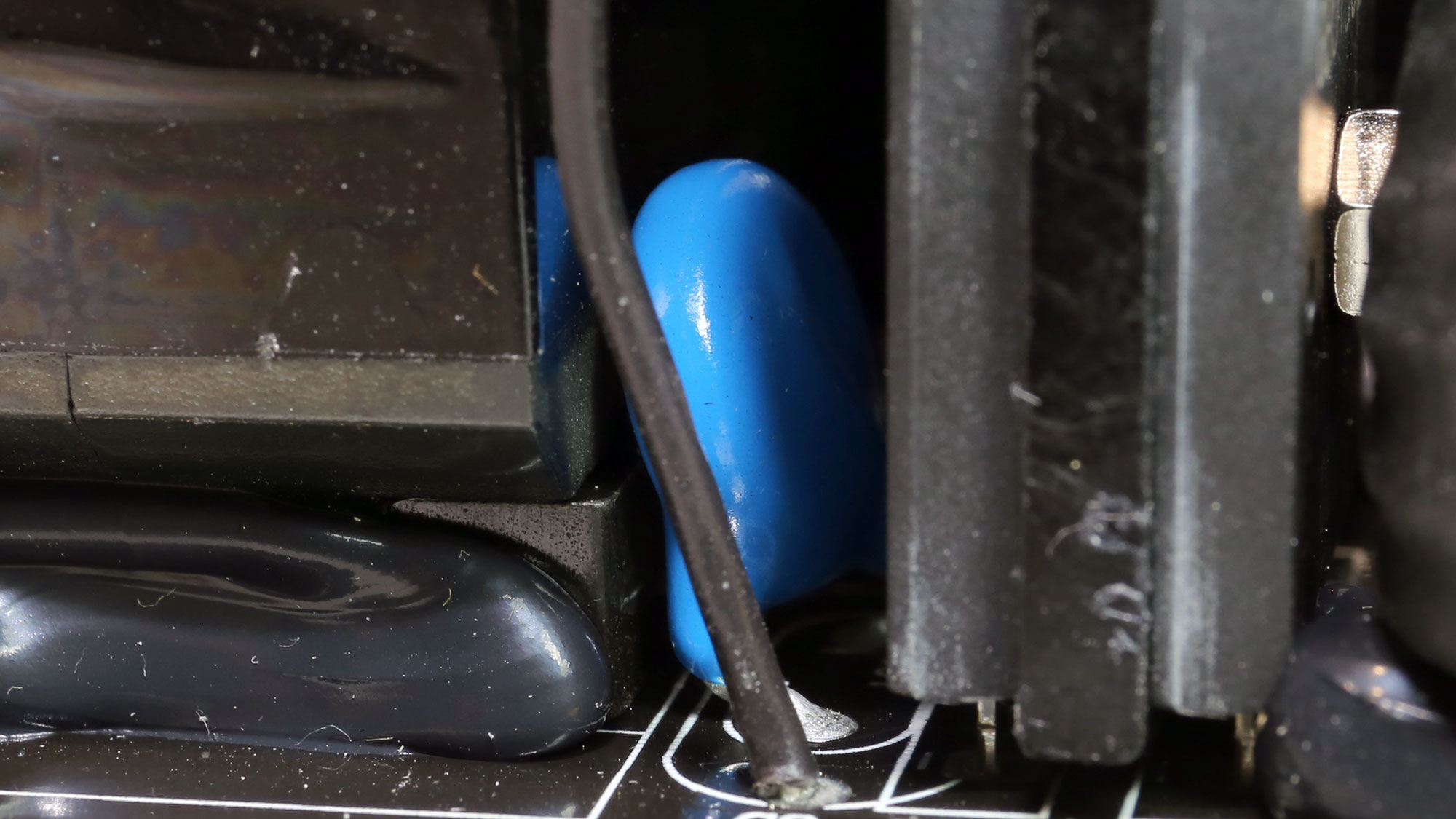
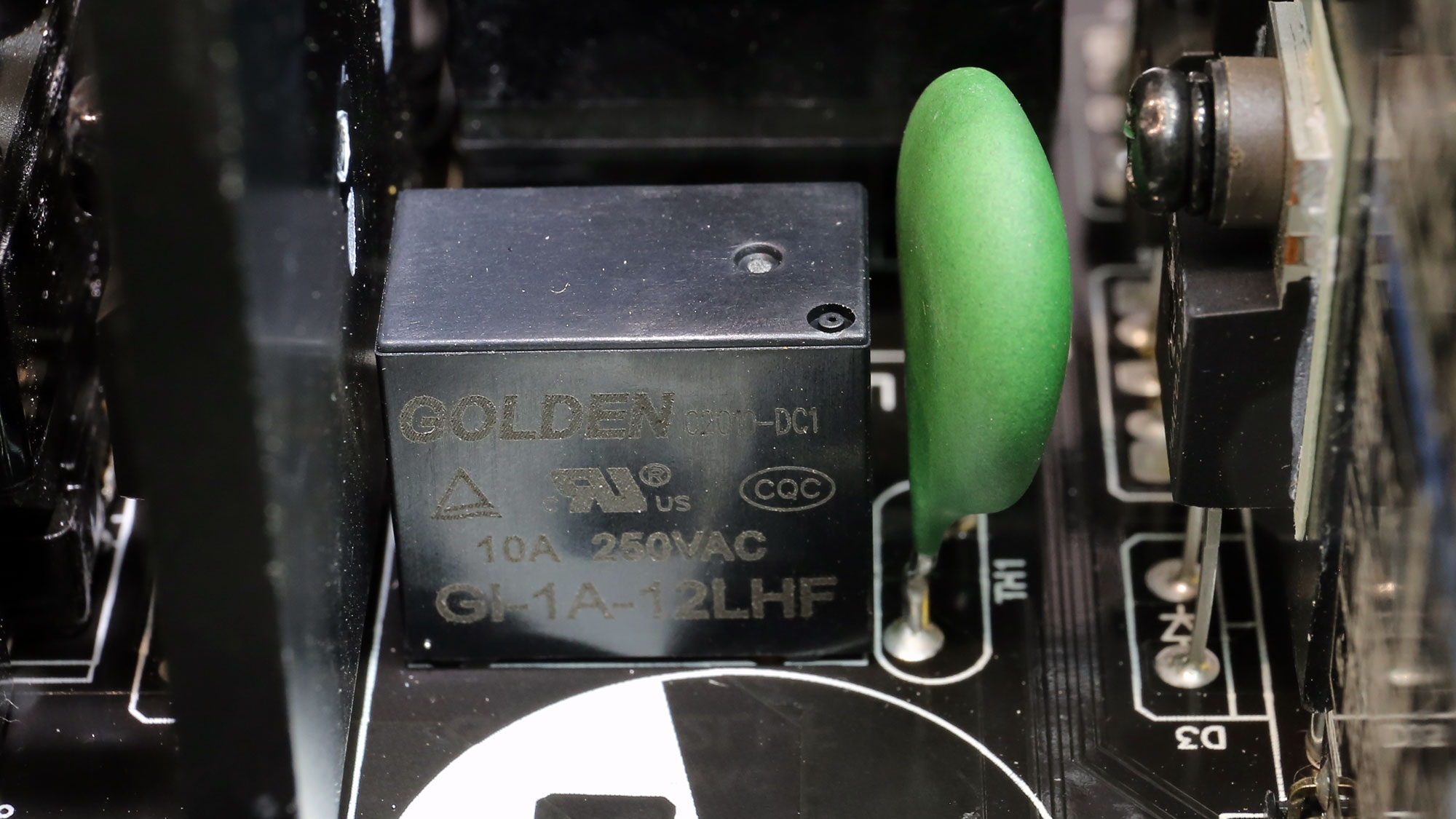
The unit's transient/EMI filter is complete. It also includes an MOV for protection against voltage surges. The large inrush currents are suppressed by an NTC thermistor and relay combo, which has satisfactory performance with 115V input. But with 230V input, we measured quite high inrush currents.
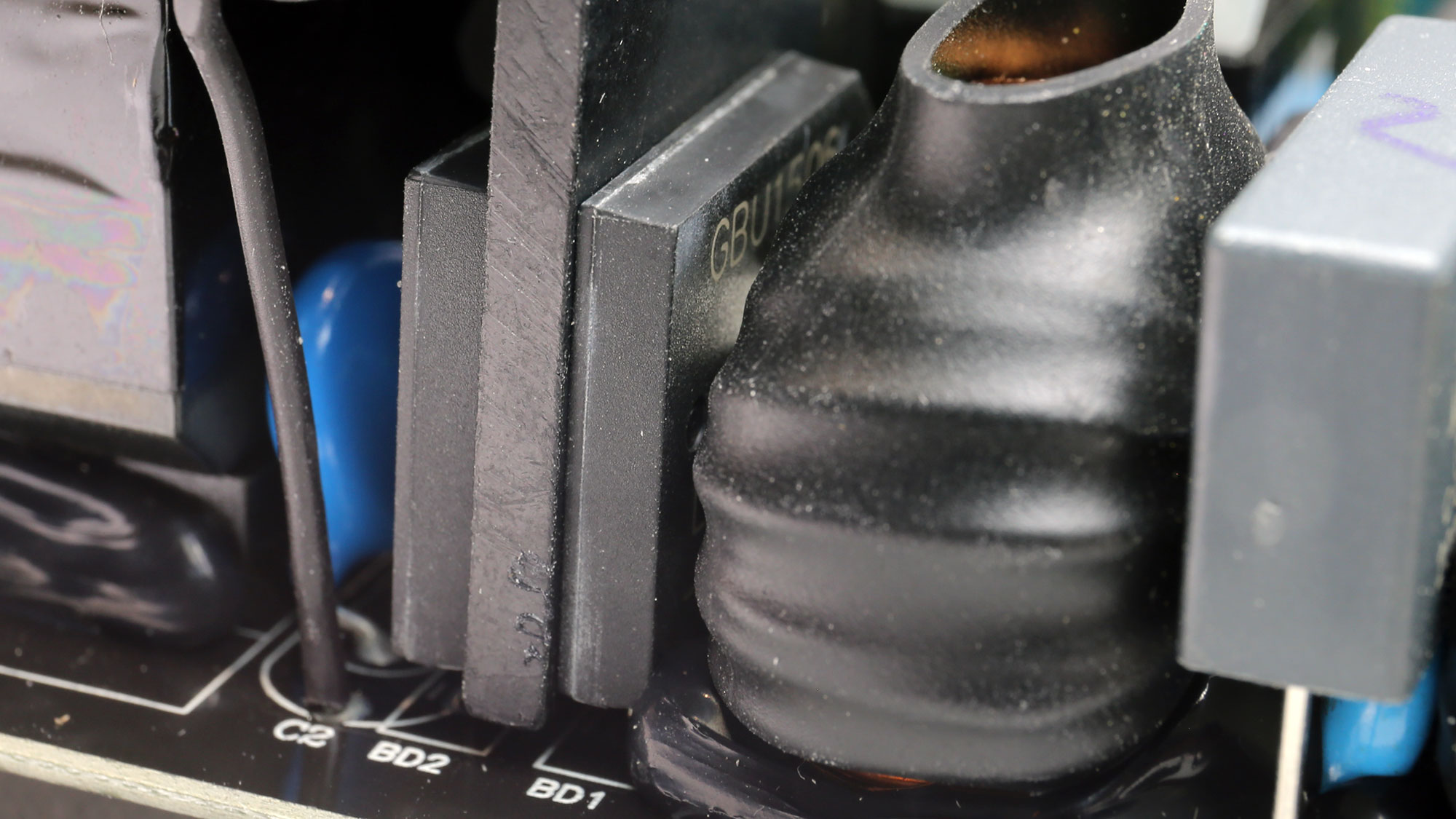
Bridge rectifiers
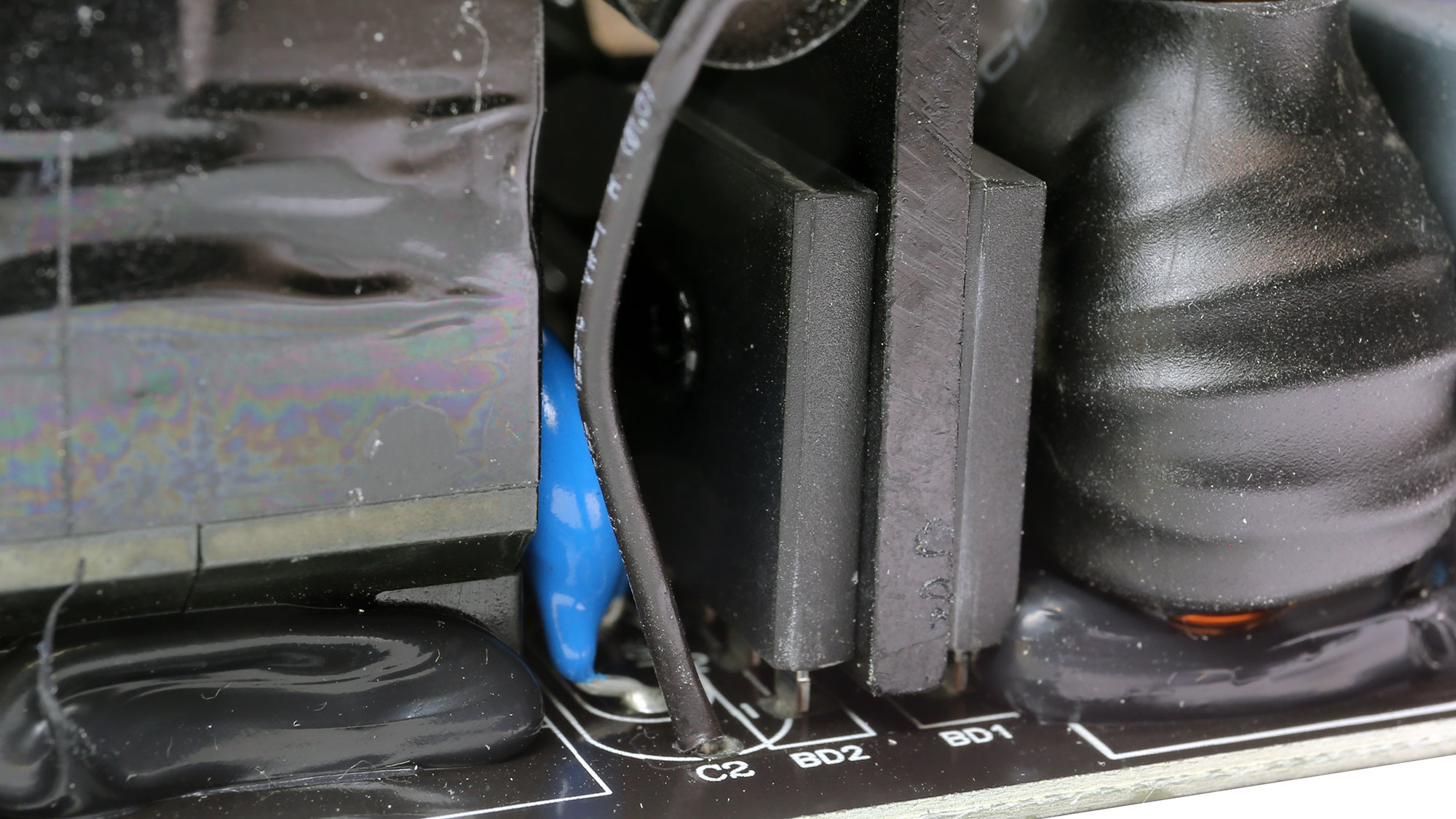
Two GBU1506 rectifiers transform the incoming AC signal to fully rectified DC. They can handle up to 30 Amps combined so that they won't have a problem supporting this PSU.
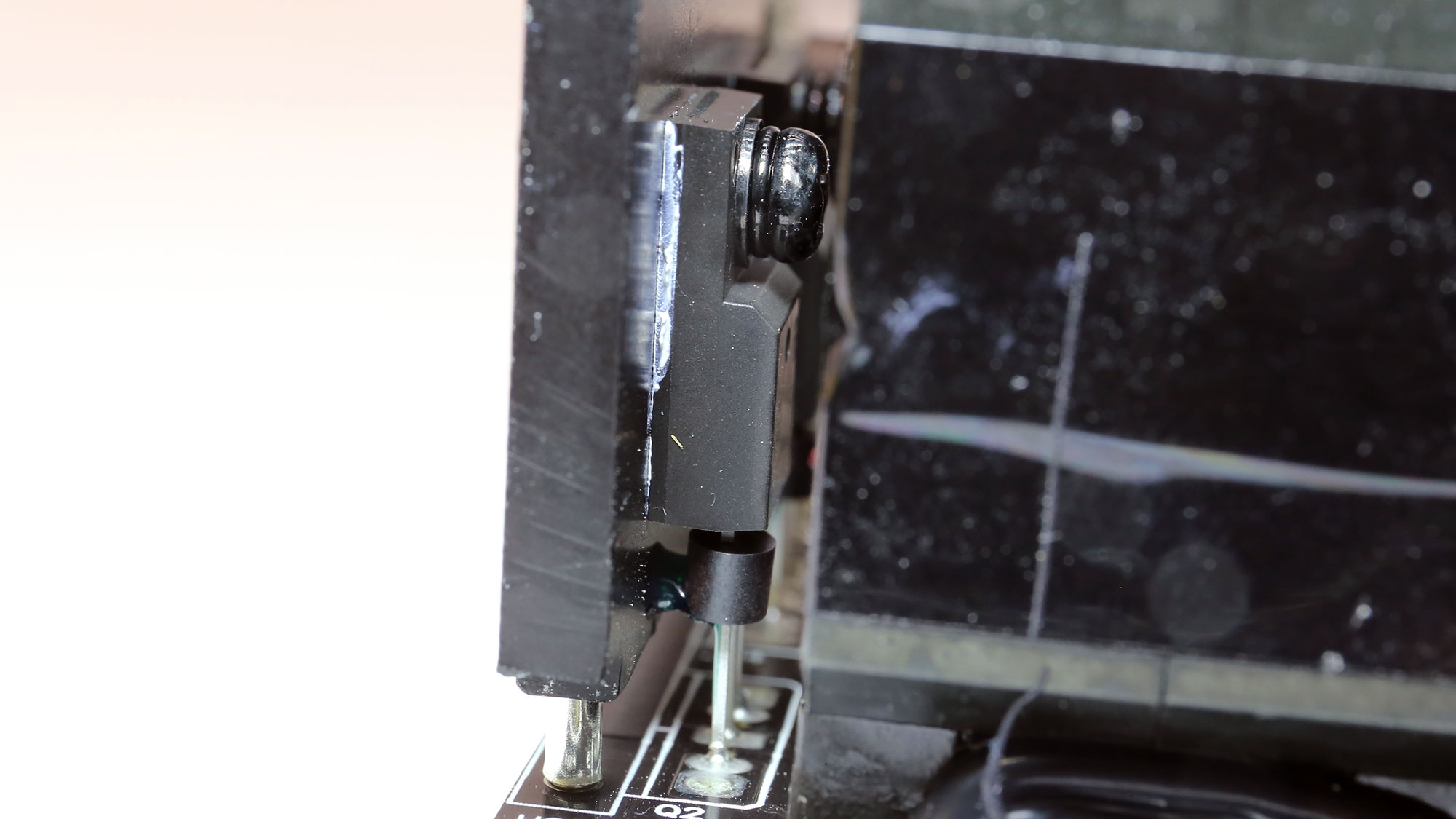
APFC converter
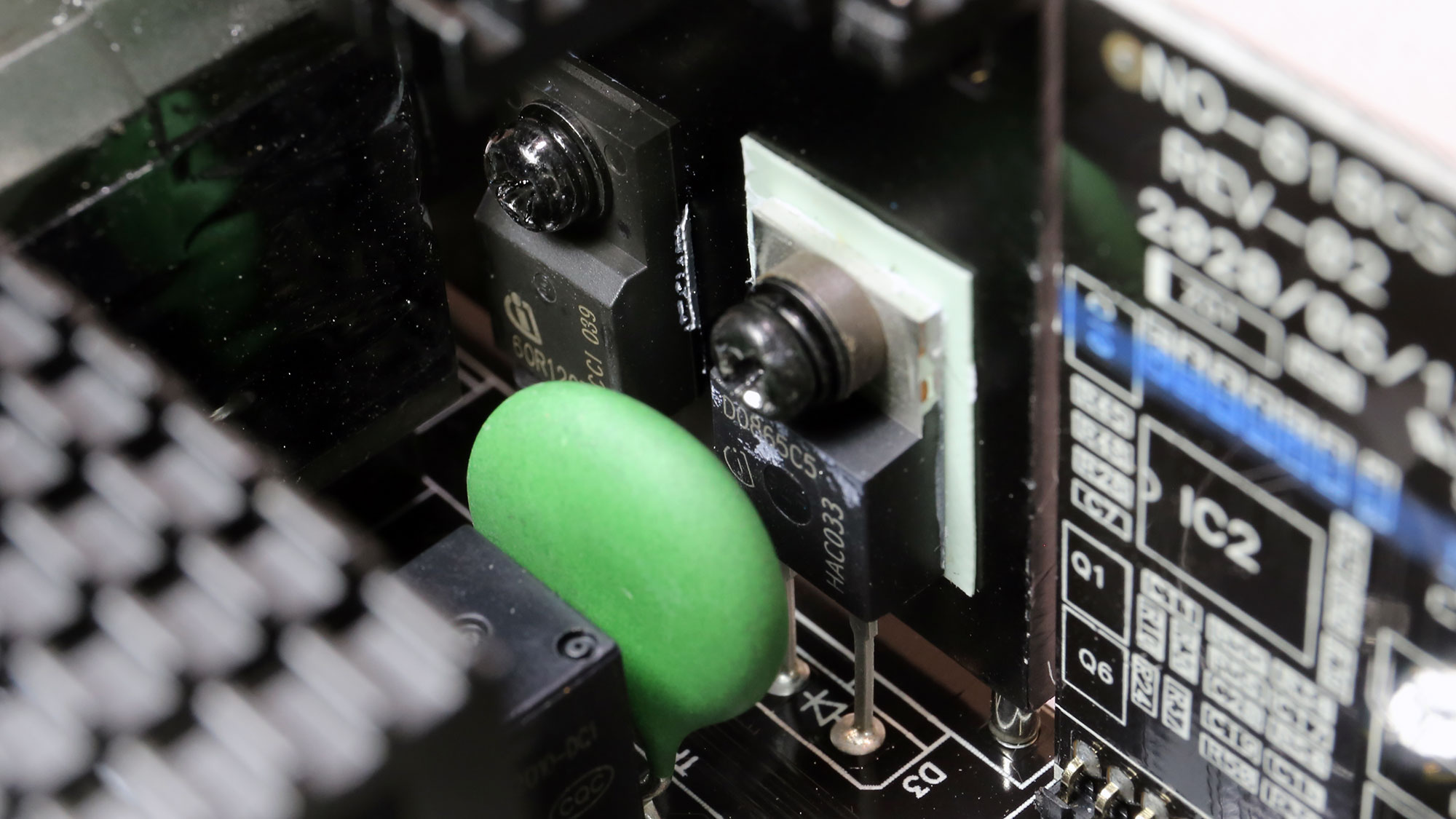
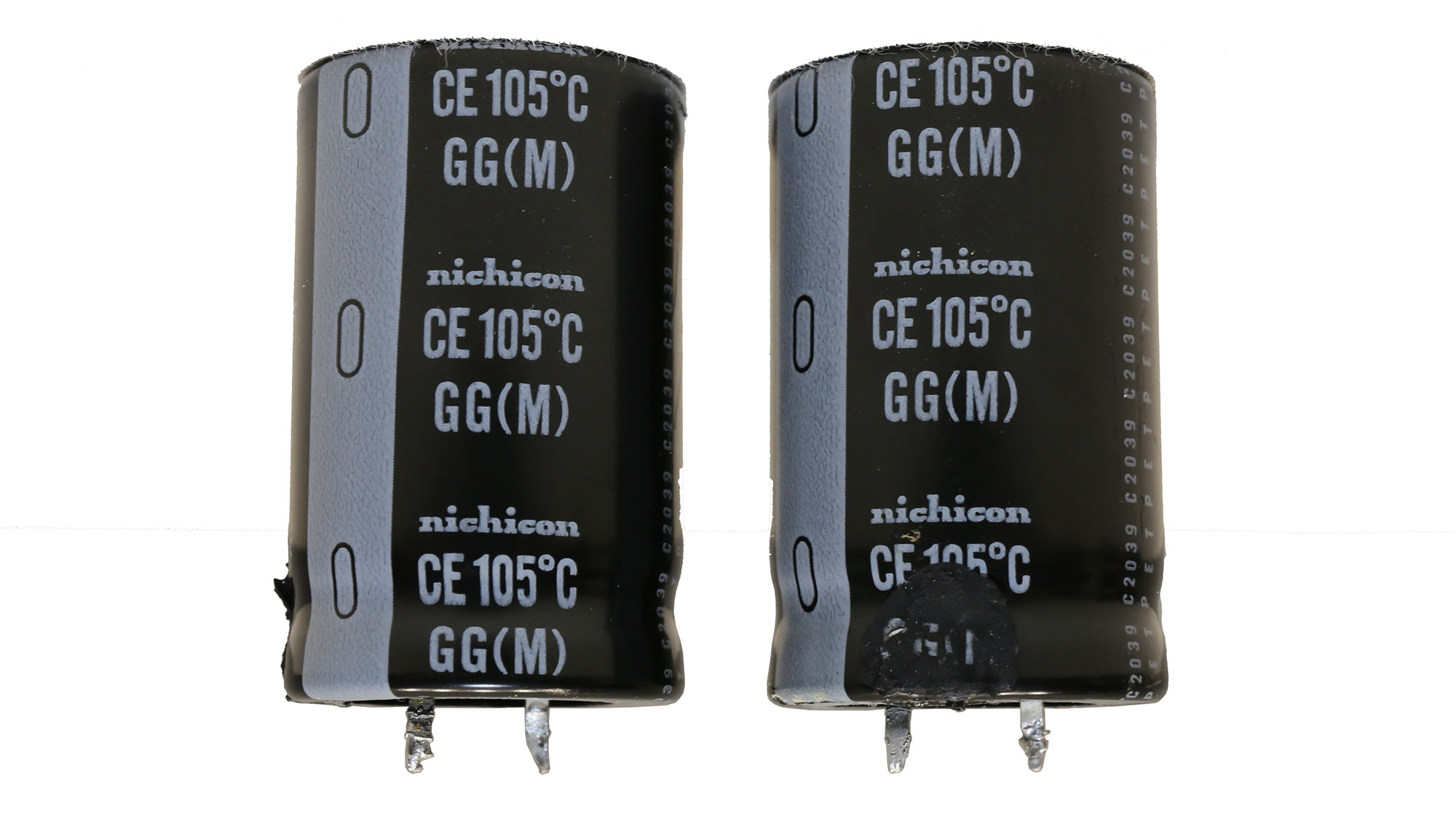
The APFC converter uses two Infineon FETs and a single boost diode provided by the same manufacturer. The bulk caps are by Nichicon and don't have enough combined capacity to provide a longer than 17ms hold-up time.
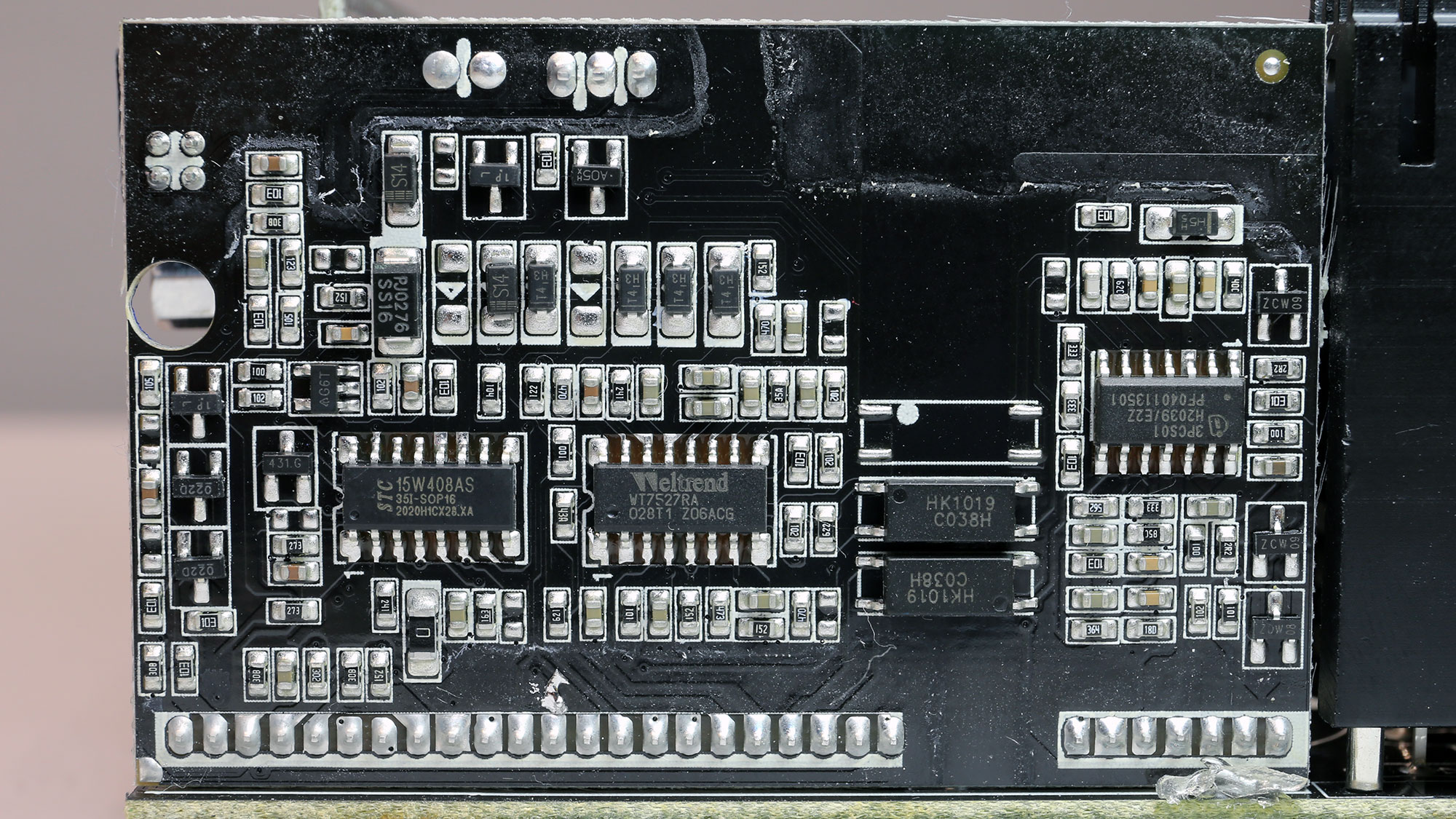
A side-board hosts the fan controller (an STC STC15W408AS MCU), the supervisor IC (WT7527RA), and the APFC controller (an Infineon ICE3PCS01G).
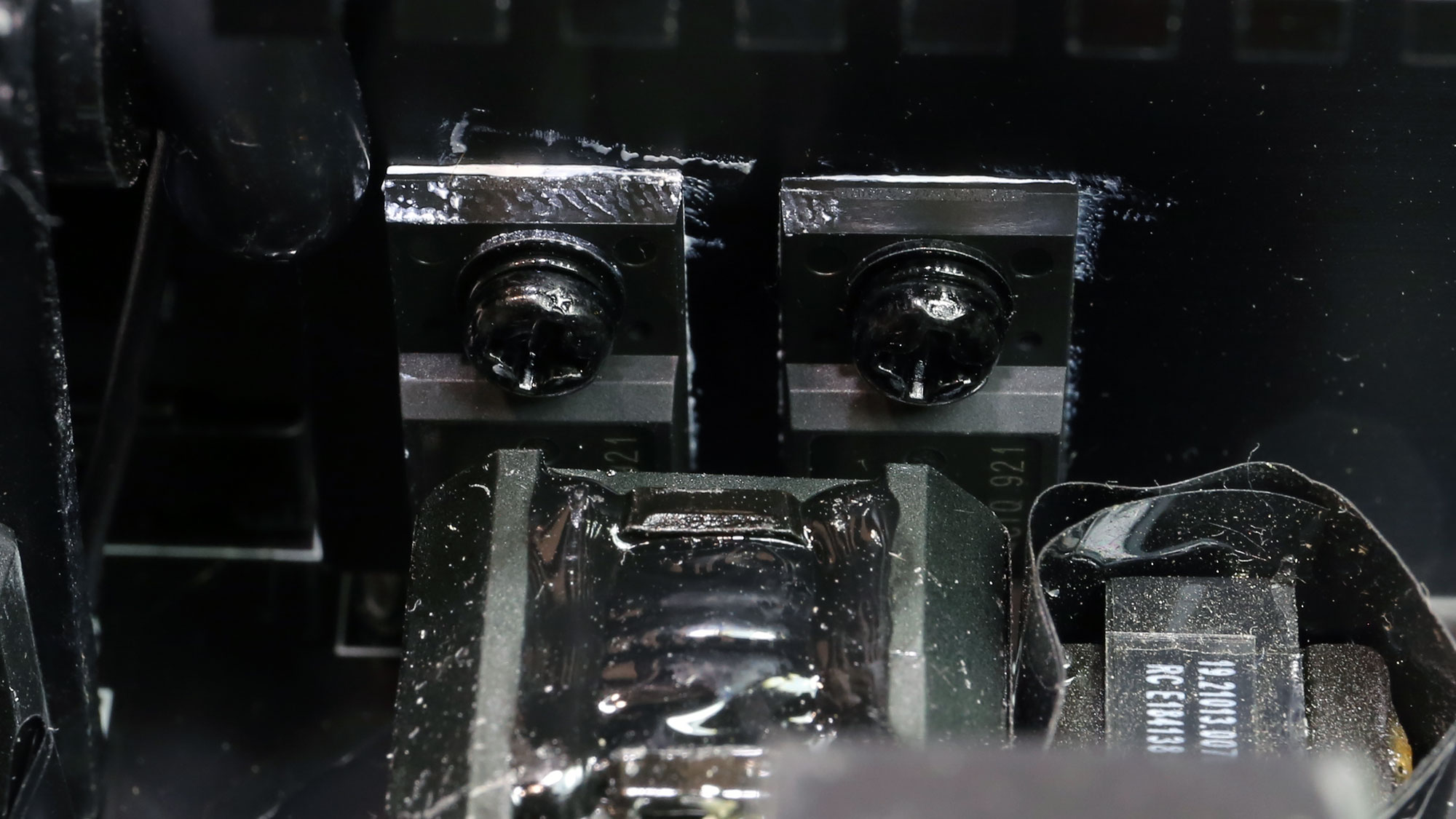
Main FETs and primary transformer
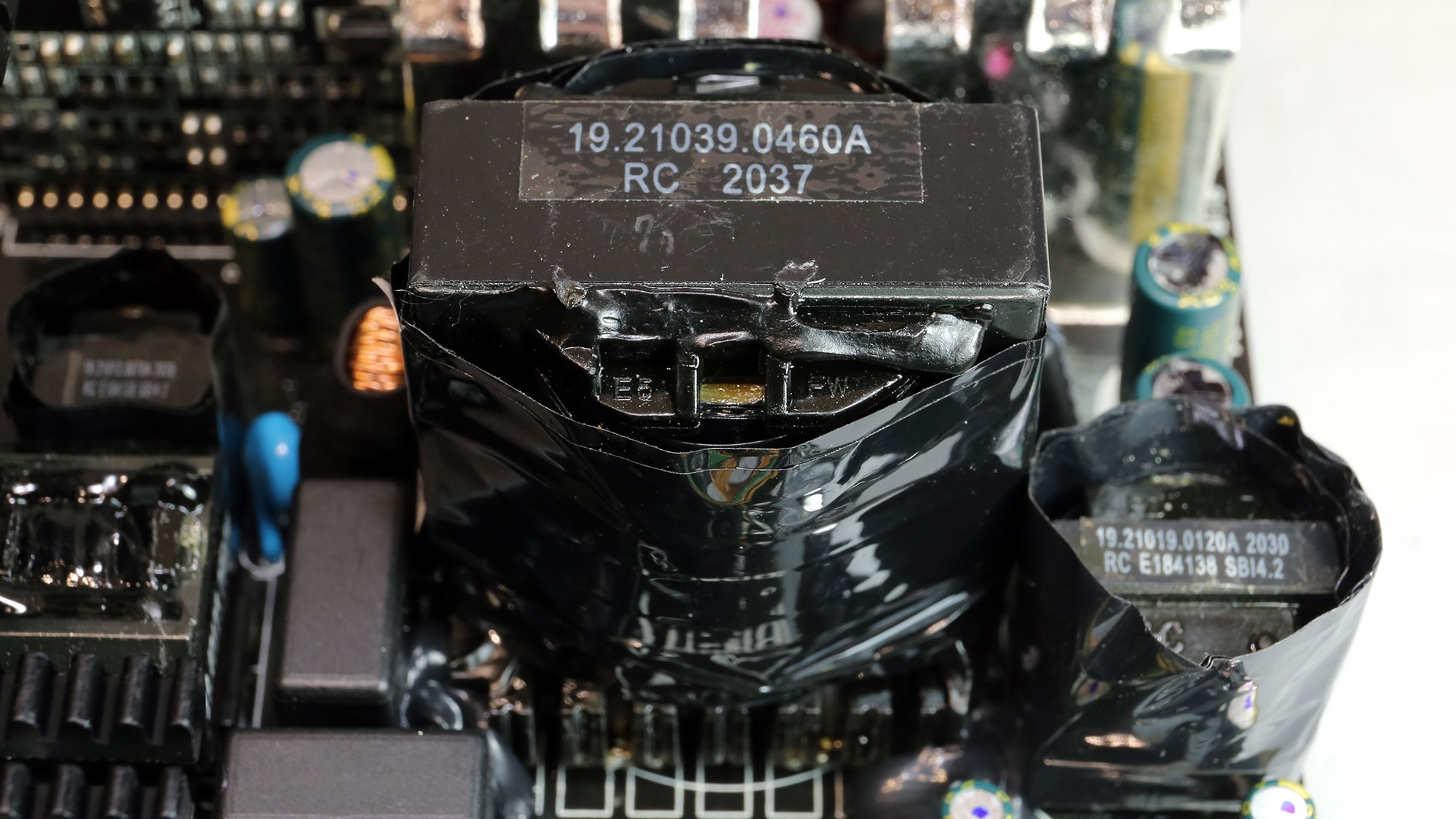
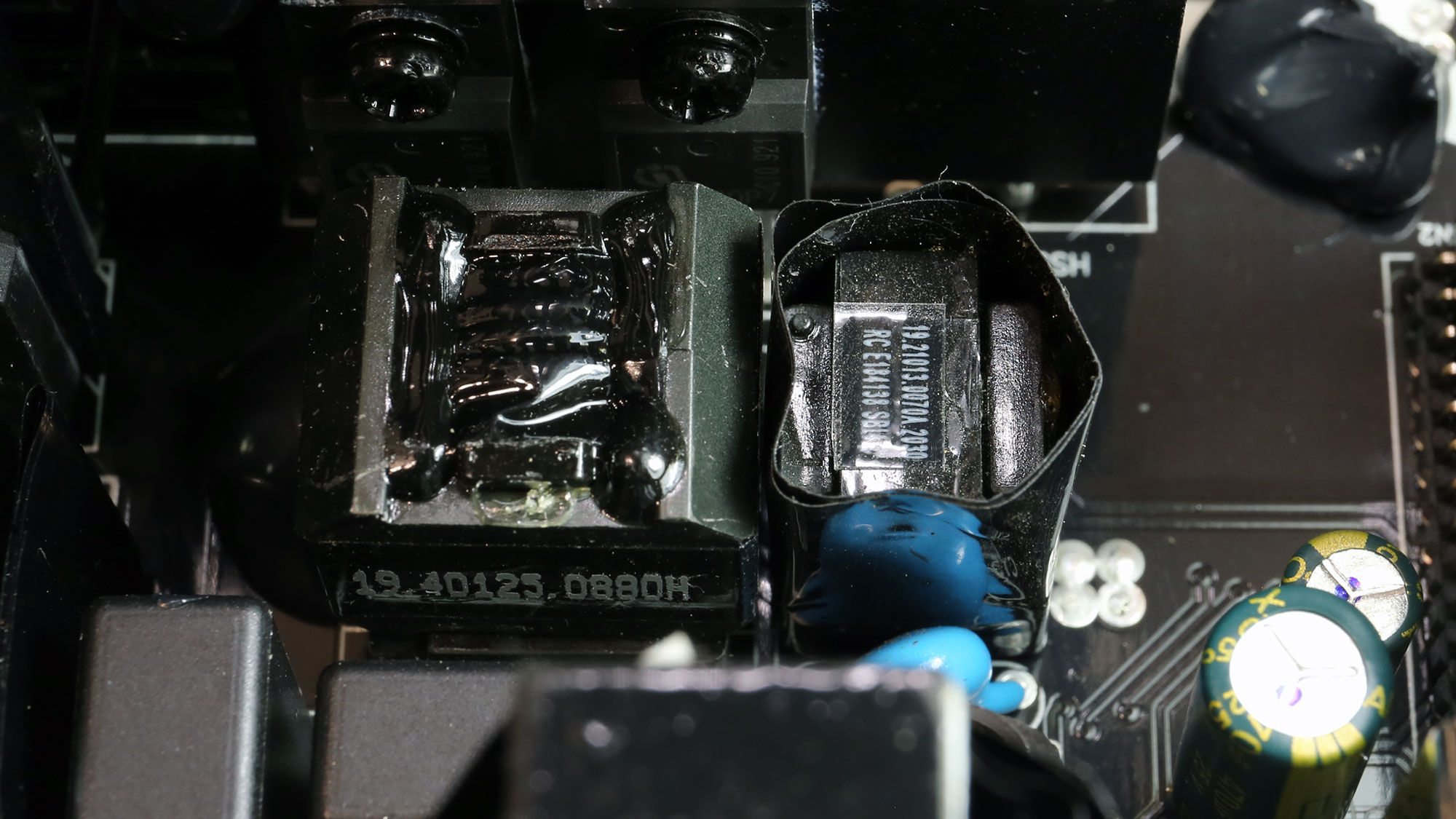
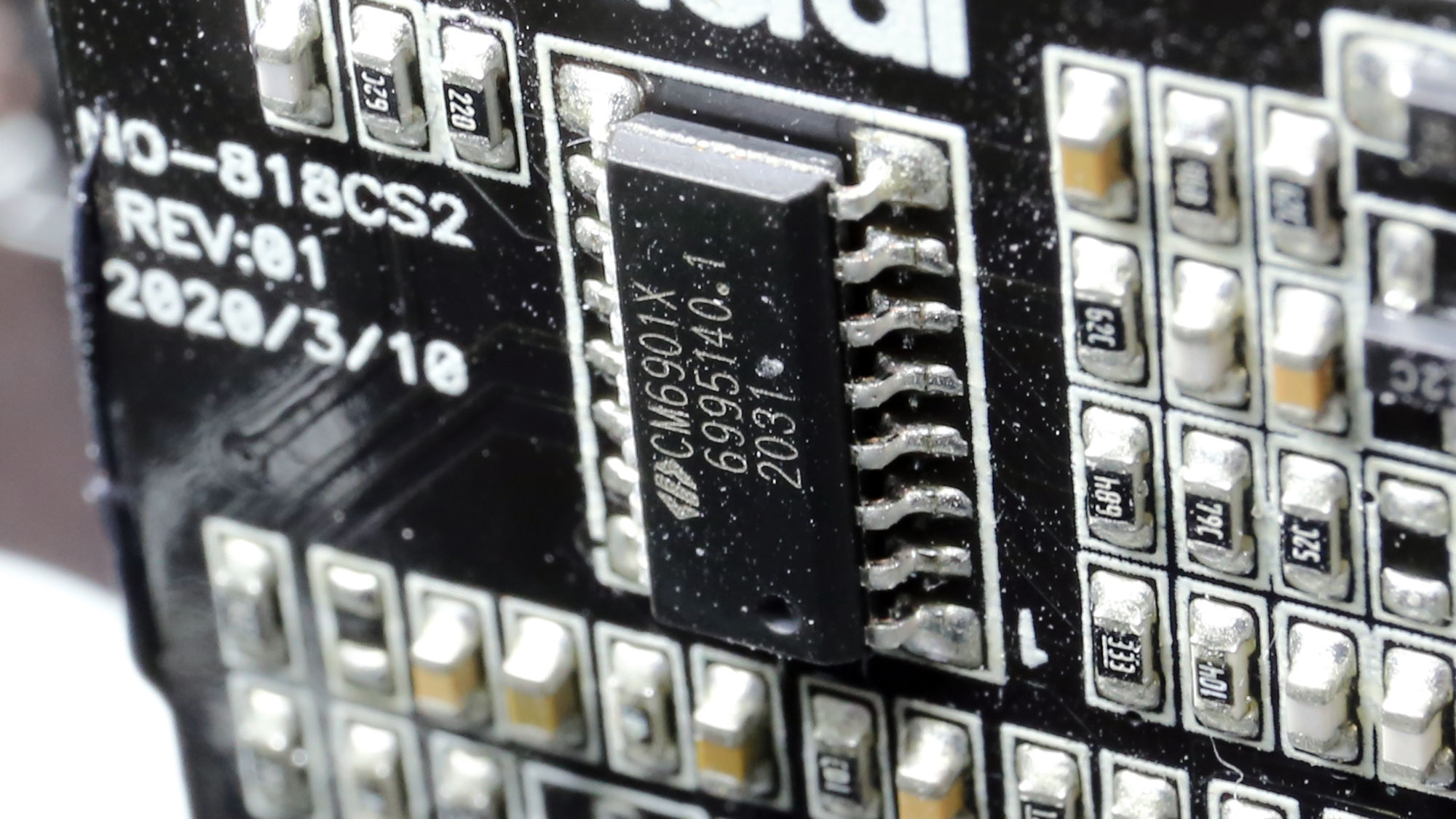
The main FETs, two Infineon IPA60R180P7S, are installed into a half-bridge topology. An LLC resonant converter is also used for increased efficiency. The resonant controller is a Champion CM6901X, which is typically used in high-efficiency platforms.
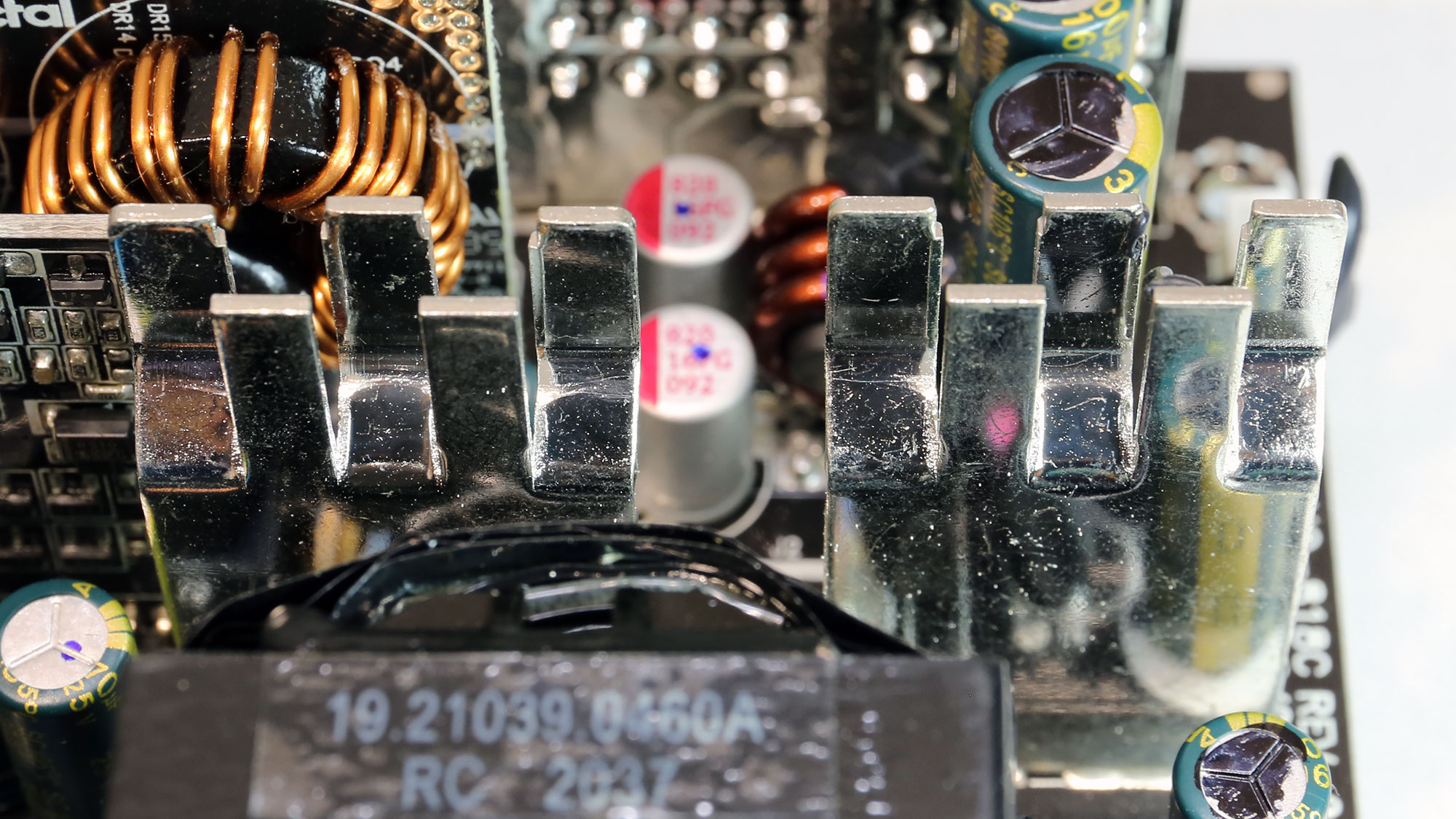
12V FETs and VRMs
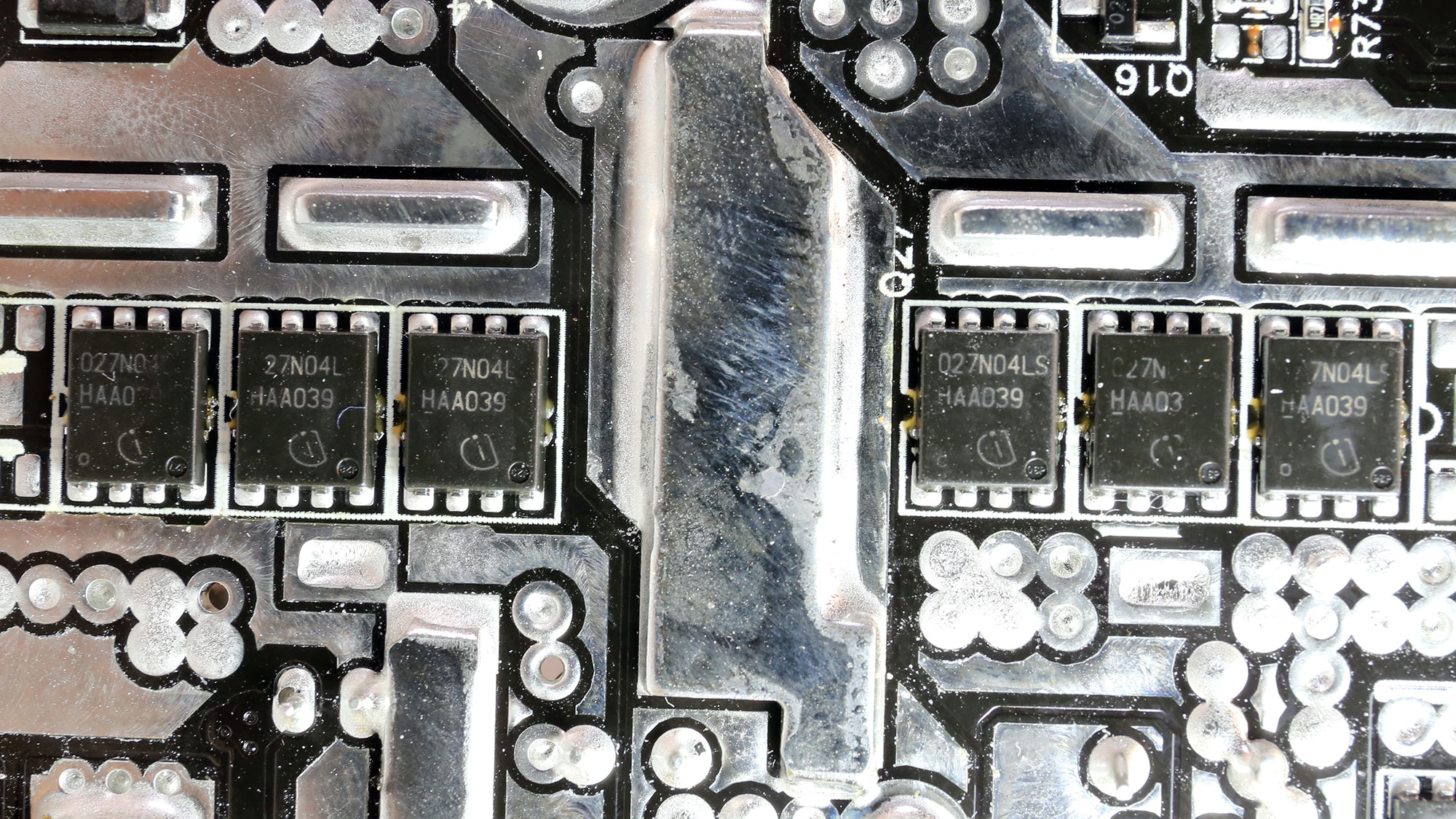
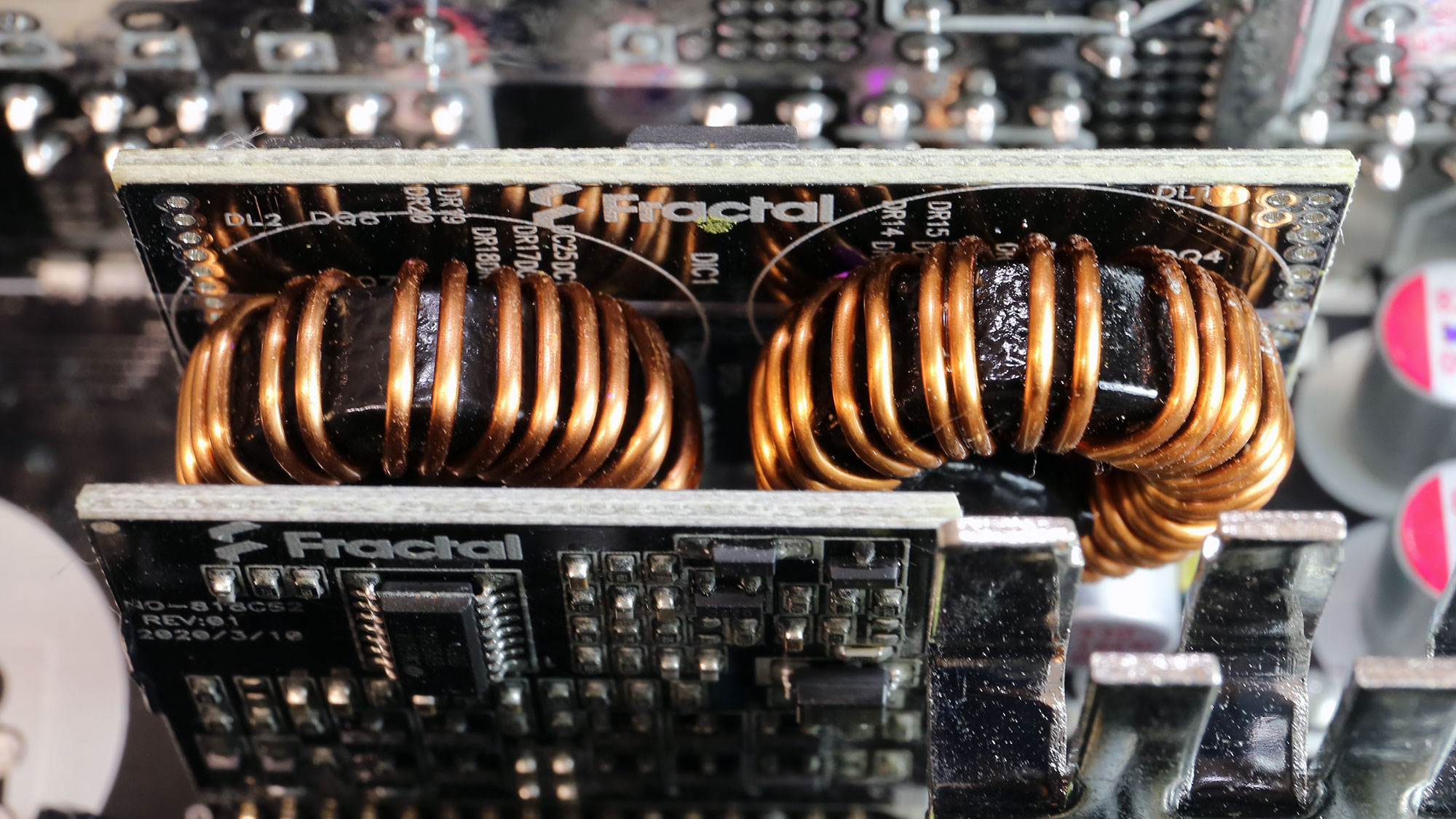
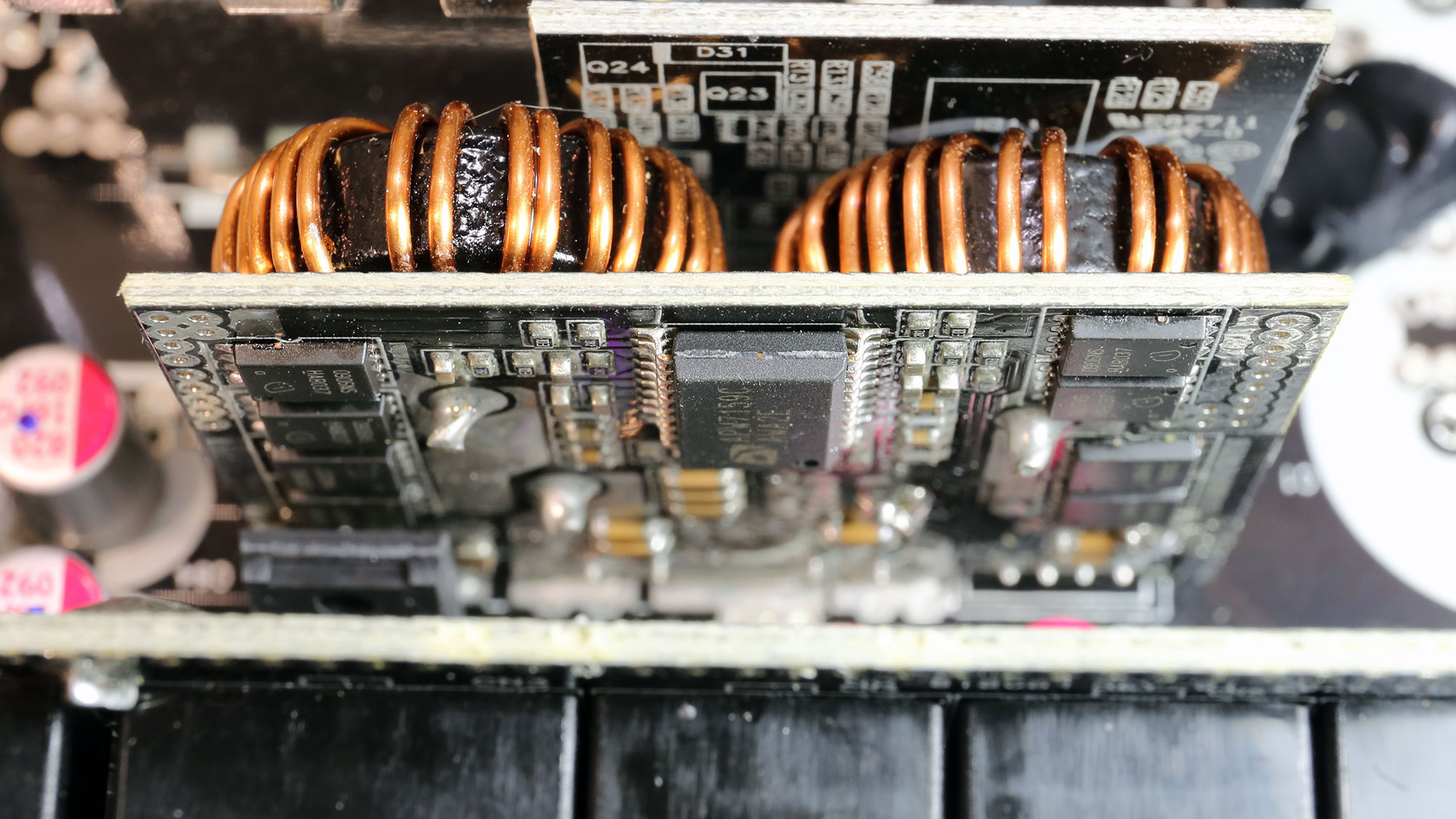
Six Infineon FETs handle the 12V rail, which feeds a pair of DC-DC converters for the minor rails' generation.
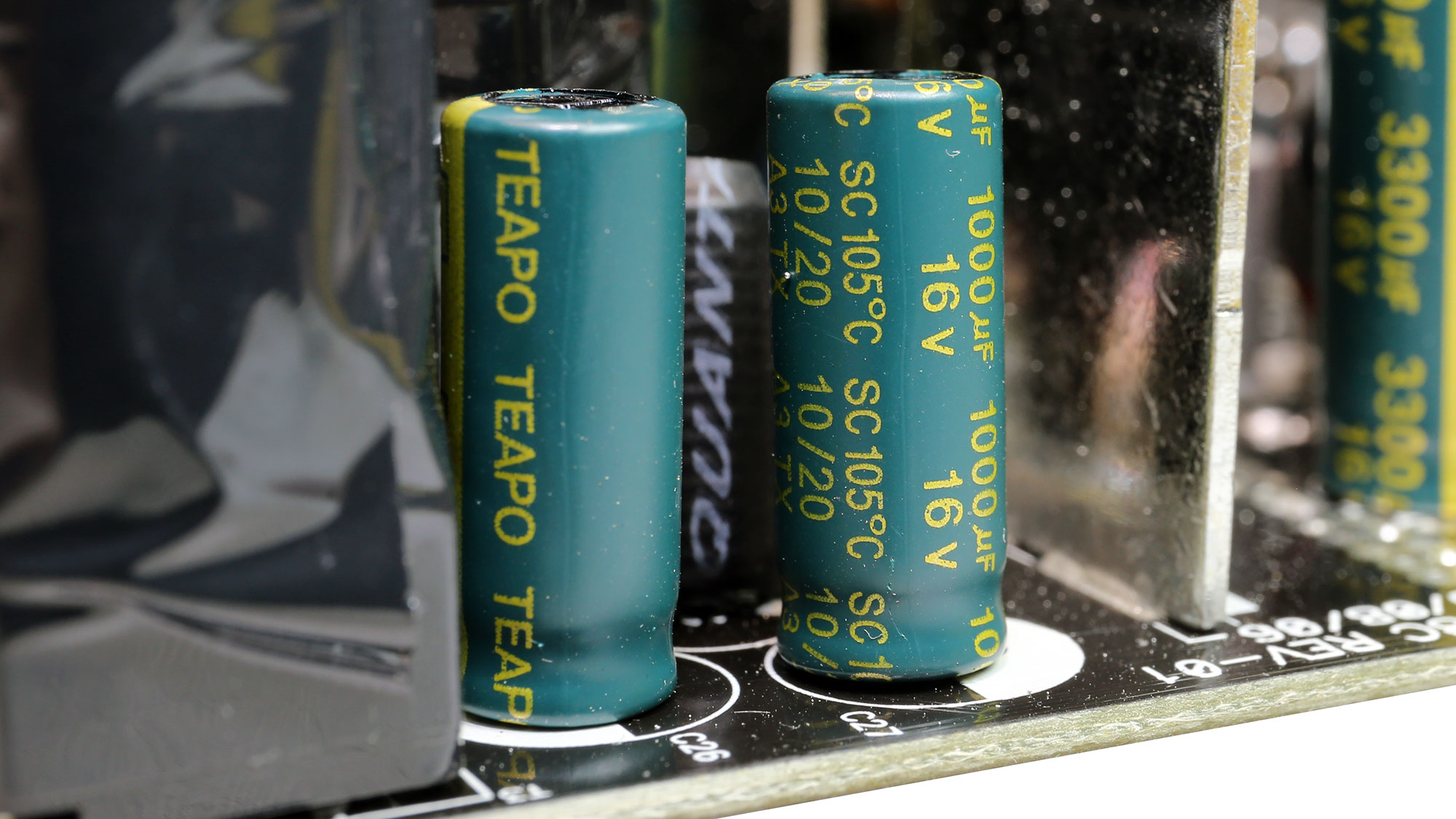
Filtering caps
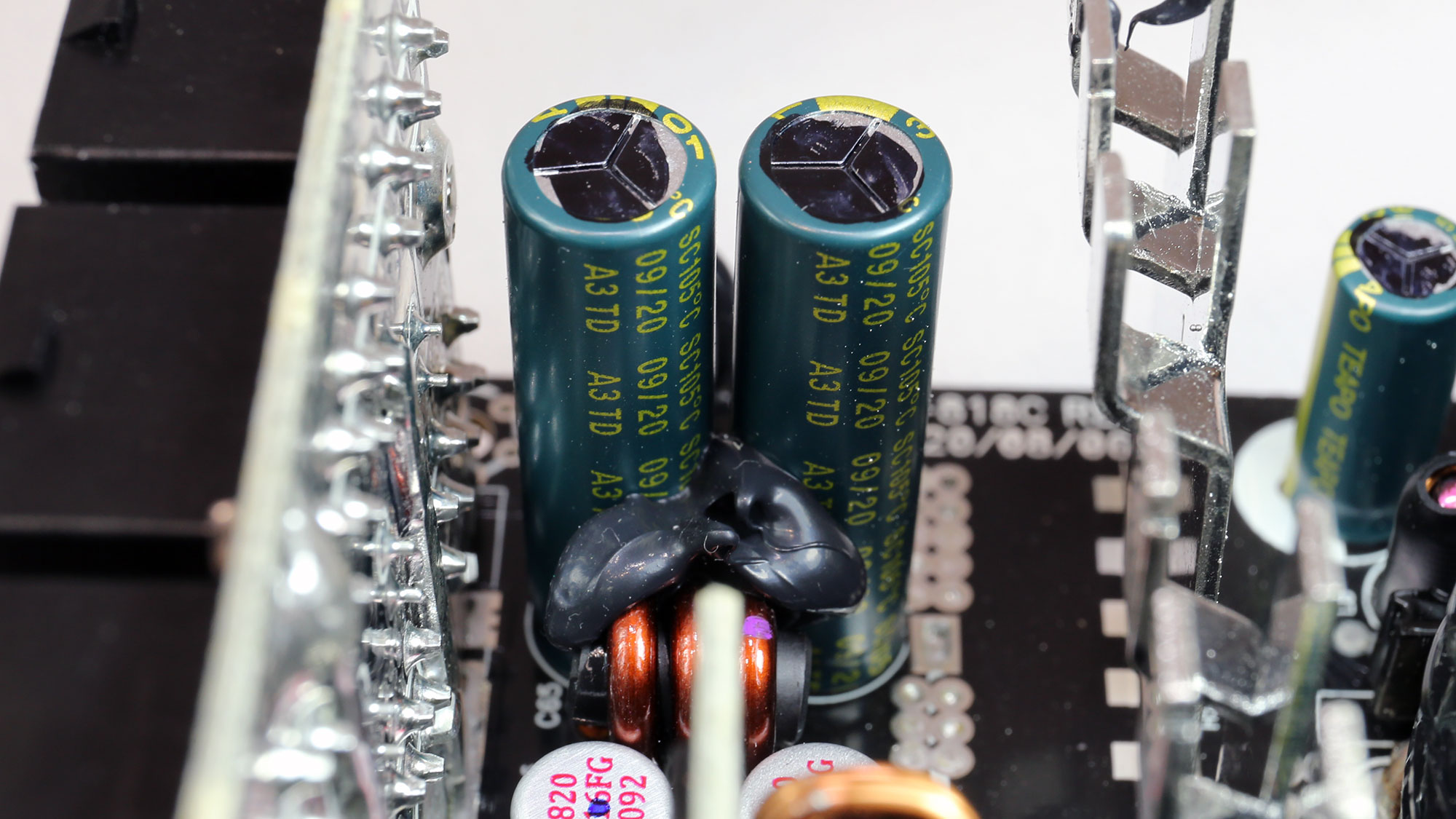
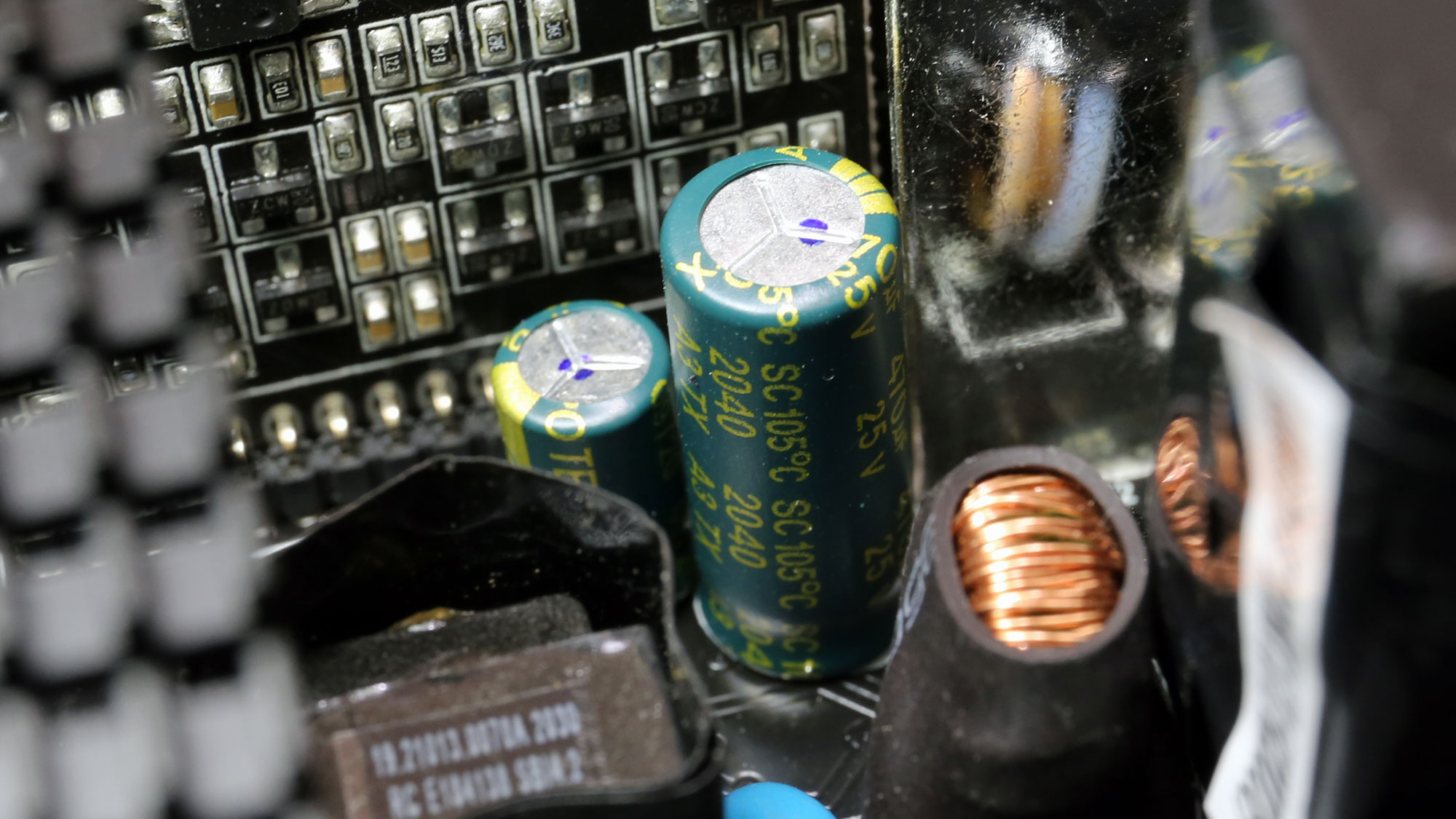
The electrolytic filtering caps are provided by Teapo and belong to its low-end SC line. Thankfully, the Ion Gold 850W also uses a large number of polymer caps for ripple filtering purposes.
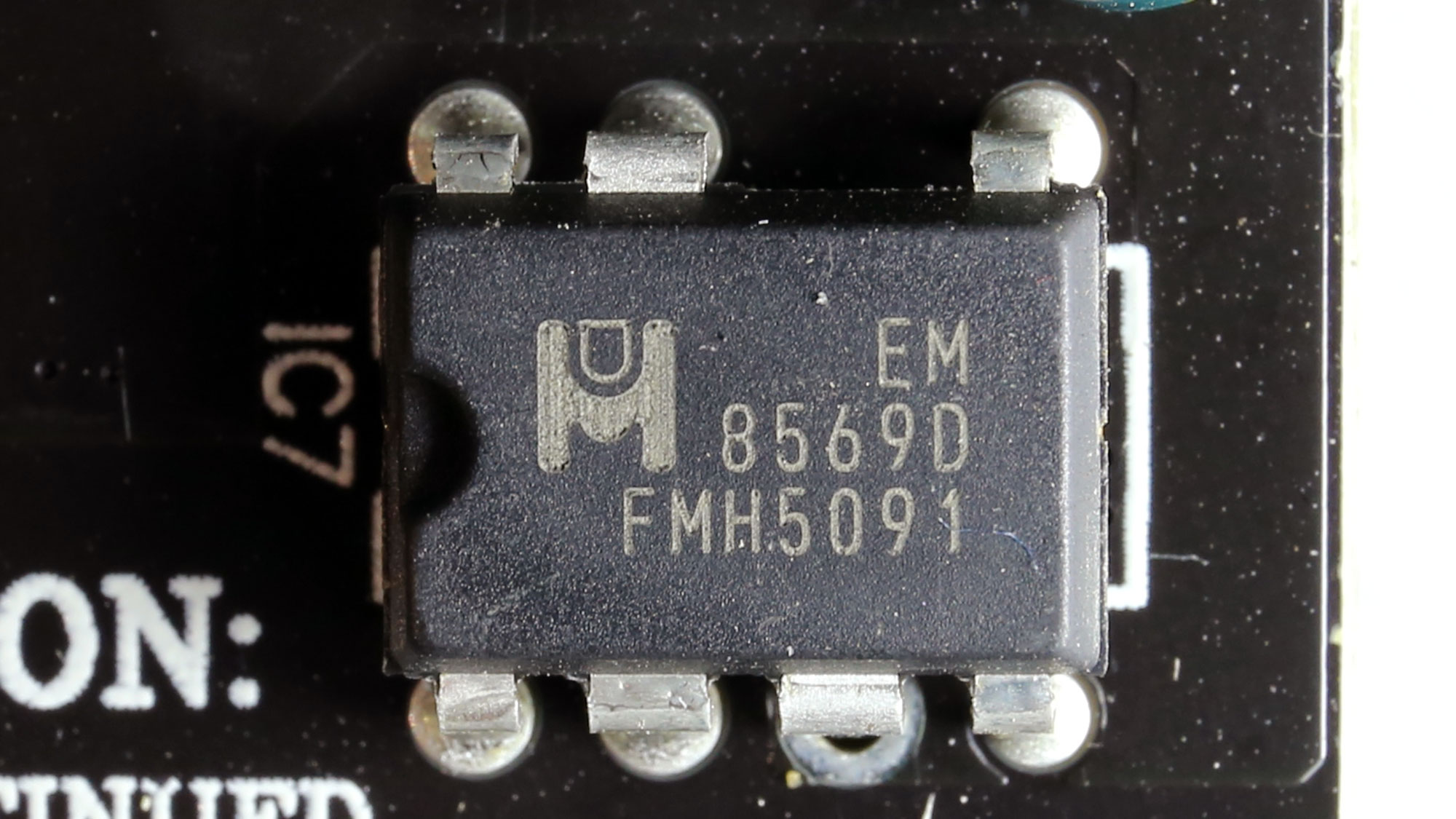
5VSB circuit
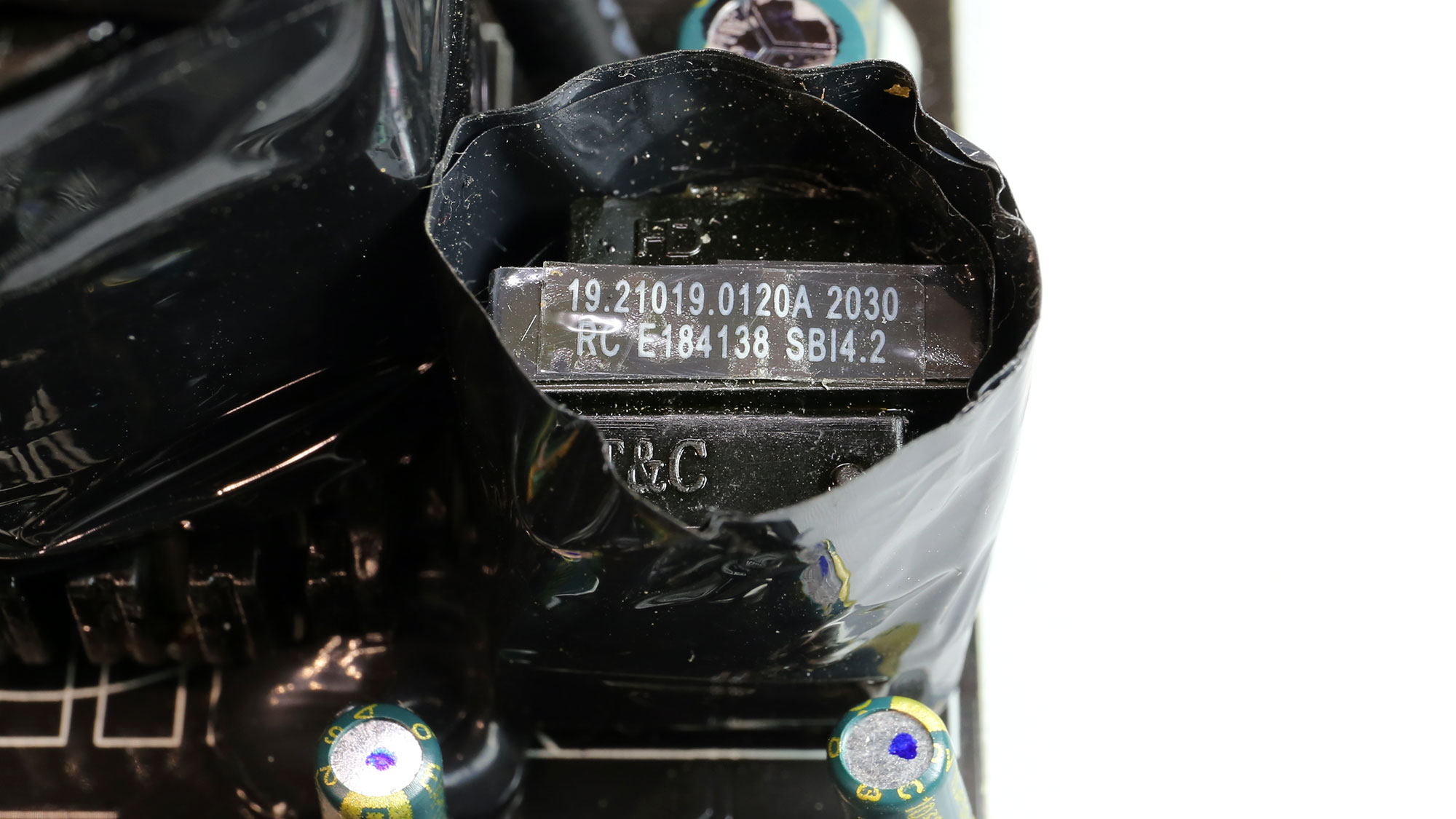
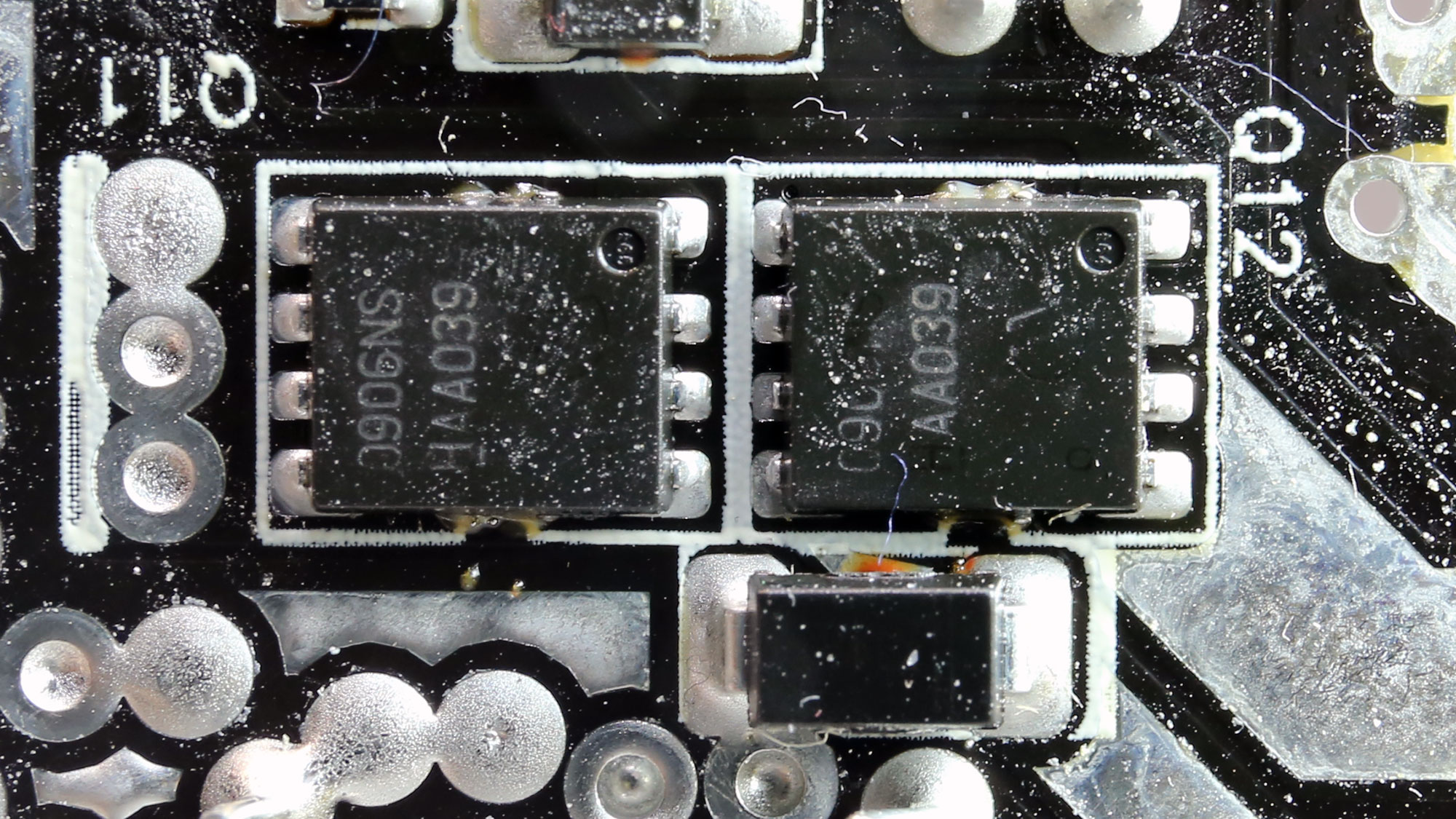
The standby PWM controller is an Excelliance MOS EM8569D IC. The rectifier on the secondary side is a P10V45 SBR. We also spotted two FETs, which might switch the 5VSB rail to 5V when the PSU is in operation.
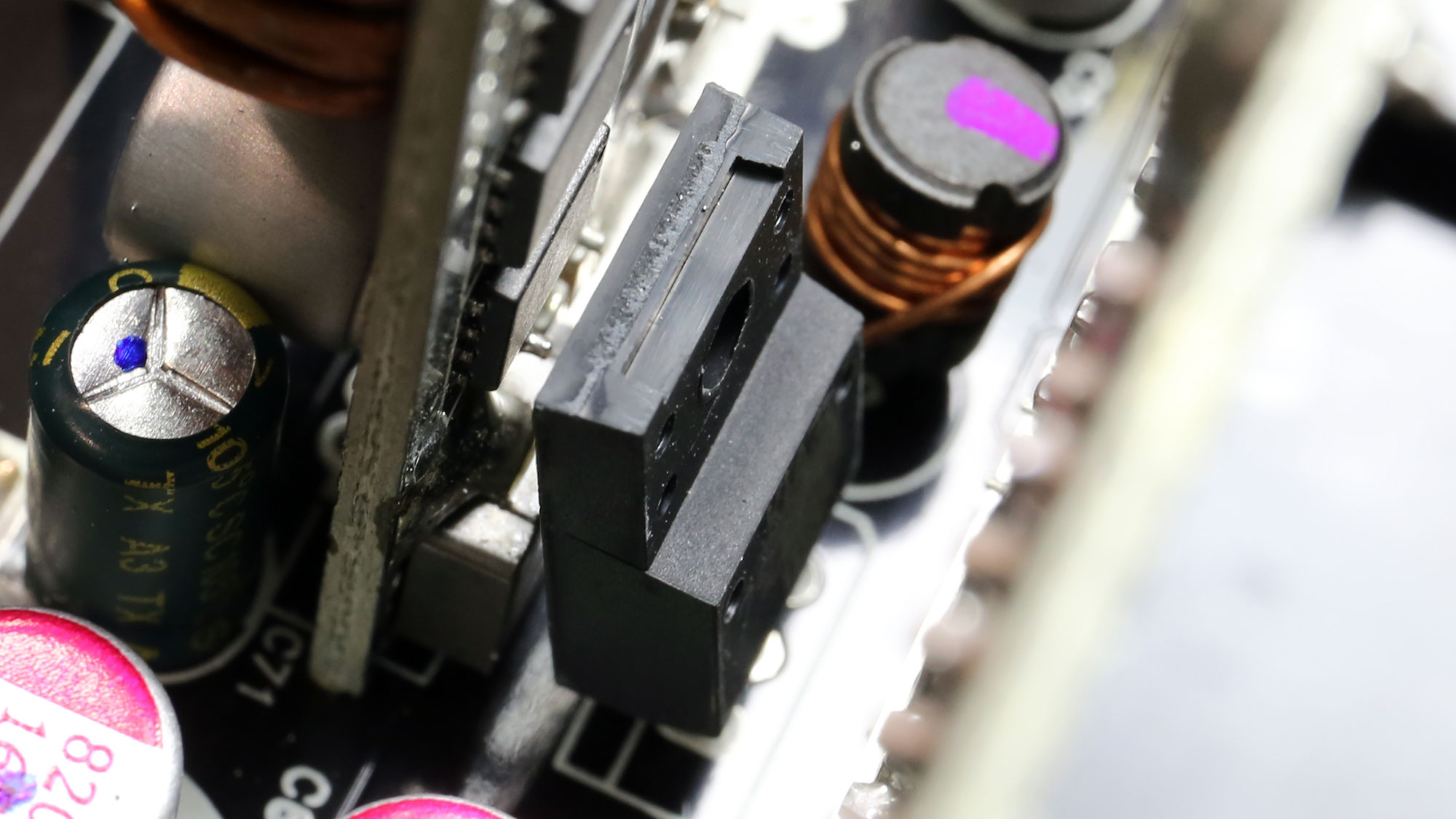
High Power uses a dedicated -12V rectifier IC in its high-end platforms. This is a good thing, since the aforementioned IC offers basic protection features, so the PSU won't fail if anything goes wrong in this insignificant rail.
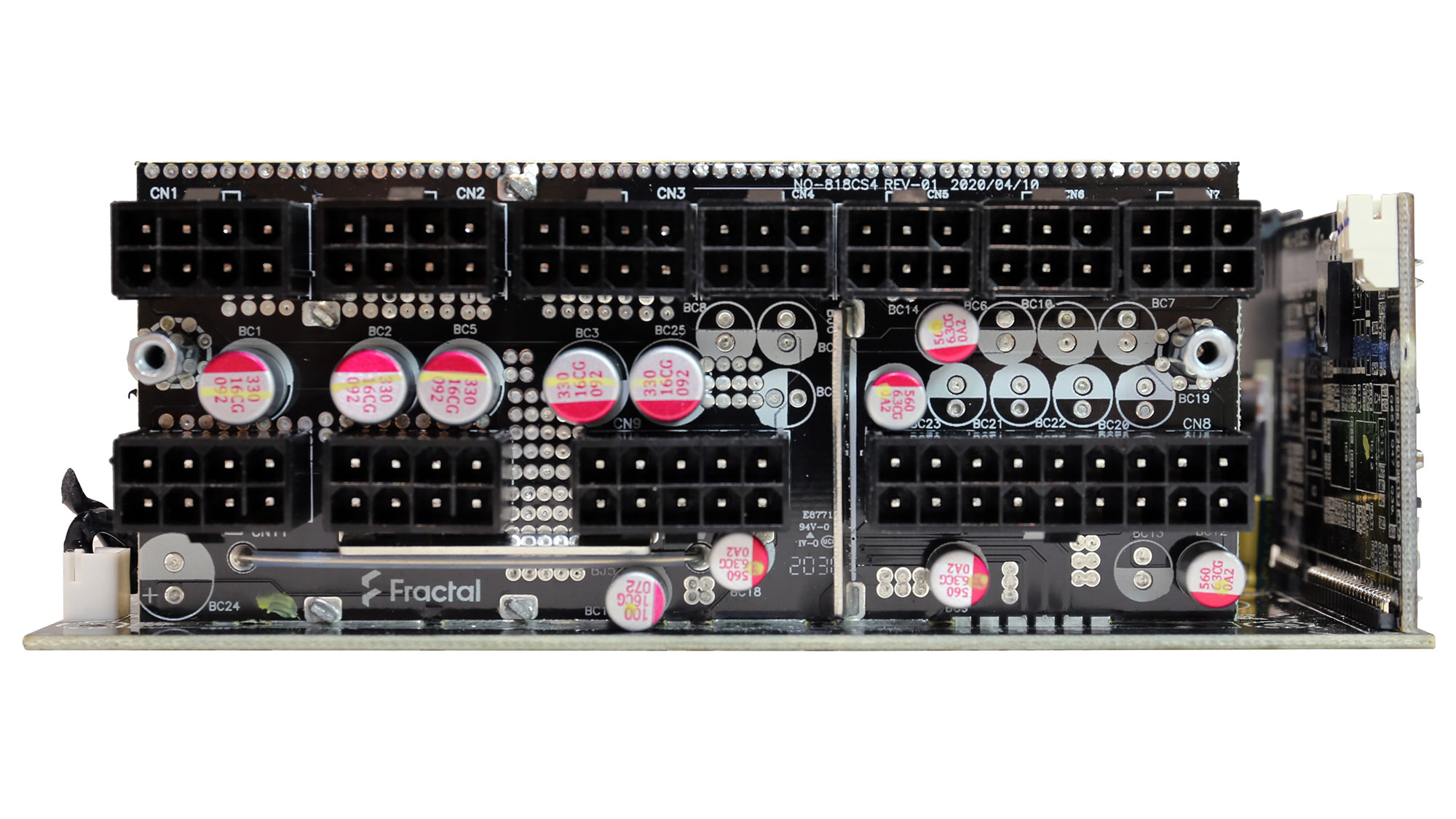
Modular board front
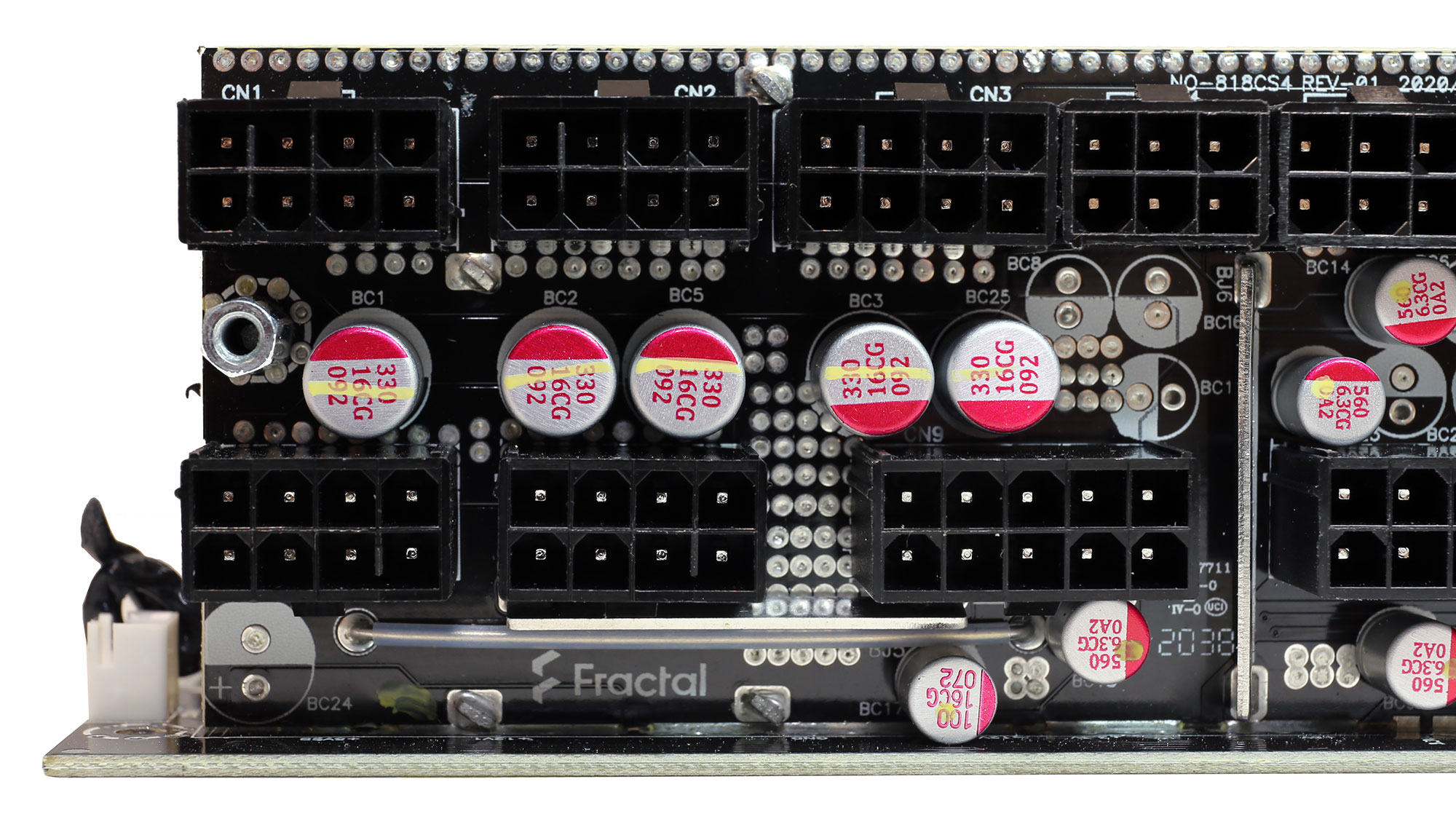

Several Teapo polymer caps are installed on the modular board. As you will notice by the corresponding photos, there is room for way more, but this would further increase the cost without offering notable gains in ripple suppression.
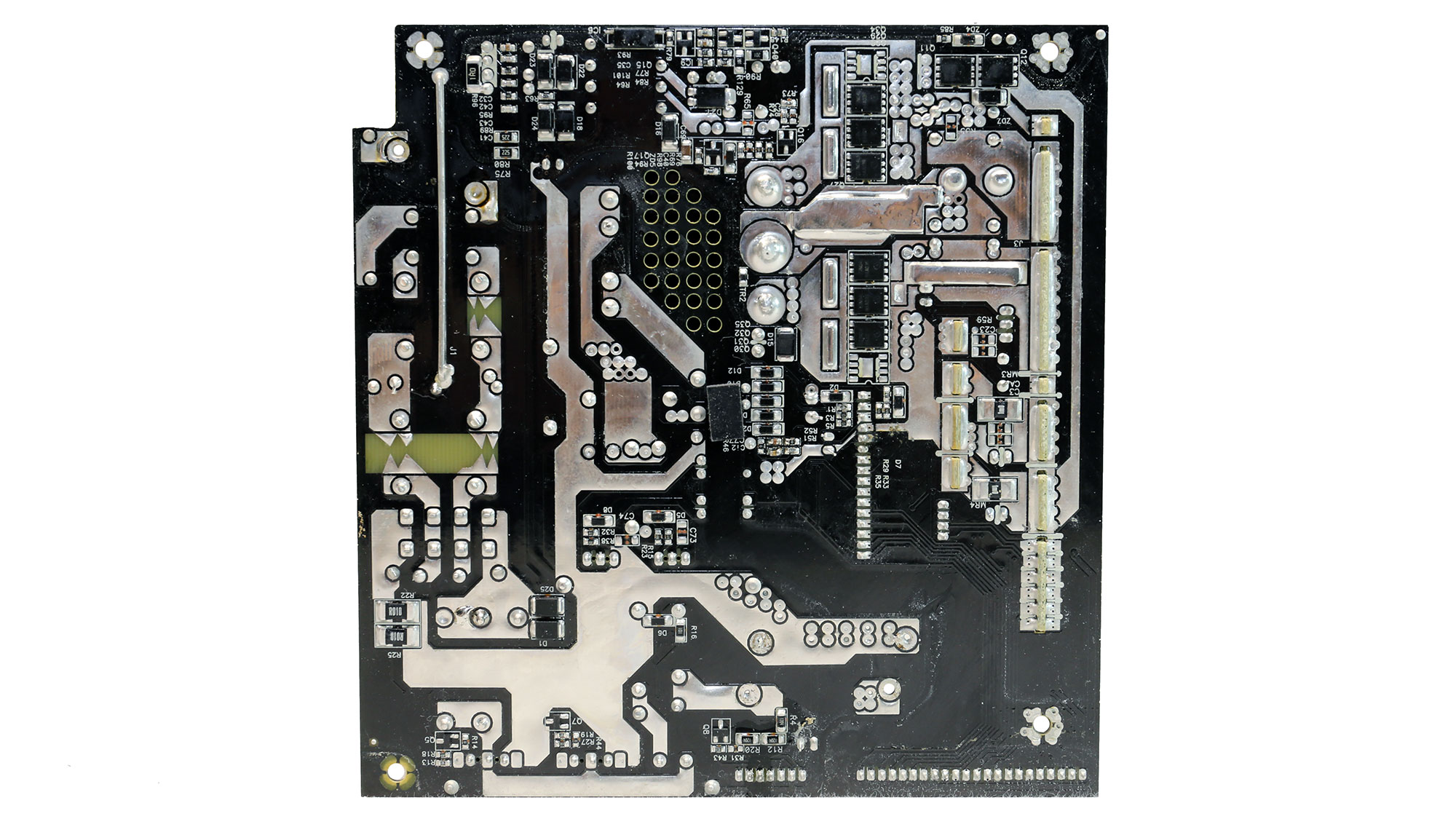
Soldering quality
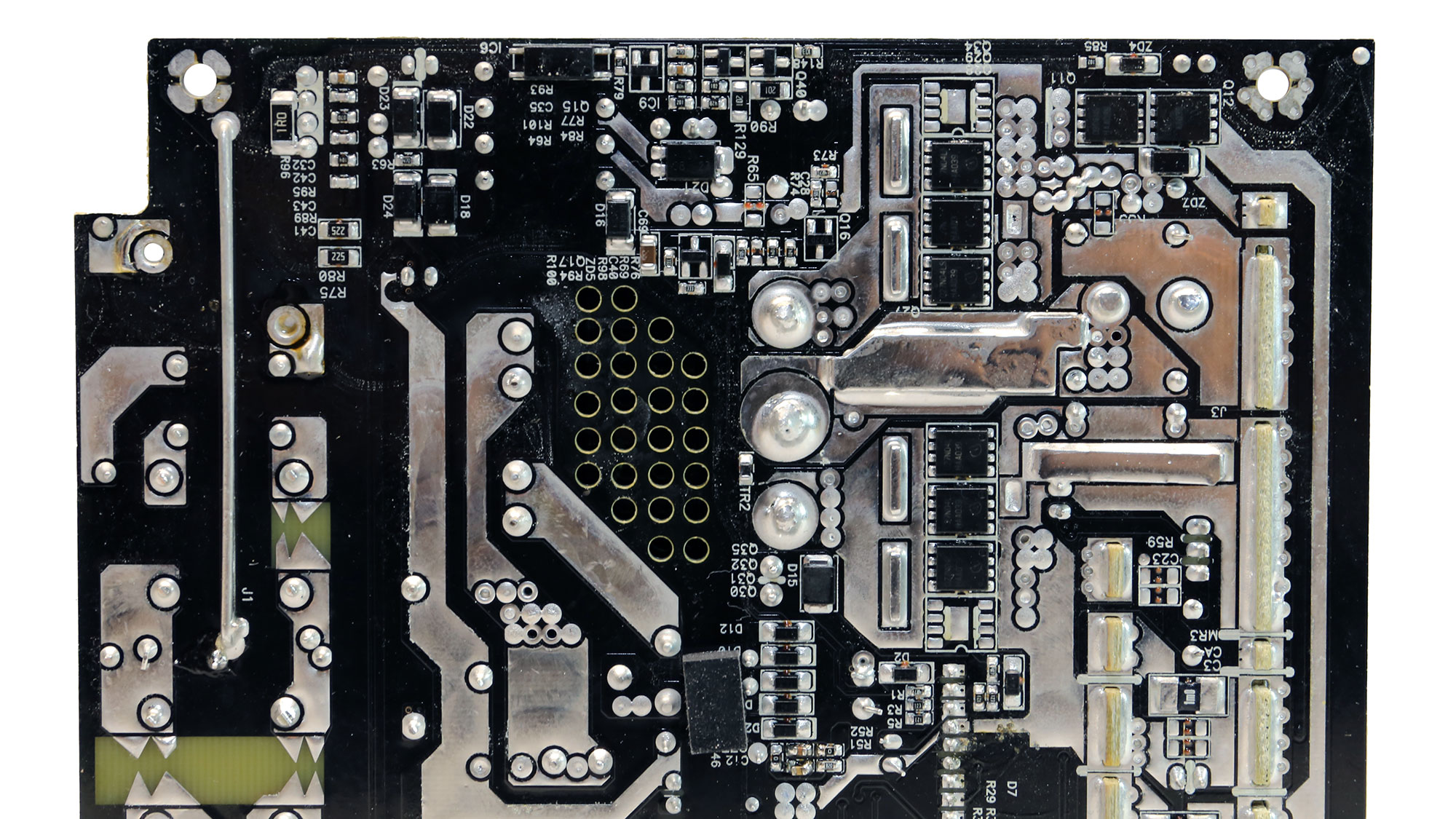
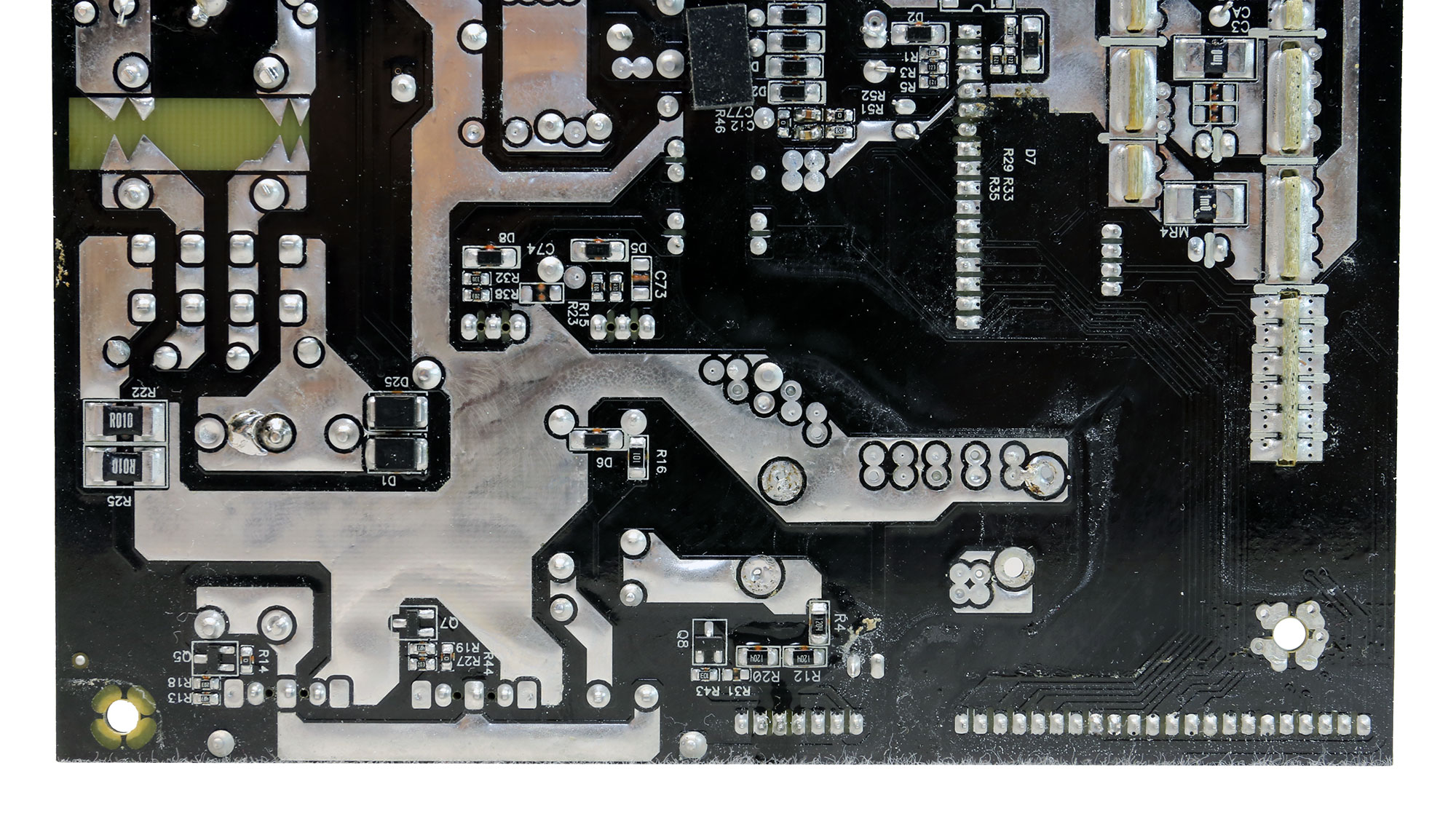
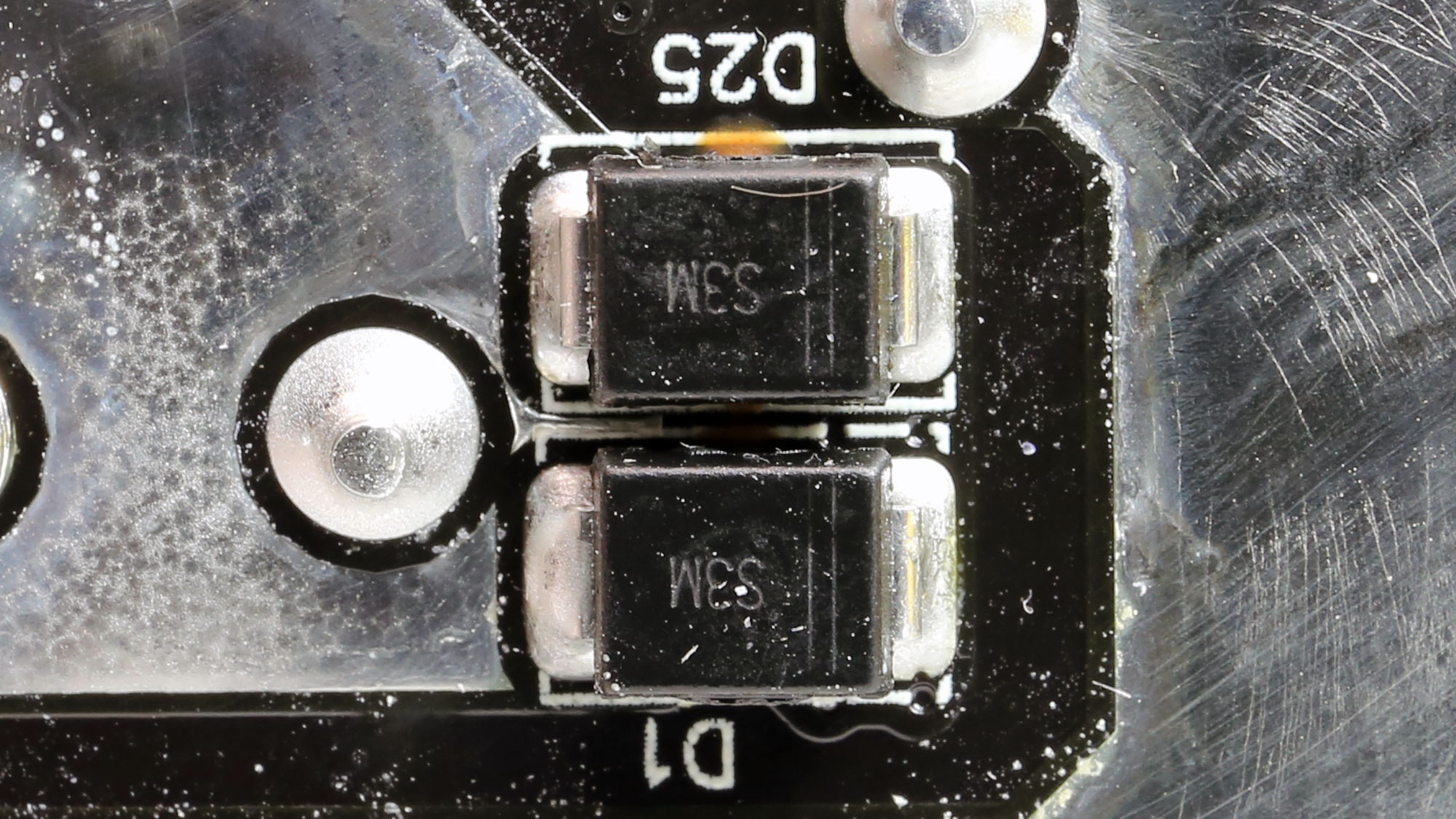
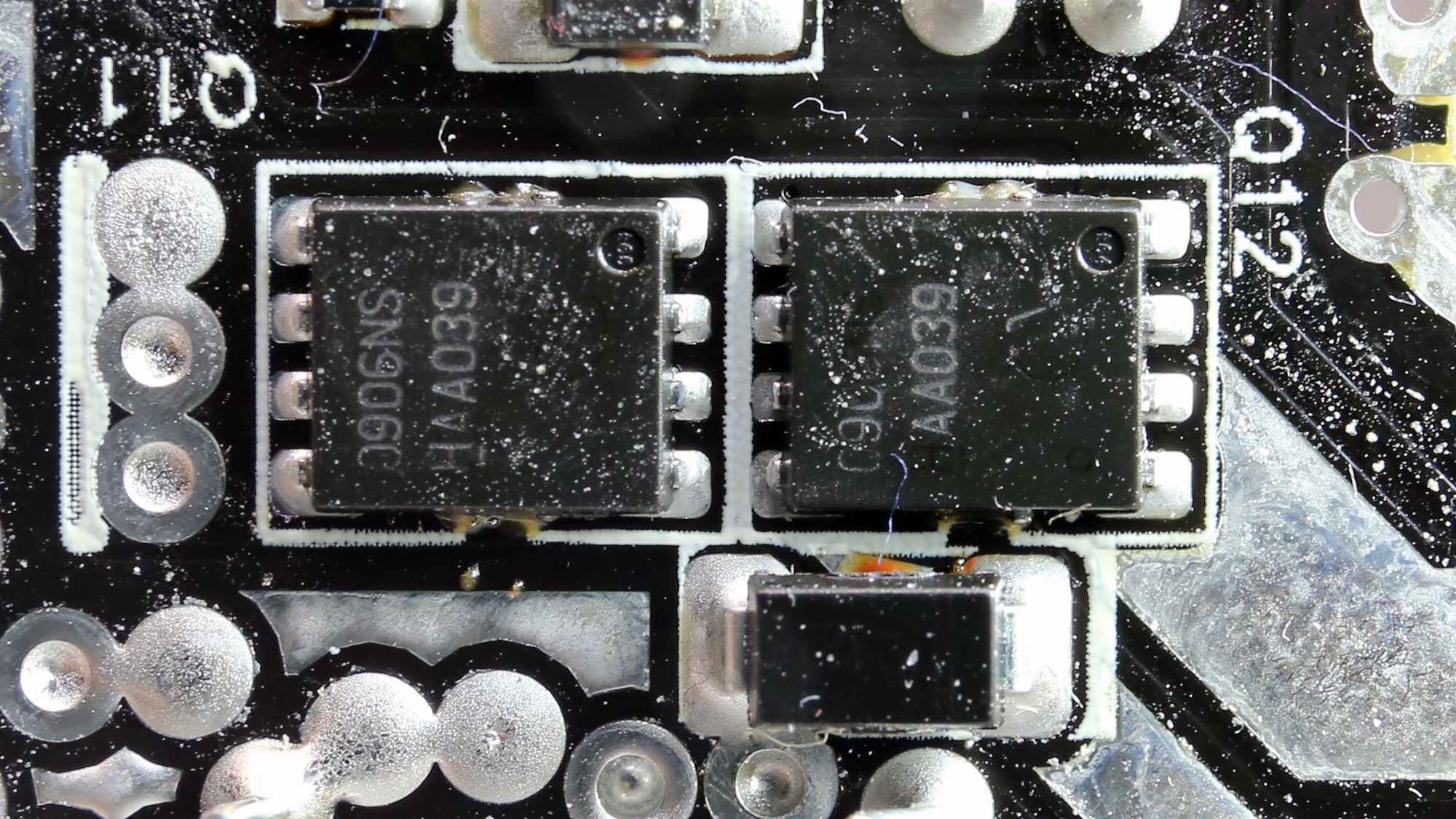
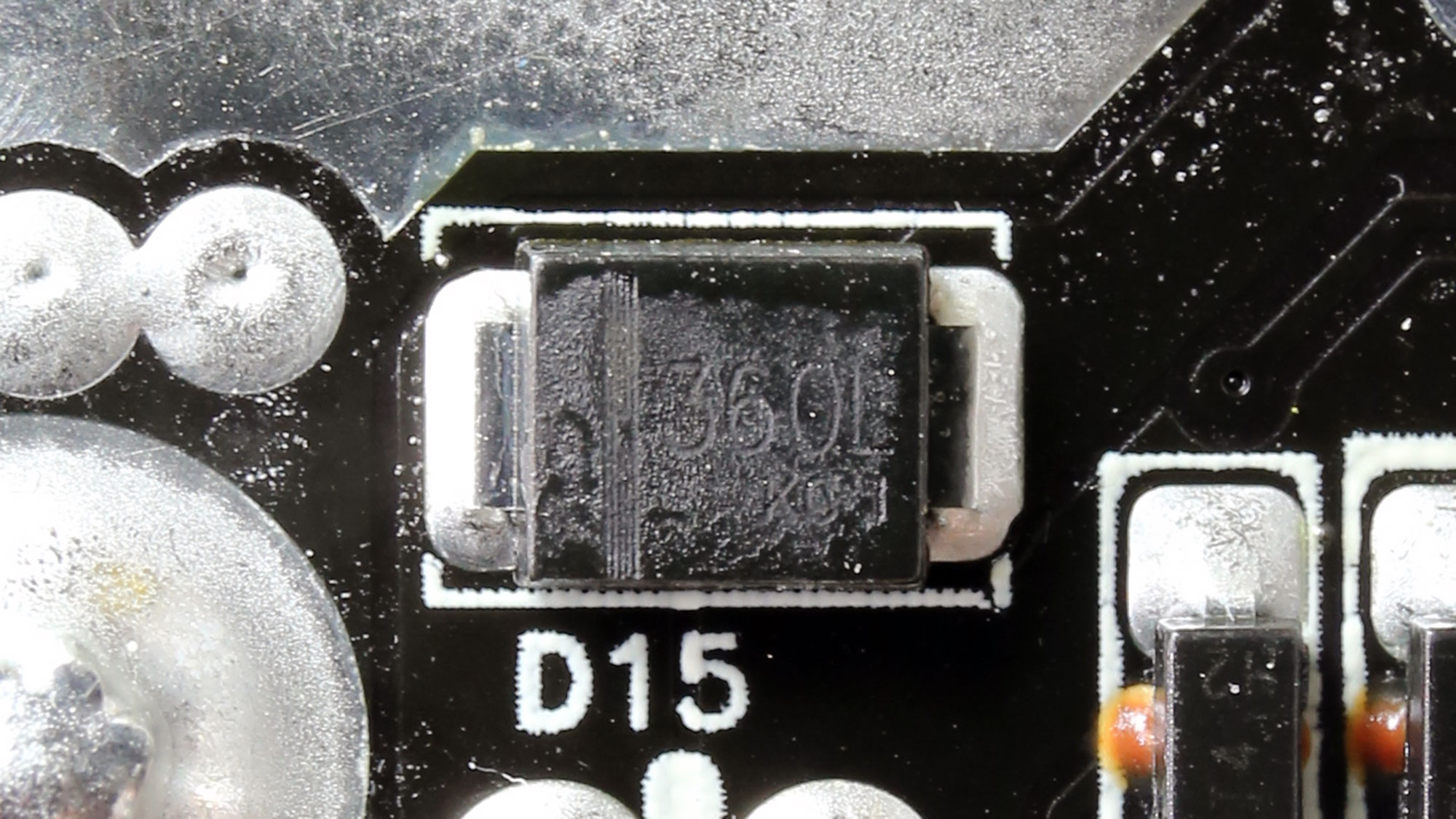
Soldering quality is strong, with no noticeable loose parts or misalignment.
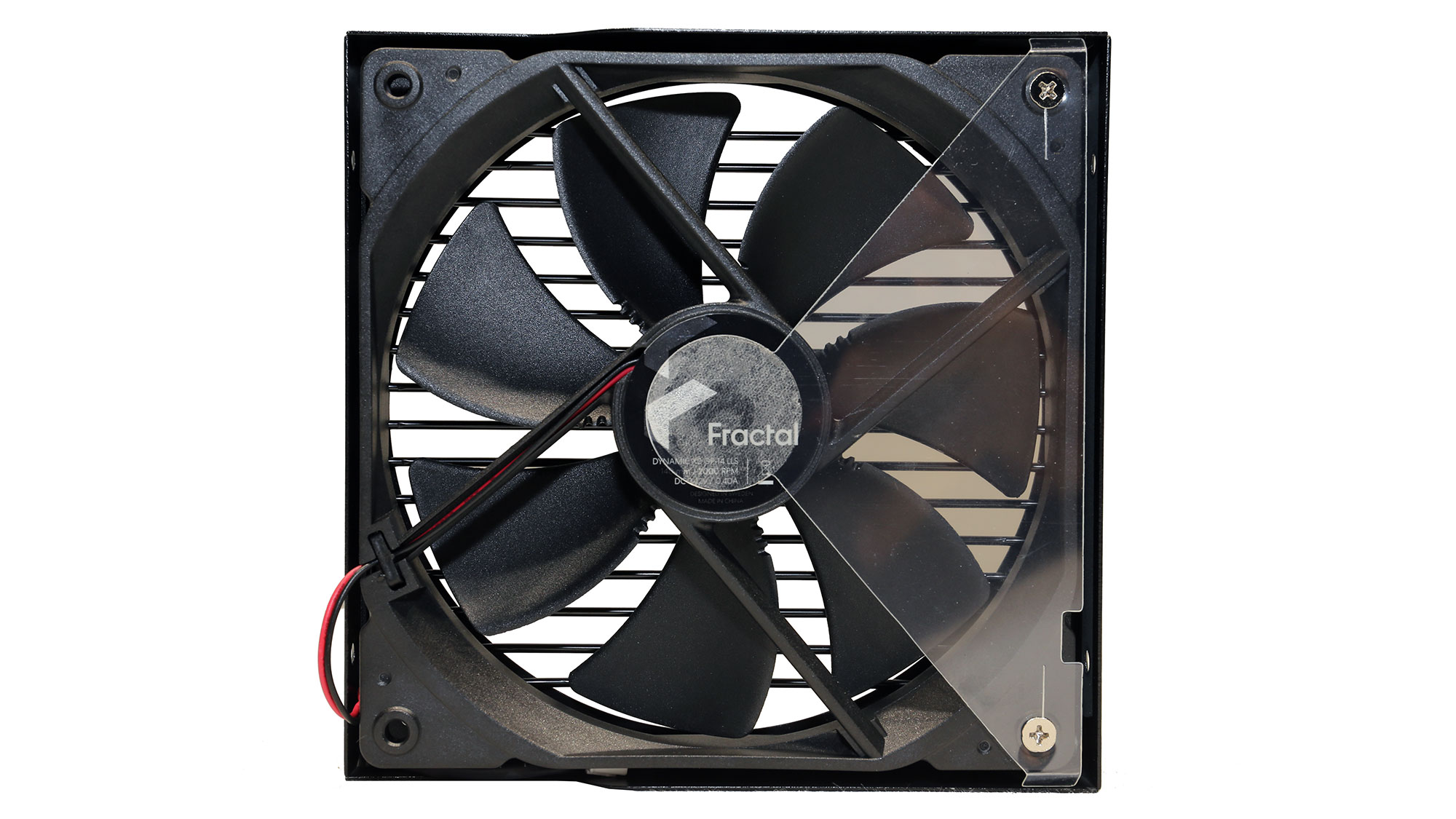
Cooling fan
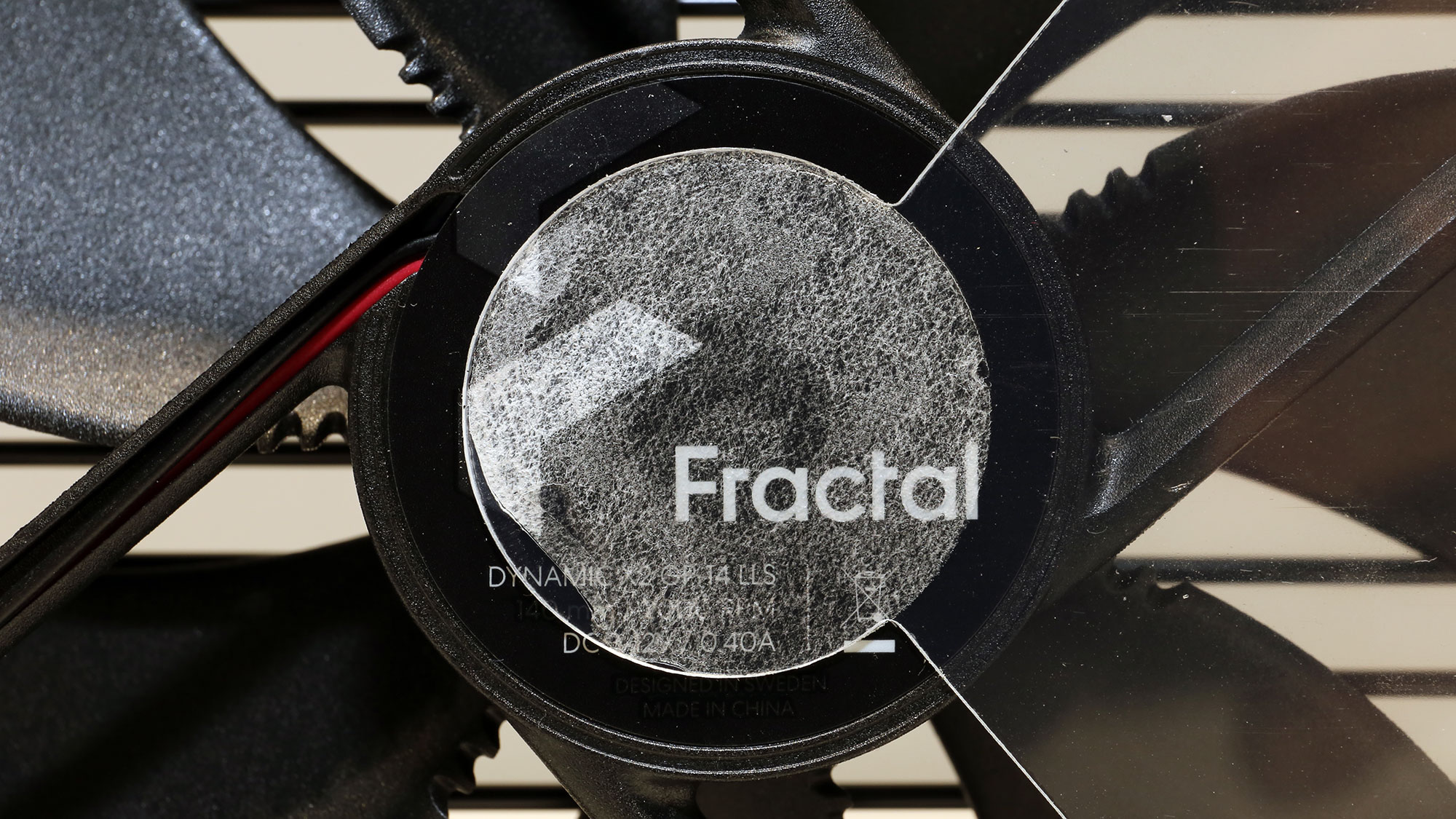
The cooling fan has sufficient specifications, and if it uses a quality rifle bearing, it should manage to outlive the Ion Gold 850W's seven-year warranty.
MORE: Best Power Supplies
MORE: How We Test Power Supplies
MORE: All Power Supply Content
Current page: Specifications and Part Analysis
Next Page Load Regulation, Hold-Up Time, Inrush & Leakage Current, Efficiency and Noise
Aris Mpitziopoulos is a contributing editor at Tom's Hardware, covering PSUs.